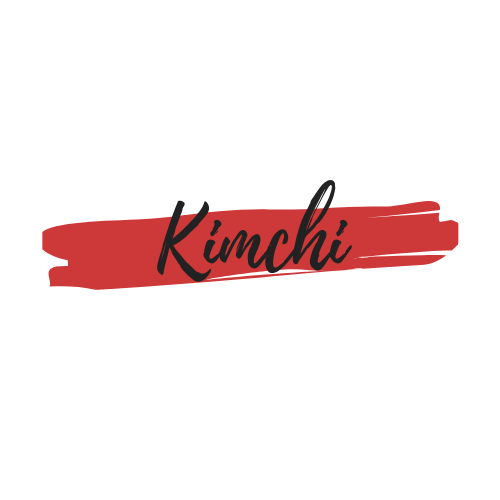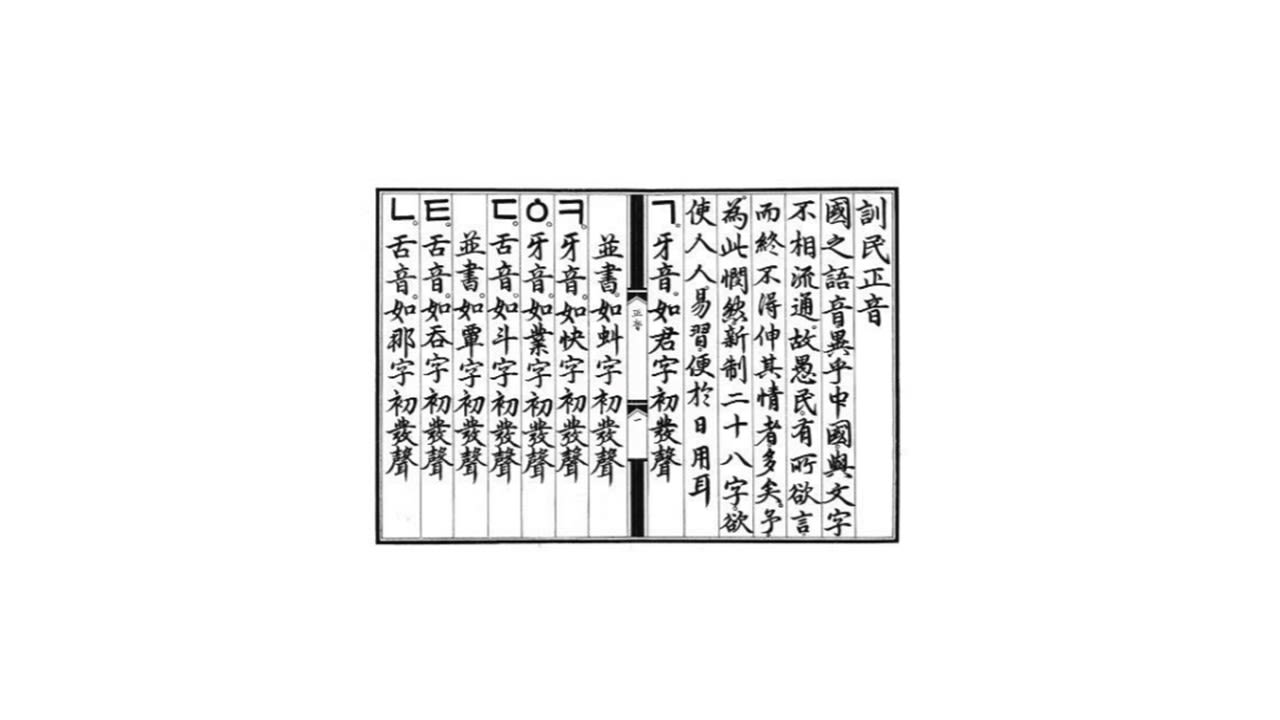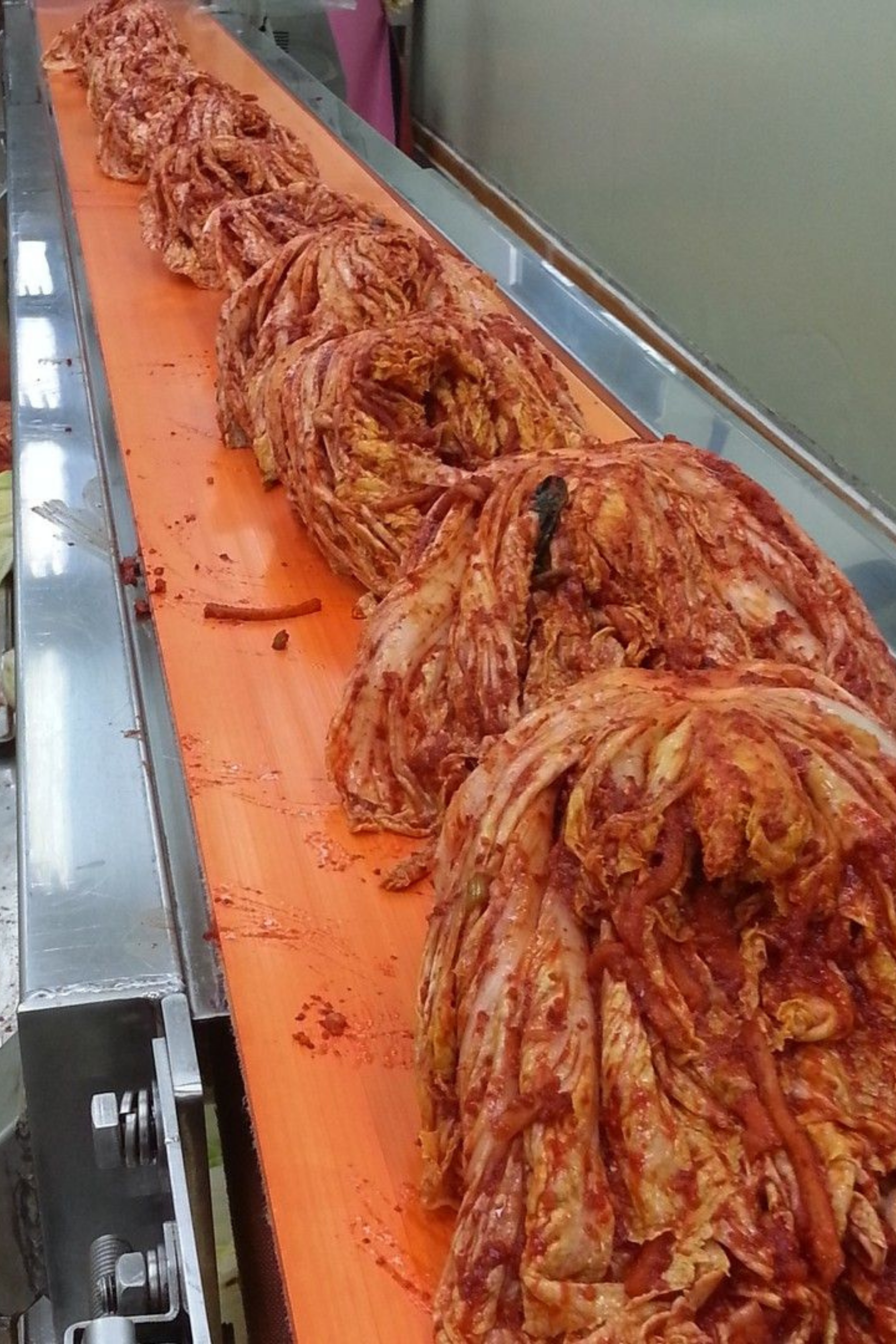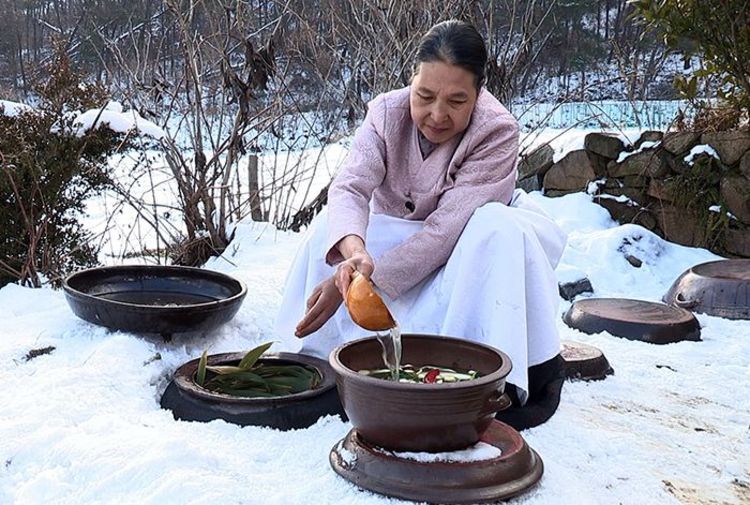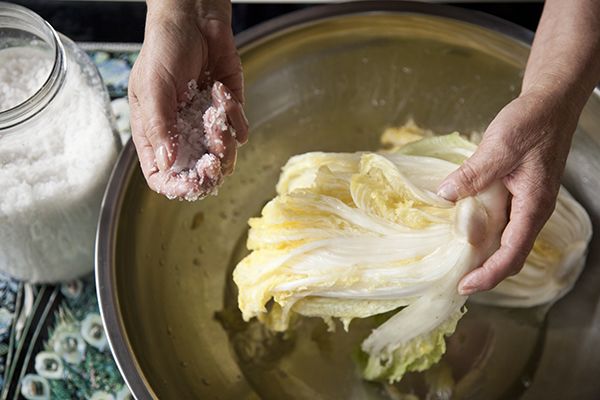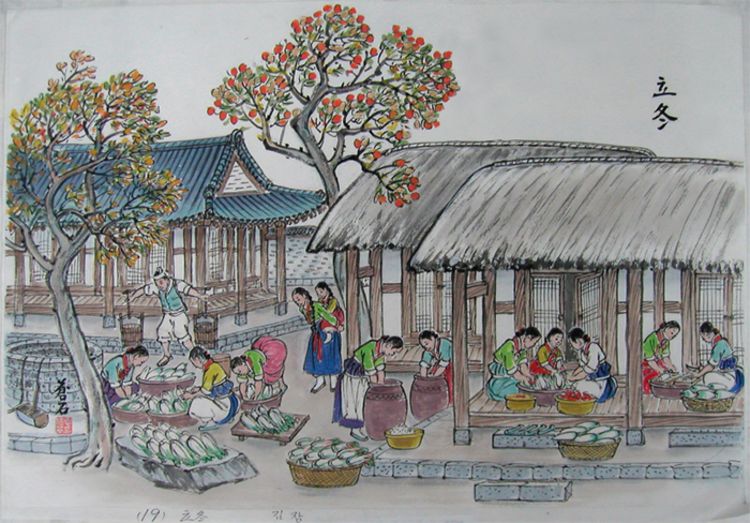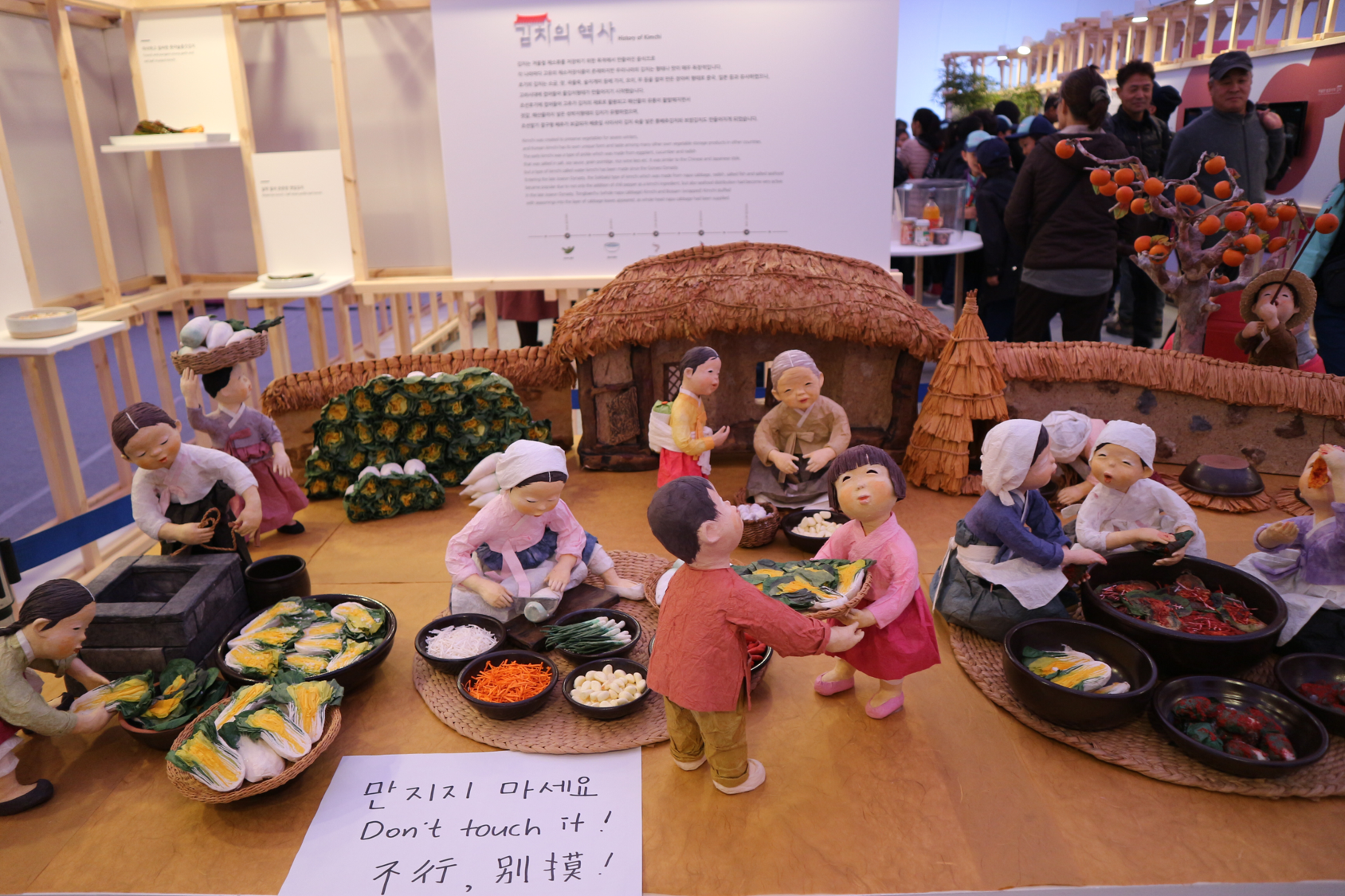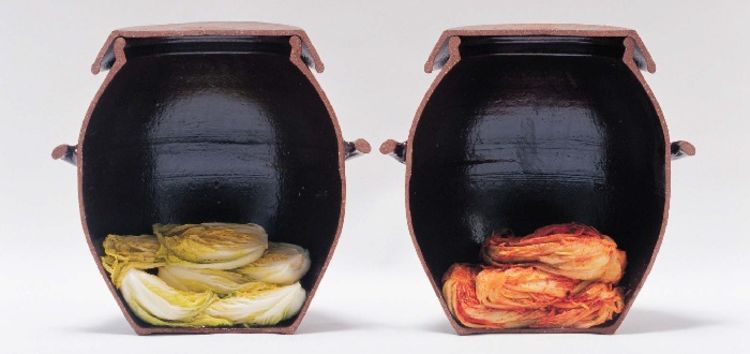Scientization
of East Asian
Food Practices
A Case Study of Kimchi in Korea
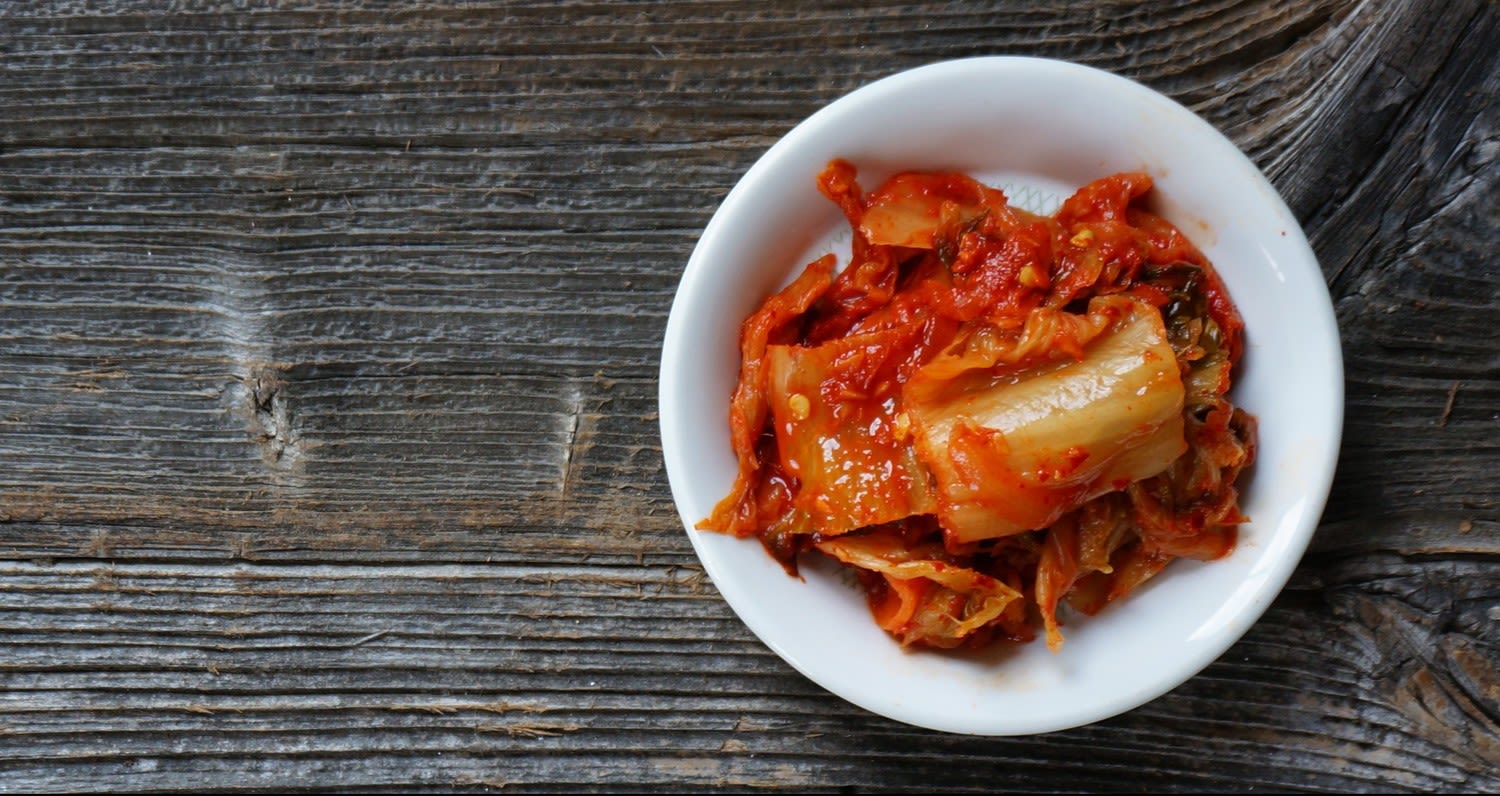
Origins and Etymology

Typhoons in South Korea, 2020.
Typhoons in South Korea, 2020.
In 2020, a number of typhoons gripped South Korea over the summer, causing the prices of cabbages to increase by more than 60 percent. The significance of the price hike? Cabbage is a core ingredient in making kimchi, one of South Korea’s most well-loved dishes. This has caused some frenzy amongst Koreans who usually season cabbages with spices during this time of the year, before leaving the vegetables to ferment for months, a process known as kimjang.
The Straits Times quoted Jung Mi-ae, a Korean mother, as saying “Cabbage prices are going nuts… I had to rub my eyes to see the price tag again because it didn't make any sense.” Despite the shortage (and skyrocketing price) of cabbages to make kimchi, Koreans still stress on the importance of this dish. The same article interviews Lee Neung-hwa, a housewife, who says, “kimjang must go on.”
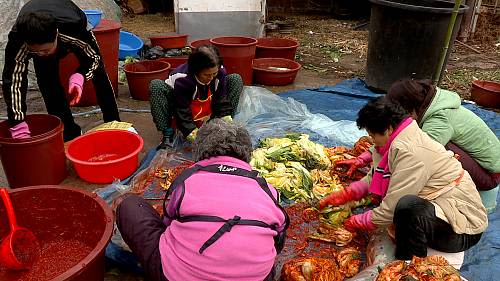
The process of kimjang
The process of kimjang
It is evident that kimchi is dear to many South Koreans and occupies a prominent place on their dining tables. But how did this dish come about? What are its origins? What is the significance of this humble dish over the longue duree? Our Shorthand project aims to answer these questions and along the way, teach you a thing or two about making kimchi too!
Despite being Korea’s national dish, the origins of kimchi remain debatable. Some scholars like Jo trace the history of kimchi to the Three Kingdoms Period (57 Before Common Era (BCE) to 668 Common Era (CE)), as documented by both Chinese historical texts like The Records of the Three Kingdoms and its Korean equivalent, Samguksagi (Jo 2008, 9). On the other hand, Bae and Lee claim that gochu (red pepper), a key ingredient in making kimchi, was introduced during the Japanese invasion of Korea in 1592 (this period is referred to as Imjinwaeran). By implication, since there was no gochu in Korea before 1592, the history of the kimchi eaten with gochu only began after the Imjinwaeran. There are also some quarters, especially on popular media, who believe that kimchi was invented within the last hundred years.
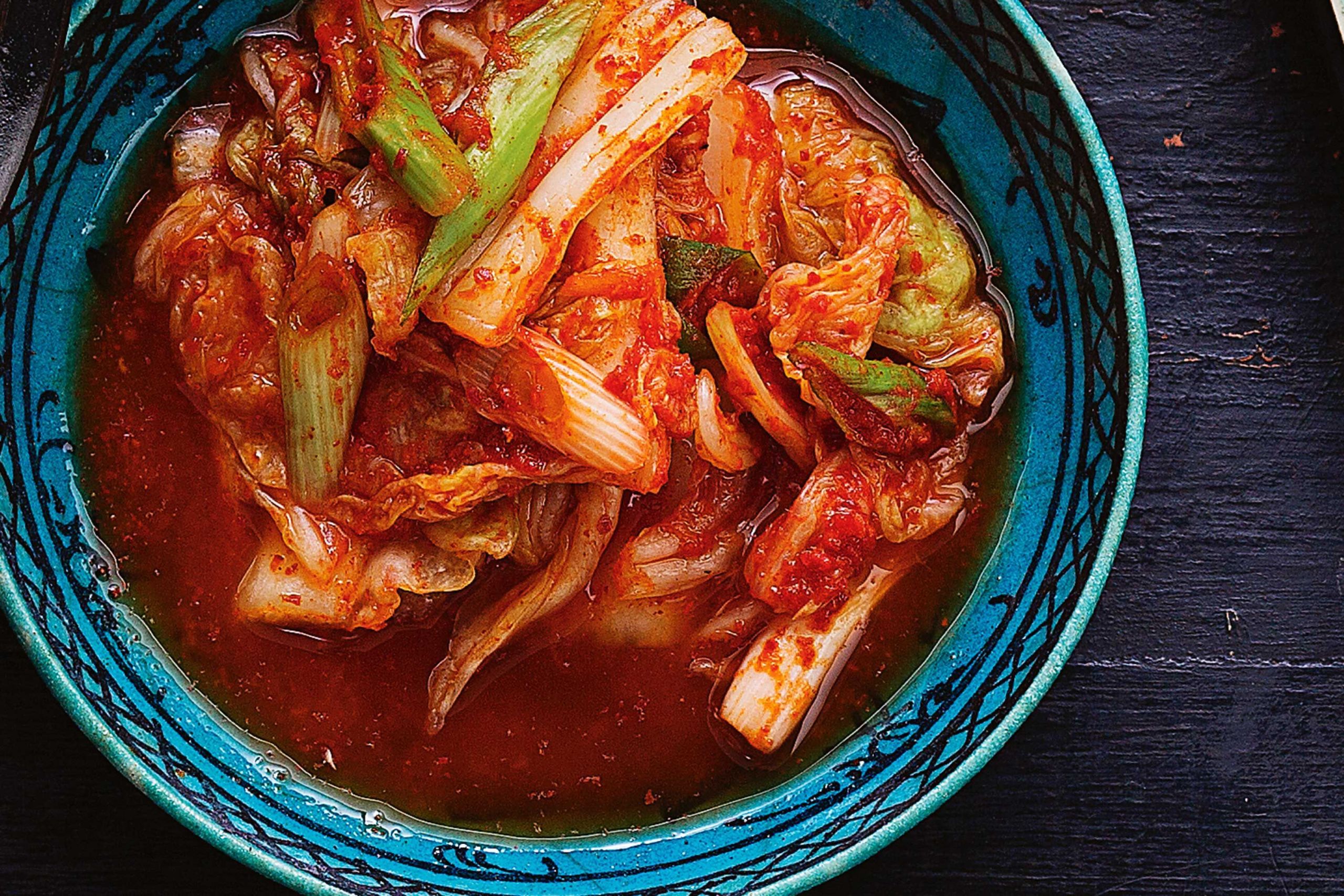
A central question with respect to the origin of kimchi, as discussed above, is whether gochu existed in Korea prior to the Imjinwaeran. The Records of the Three Kingdoms confirms the existence of gochu on the Korean peninsula 2,000 years ago in the Book of Wei. Moreover, the Samguksagi writes that gochu was cultivated on Chodo island, showing that there has been a demand for gochu since an early period, even before Korea’s written language occurred.
Early documents show that the gochu harvesting season occurred in August in the lunar calendar. For the event to be recorded in the calendar illustrates that gochu harvesting was a precise affair to the Koreans. Thus, some scholars infer that kimchi was made by fermenting vegetables with gochu during this period.
Other written texts take the history of kimchi to an even longer period. For instance, the Sikyung notes that kimchi was invented around 4,000 years ago. While scholars are unsure whether jeo (菹), as written in the Sikyung refers to Korea's fermented kimchi, they argue that since kimchi is the only food in Korea that ferments vegetables like cabbage, jeo refers to kimchi.
Another central debate on kimchi is whether the initial dish was made with cabbage or radish. With over 336 varieties of kimchi, there are fierce debates of which version is the original one.
Notable sources like the World Institute of Kimchi claim that radish was the main ingredient of kimchi until between 1870 and 1900, where farmers successfully grew plump, head-type cabbages with many leaves – the same crop used to make kimchi today.
However, early literature shows that cabbage was the main ingredient. The Samguksagi contains a merciless description of killing people: “I want to tear a person limb from limb like the way we tear kimchi”. Today, Koreans still use their hands to tear apart kimchi made of whole cabbages. This description of tearing a person the same way as one would tear kimchi leads scholars to conclude that the kimchi in Korea’s Three Kingdoms period was made of cabbage.
Kimchi developed due to Korea’s geographical needs. Food storage options were very limited due to the long and cold winters in Korea. Therefore, the process of kimjang could yield lots of kimchi – a good source of protein, vitamins, and nutrients during winter. As kimjang had to be done rapidly in a short span of time before winter, it is a communal affair where families and villages come together to help each other. Farmers during the ancient times found that gochu deters the growth of harmful microorganisms and promotes the growth of useful ones such as lactic acid bacteria. Henceforth, they used gochu in the fermentation process of kimchi.
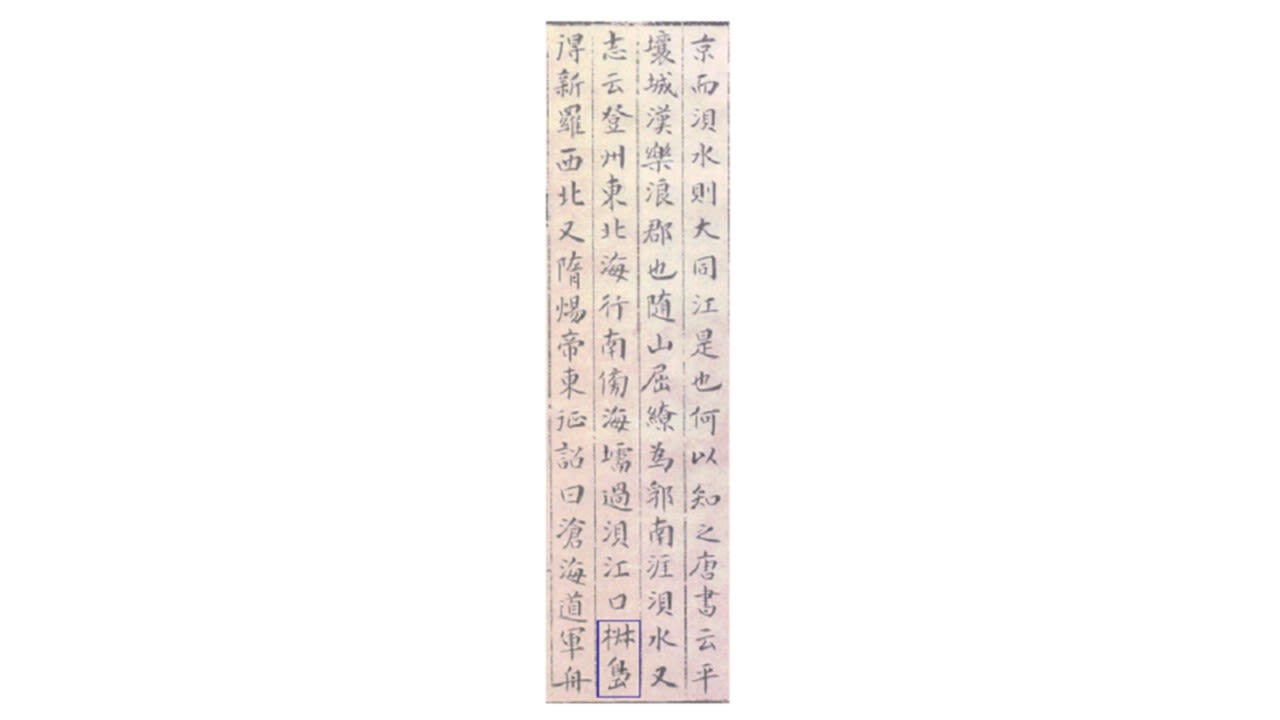
The island of Chodo (boxed) is mentioned in Samguksagi.
The island of Chodo (boxed) is mentioned in Samguksagi.

The harvest season of gochu, which happens every August in the lunar calendar, has been written about in the Sasichanyocho.
The harvest season of gochu, which happens every August in the lunar calendar, has been written about in the Sasichanyocho.
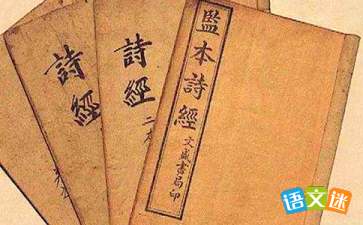
The Sikyung, or 詩經, although written in Chinese, mentions the existence of jeo (菹) in South Korea 4,000 years ago.
The Sikyung, or 詩經, although written in Chinese, mentions the existence of jeo (菹) in South Korea 4,000 years ago.
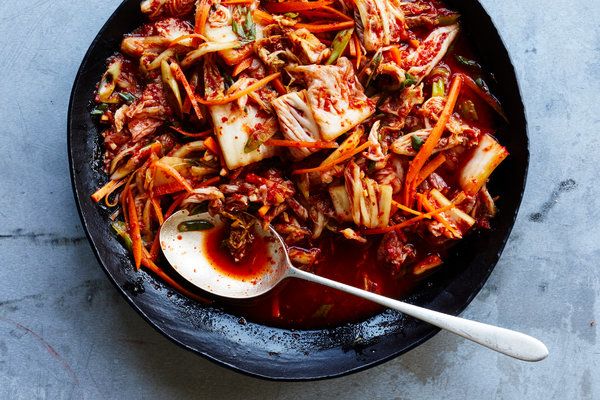
Will the real kimchi please stand up?
Will the real kimchi please stand up?
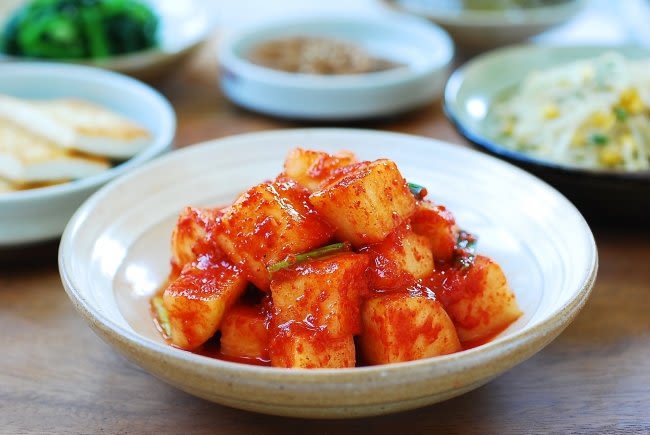
Some sources have argued that the original ingredient in kimchi was radish.
Some sources have argued that the original ingredient in kimchi was radish.
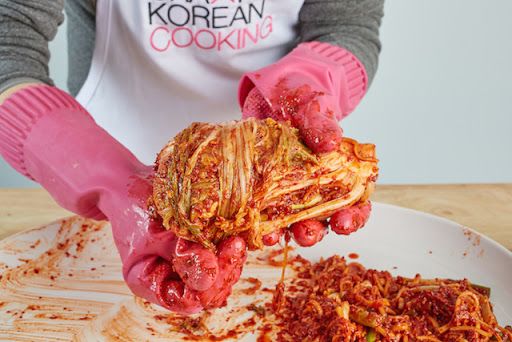
Tearing apart kimchi using one's hands is still used in Korea today.
Tearing apart kimchi using one's hands is still used in Korea today.

The kimjang process brings families and neighbours together.
The kimjang process brings families and neighbours together.
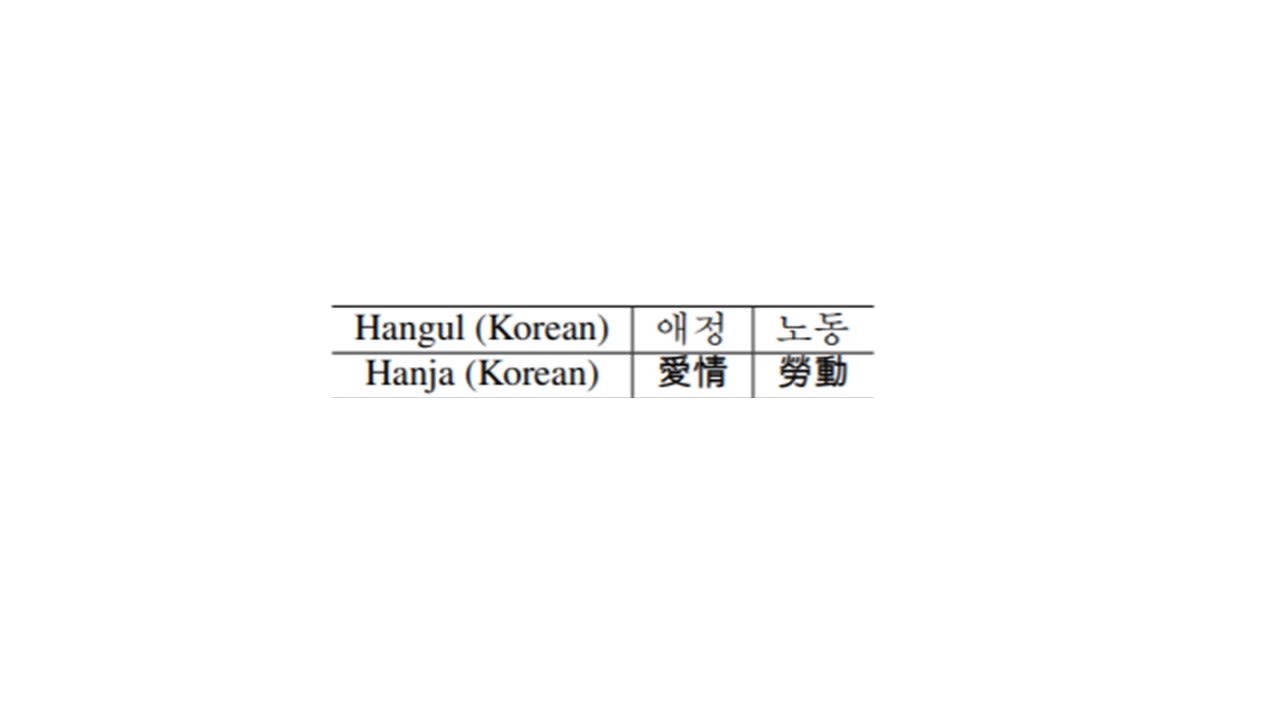
A comparison between hangul and hanja, two written scripts in the Korean language.
A comparison between hangul and hanja, two written scripts in the Korean language.
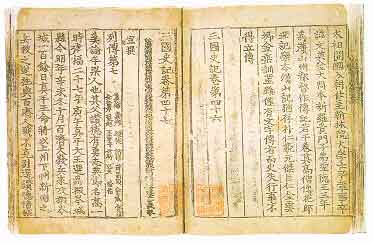
The Samguksagi, a book written in 12th century CE.
The Samguksagi, a book written in 12th century CE.

Sounds of the hangul. Hangul is phonographic, i.e. written characters represent speech sounds.
Sounds of the hangul. Hangul is phonographic, i.e. written characters represent speech sounds.
In tracing the etymology of the word kimchi, it is worth noting how the Korean script and language evolved. The Korean writing system has two types of characters – hanja and hangul. Hanja, a logographic writing system (i.e. characters directly represent morphemes or basic units in meaning), has its roots in Chinese writing, which has been in Korea for over 2,000 years. Prior to hanja, Korean was verbal. Therefore, Koreans borrowed hanja letters that expressed the meaning of the word they sought to write.
However, in the 15th century CE, King Sejong, the 4th ruler of the Choson Dynasty, invented hangul, originally comprising 28 letters. Hangul was primarily aimed, in King Sejoing’s words, at the “foolish masses” who did not know how to read hanja, the written script of the “scholarly elites”, or Yangban intellectuals. Hangul is an example of a phonogram where graphemes (written characters) represent phonemes or a combination of phonemes (speech sounds).
These speech sounds sought to correct the pronunciation of hanja; King Sejong introduced hangul to the Korean people as hunmin chongum “correct sounds for instructing the people”. The introduction of hunmin chongum coincided with the rise of the Ming Dynasty in China, resulting in a different style of pronouncing Chinese characters. Hence, there was a need to adjust the Korean pronunciations of Chinese, the common written language in East Asia, to the new standard pronunciation. The hangul writing system helped to standardise and express the Korean pronunciation of Chinese characters of hanja. Yet, as Kim notes, hanja remained integral to the Korean culture till the end of the 19th century CE because it was used to express “Koreans' thoughts and feelings that it affected their intellectual and cultural lives even after the appearance of hangul, their own alphabet system.”
Korean documents show that kimchi was called dimchae (딤채), timchae (팀채) and dihi (디히). The original word for kimchi in hanja was jeo (저, 菹), as evidenced in the Sikyung. Scholars disagree over the origins of the word. For instance, Lee interprets the jeo (菹) in Hunmongjahoe as dimchae (딤채), which came from the pronunciation of chimchae (沈菜). This supports his claim that kimchi ultimately came from chimchae, something which is also attested to in modern dictionaries.
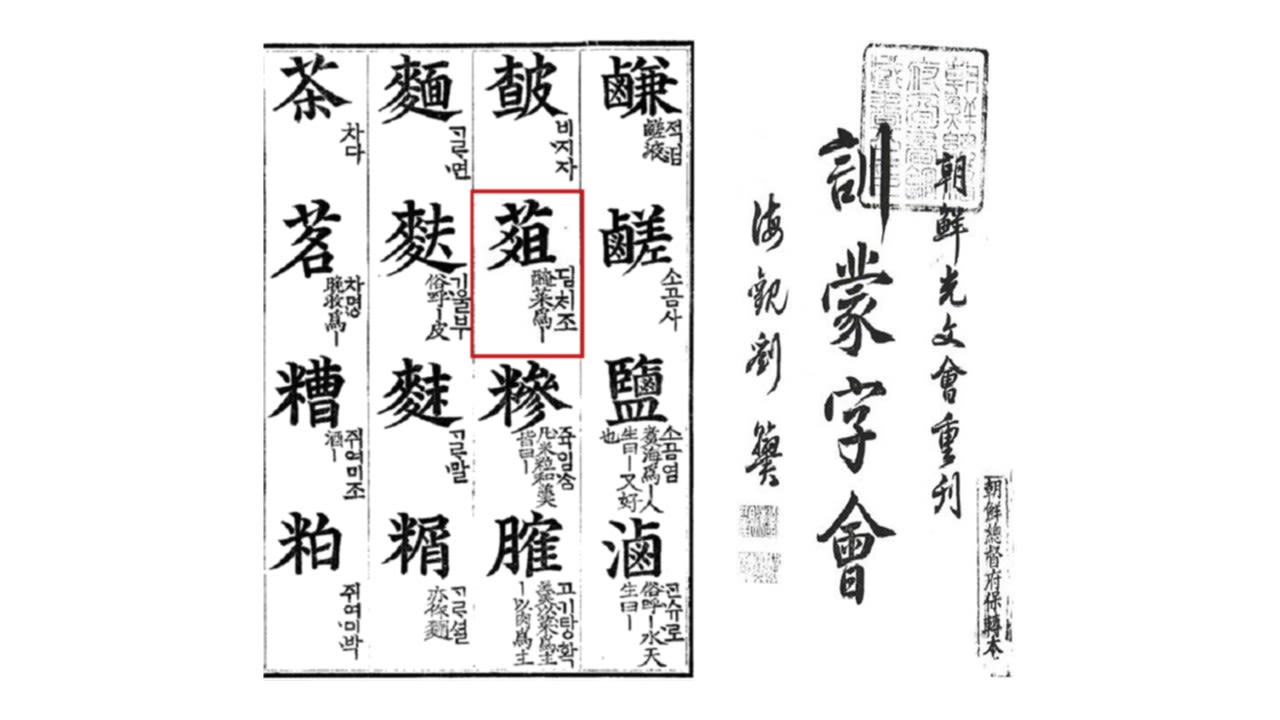
The Hunmongjahoe, a book on hanja written in 1527. Jeo (菹) representing kimchi was clearly written with its pronunciation (dimchae, 딤채).
The Hunmongjahoe, a book on hanja written in 1527. Jeo (菹) representing kimchi was clearly written with its pronunciation (dimchae, 딤채).
However, scholars like Yang et al. counter this view, saying there is no evidence supporting the claim that dimchae derives from chimchae. On the contrary, they show, in their article, that dimchae came before chimchae. Besides, they reason that because kimchi had been eaten for thousands of years, even before hanja and hangul was invented, it would be illogical for people who did not know hanja to come up with a hanja term based on chimchae (沈菜).
Another possible explanation for the etymology of kimchi, as explained by Park (Park 2007, 36–37) and Yang et al., is that dimchae (딤채) or timchae (팀채) developed into jimchae (짐채) and jimchi (짐치) through palatalization and monophthongization (i.e. vowel shortening), eventually become kimchi (김치) through false regression.
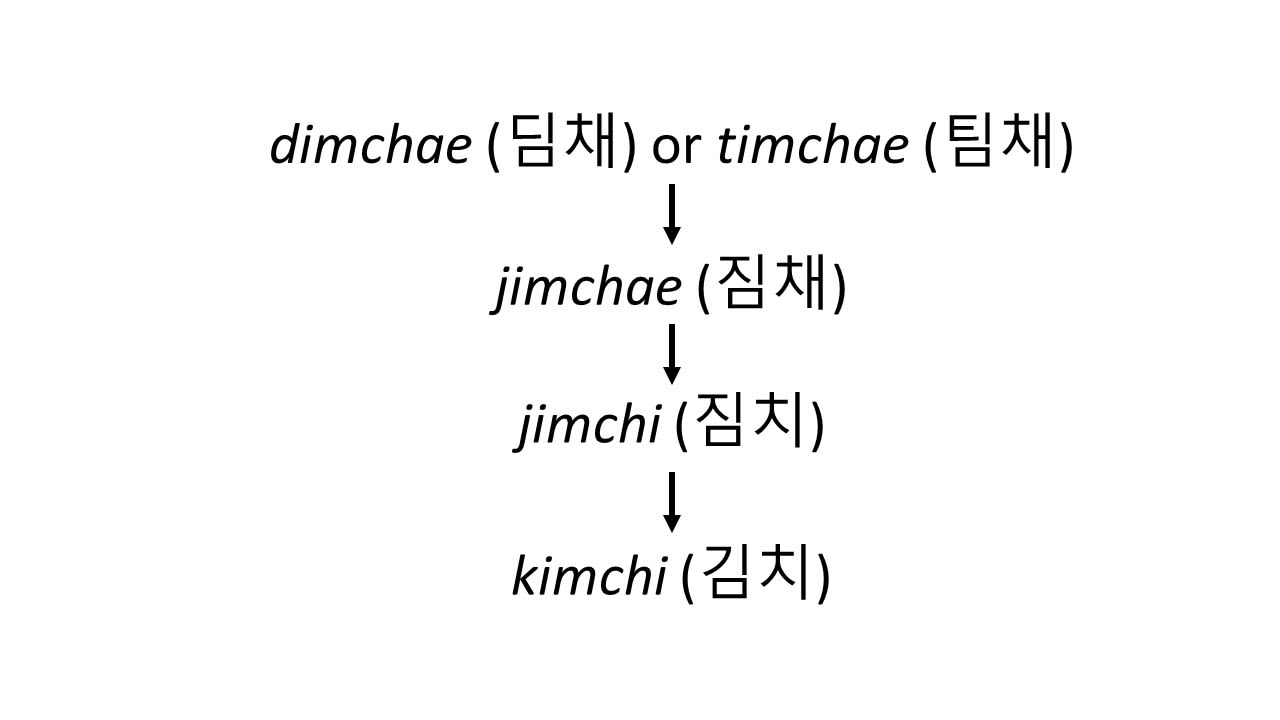
The etymology of kimchi, as argued by Park and Yang et al.
The etymology of kimchi, as argued by Park and Yang et al.
Kimchi was known as dimchae (딤채) or timchae (팀채) in the Kanibuckonbang, a book published towards the end of the 16th century and written in hangul.
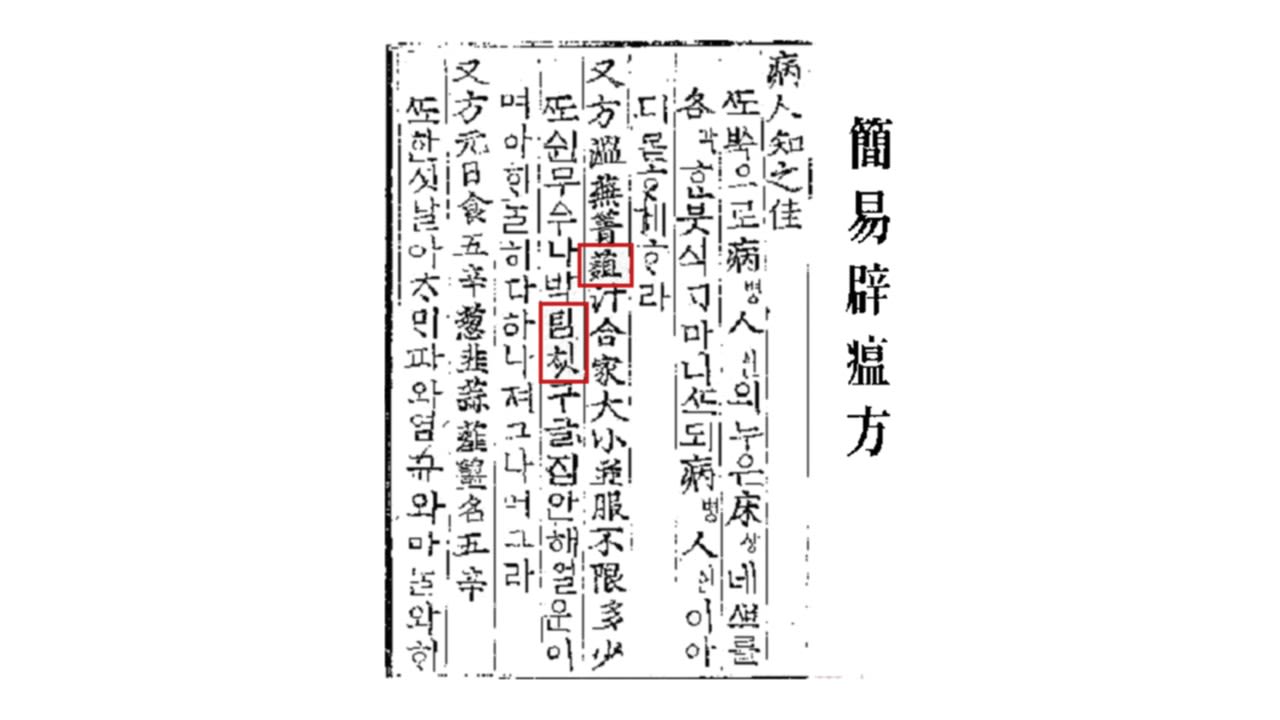
The Kanibuckonbang, written in 1578 in hangul, shows timchae (팀채). The book also referred to kimchi as dimchae (딤채). Cold kimchi juice (菹汁) was used as stomach relief.
The Kanibuckonbang, written in 1578 in hangul, shows timchae (팀채). The book also referred to kimchi as dimchae (딤채). Cold kimchi juice (菹汁) was used as stomach relief.
Some time from the mid-17th century, jimchae (짐채) appeared. The earliest written attestation of the word was in the book Duchang-kyonghombang. Dimchae (딤채) became jimchae (짐채) due to the process of palatalization. Palatalization is a phonological process (or rules used to simplify the pronunciation of words); in palatalization, consonants can shift their primary place of production (i.e. where the sound is produced at) towards or close to the palate. In this example, the /d/ in dimchae is produced at the alveolar ridge while the /j/ in jimchae is produced at the hard palate. Given that the new word, jimchae is produced at the hard palate, this is a case of palatalization.
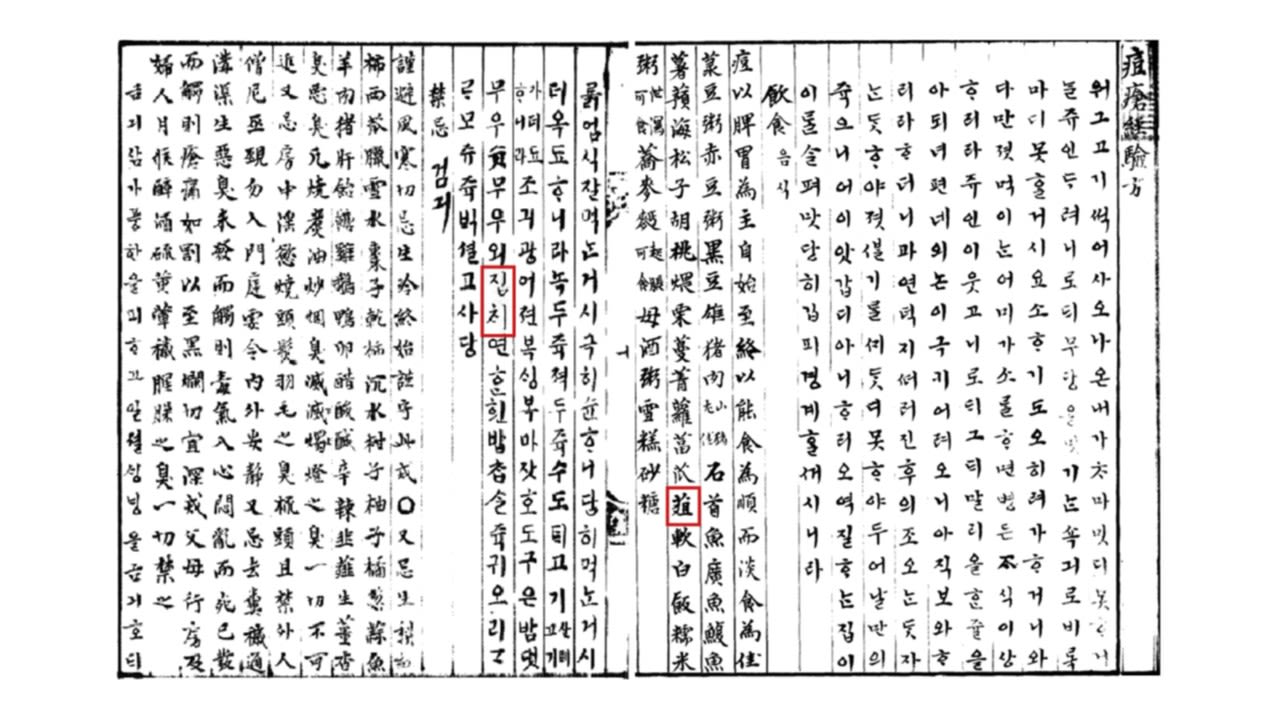
Jimchae (짐채) first appeared in Duchang-kyonghombang, written around 1663.
Jimchae (짐채) first appeared in Duchang-kyonghombang, written around 1663.
/d/ in dimchae is produced at the alveolar ridge, where the tooth touches the tongue. /j/ in jimchae is produced at the hard palate, where the tongue touches the mouth. Since the place where jimchae is articulated at is close to the palatal region, this is palatalization at work!
Subsequently, jimchae [pronounced as jimchΛi] (짐채) underwent monophthongization to become jimchi [pronounced as jim∫chi] (짐치). Monophthongization is the process of changing a diphthong to a monophthong in a spoken utterance. A diphthong happens when a vowel makes a new and different sound, especially when it works with another vowel. The word jimchae contains two vowels, “a” and “e”, that work side-by-side to create a different sound, Λi (pronounced like hey). However, in a monophthong, there is just one vowel. Thus, the sole vowel in jimchi is “i” (pronounced like tasty). Putting it altogether, the diphthong (Λi) becomes a monophthong (i) and hence undergoes monophthongization, or vowel shortening.
Finally, according to this view, jimchi (짐치) underwent false regression due to the corrective actions undertaken to change the /j/ in jimchi to /k/, ultimately producing the word kimchi (김치), as seen in the textbook, Ahak Pyeon.
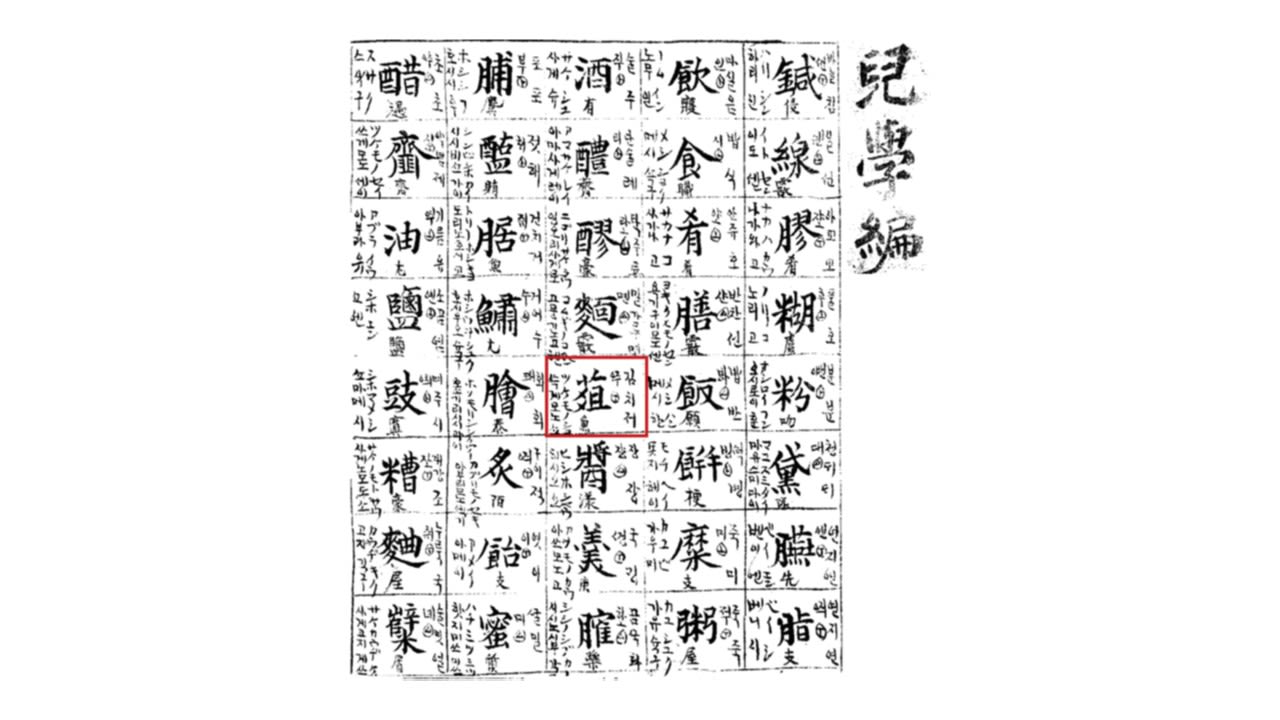
Ahak Pyeon, a textbook written by Jeong Yakyong to teach children during his years of exile in Gangjin (1801–1818). Kimchi is written as its modern form, kimchi (김치).
Ahak Pyeon, a textbook written by Jeong Yakyong to teach children during his years of exile in Gangjin (1801–1818). Kimchi is written as its modern form, kimchi (김치).
Taken together, the original expression for kimchi in hanja (and possibly even in verbal Korean) was jeo (菹). After the creation of hangul, kimchi was written as dimchae (딤채), and timchae (팀채). Yet, because hangul was used by the uneducated populace and women (the elites used hanja instead), the elite Koreans came up with the hanja word chimchae (沈菜) that aimed to capture the meaning (and sound) of dimchae and timchae.
Other scholars like Paek have advocated a variant of Park and Yang et al.’s etymology. Paek also acknowledges that kimchi was known as dihi (디히), dimchae (딤채), and timchae (팀채) in ancient Korean texts. He notes that dihi and its variants (dii, jihi, and ji) coexisted with dimchae and its word line (timchae, jimchae, and kimchi), came from the hanja chimchae 沈菜.
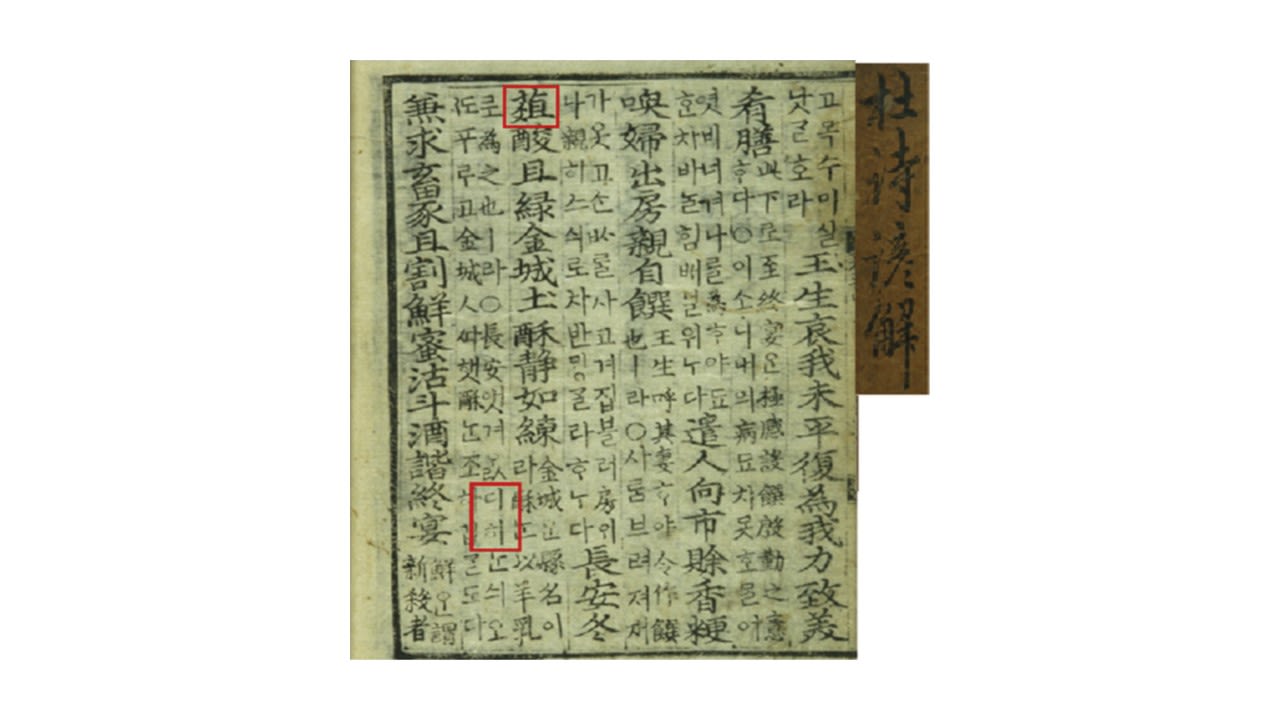
Kimchi (菹) was also written as dihi (디히) in the book Dusi-Eonhe written around the 17th century.
Kimchi (菹) was also written as dihi (디히) in the book Dusi-Eonhe written around the 17th century.
Paek also agrees that it is dimchae rather than chimchae which came from 沈菜. Similar to Park and Yang et al., Paek argues that dimchae changed to jimchae due to palatalization. However, he does not account for the subsequent process of monophthongization. Paek also mentions the role of Yangban intellectuals; they opposed the palatalization from dimchae to jimchae, resulting in the hypercorrection of jimchae to kimchae, which eventually became kimchi. Paek alludes to the importance of Chinese culture in these words, something the other authors downplay. He argues that dimchae reflects the archaic Chinese pronunciation of the hanja 沈菜 while timchae reflects the way 沈菜 was pronounced in the Yuan Dynasty.
In conclusion the origins and etymology of kimchi is one that is hotly disputed. Scholars themselves are divided over when kimchi was invented and the time period whereby gochu and cabbage, two vital ingredients, came to be added to this dish. In analysing the roots of the word kimchi, the situation becomes more complicated due to Korean having two scripts – hanja and hangul – and a verbal Korean language prior to the invention of hanja. This resulted in debates whether kimchi came from dimchae (딤채 and written as jeo, 菹) or chimchae (沈菜) and when these forms appeared. A central theme in this story is one of contentiousness. A humble yet well-loved dish made by fermenting vegetables, red pepper, and other spices has led to numerous scholarly works wrangling over the origins of the dish and etymology of the word. Perhaps, this can be attributed to national pride, a point explored in greater detail in the next part of this website. As Jang et. al note in their article disproving the arguments that kimchi was originally made with radish and that gochu was only brought to Korea in 1592, “...we often encounter much incorrect information on kimchi. Such sophistries are undermining genuine development of Korea's kimchi and kimjang culture...” To the authors, debunking these incorrect arguments on the history and development of the dish would foster the growth of Korea’s food culture and national pride.
Kimchi? Paocai? Kimuchi?
김치? 泡菜? 沈菜キムチ?
Who am I? I am vegetable
Contest and Controversy over kimchi

Why is Kimchi Contentious?
Kimchi: An Invented Tradition?
First coined by historian, Eric Hobsbawn, Invented Traditions are described as a range of customs, practices or even items that is meant to instill values and ideals via repetition, and through association to past historical experience. These practices and customs could also be invented and constructed through formal institutionalization of these values. (Hobsbawn and Ranger, 1983, 1-2). It is observed that these invented traditions tend to occur more frequently and significantly during periods of great social changes.
From this definition, I would argue that the aggressive nature of Korean government in uncovering and protecting “traditional” cultures are inadvertently creating and inventing new traditional practices. The enactment of the Korean Cultural Protection Act could be seen as the Korean state formally instituting cultures and traditions. While it is proposed to protect certain traditional Korean cultures, it inadvertently played the role of “inventing” and cementing certain traditional Korean cultures that were previously not.
The 1962 Korean Cultural Properties Protection Act was created to provide legal protection to four categories of cultural properties. Intangible, tangible, monuments and folk resources. As of 2009, there were 114 nationally designated Important Intangible Cultural Properties (Asakura, 2016, 109).
Since the Korean War in 1953, there have been on-going efforts by the Korean government in re-looking of traditional customs and beliefs that were initially ignored and villified following the effects of modernisation. As such, many traditional folk practices and performances have consequently been “uncovered”, preserved, and designated as intangible cultural properties; even items which were typically reviled as being too superstitious such as shamanic rituals have now been protected with national and local designations (Asakura, 2016, 111).
The Korean government focuses not only on the preservation of its cultural heritage, but also to attain international cultural prestige. Examples include, the National Research Institute of Cultural Heritage, which is affiliated with the Cultural Heritage Administration of Korea, has produced a series of books and videos to introduce the Important Intangible Cultural Properties in Korean and English. Additionally, the Bucheon World Intangible Cultural Heritage Expo, hosted by Bucheon City and supported by the Ministry of Culture, Sports and Tourism, was held in 2008 to 2010 to present intangible cultural properties from Korea and around the World. (Asakura, 2016, 110). At this point it is worth remembering that very few countries around the world have a system of designating and protecting intangible cultural properties.
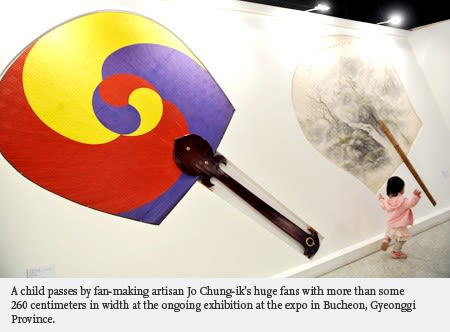
On the other hand, a cultural policy has also been worked out to uncover and protect traditional culture. National strategy has been to create a revitalized traditional culture, to promote culture, and so to generate new forms of cultural heritage (Asakura, 2016, 116).
Lastly, this once again ties in together with Hobsbawn’s argument, where invented traditions tend to occur during periods of great social changes where it is necessary for the country’s administration to draw on these traditions to imbue nationalistic sentiments.
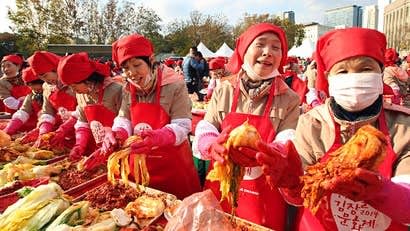
The Korean cultural protection acts coincided with the periods after Korean War, where South Korea's in the 1960s is often characterized as being the start of military dictatorship and rapid economic growth (Kim, 2006, 622). Hence, it is under such circumstances where Korea was going through intense societal changes, the formalization and solidification of kimchi as Korea’s “national heritage” emerged.


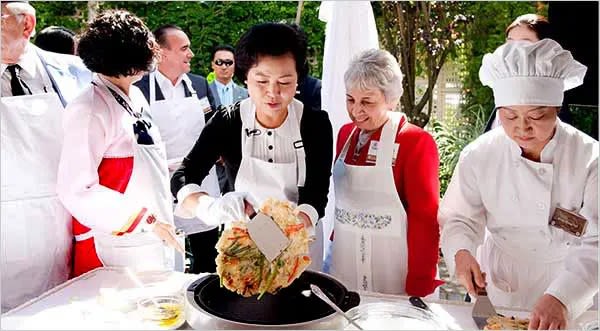
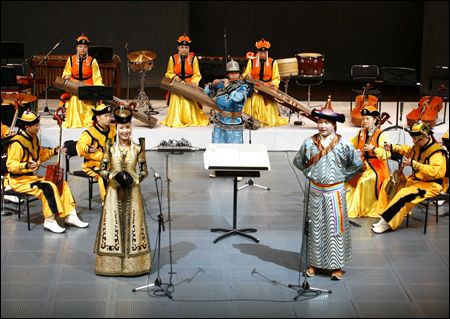
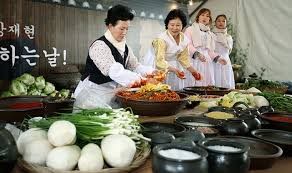
Why is kimchi Contentious?
The Immaterial Nature of Food.
Some scholars question to what extent can food be even considered a cultural heritage? While kimchi can be considered a material culture, like all other food it is perishable and once consumed, it is transformed into material waste (Asakura, 2016, 107-8).
The material property of food in this sense forms a juxtaposition with the material nature of paper. Much like how it is mentioned that within the material culture of paper there is a hierarchy, there is a hierarchy within the material culture of food as well. Grant O’Tsuki Jun describes that the cultural value associated with toilet paper can be transformed from one associated with human waste into another associated with important symbolic value (O’Tsuki Jun, 2020).
Similarly, in the case of food, typically imagined as just being necessary for human subsistence and upon consumption, turn into human waste, could also be associated with the symbolic cultural value in another contexts. In the case of kimchi, while to ordinary people, it may just be seen as salted cabbage infused with red pepper, however, to the people of Korea it came to be transformed into a food associated with nationalistic pride and imbued with global cultural significance which all Korean can now take pride in.
Continuing this argument, unlike other forms of material culture, food itself cannot be maintained as it can never be preserved in its original form. The intangible nature of food is that it is everchanging in accordance to its location and period. While the techniques of preparation can be preserved and described in written document and passed on historically, it is hard to for any party to have a unique and definite claims to the ownership of any one food.
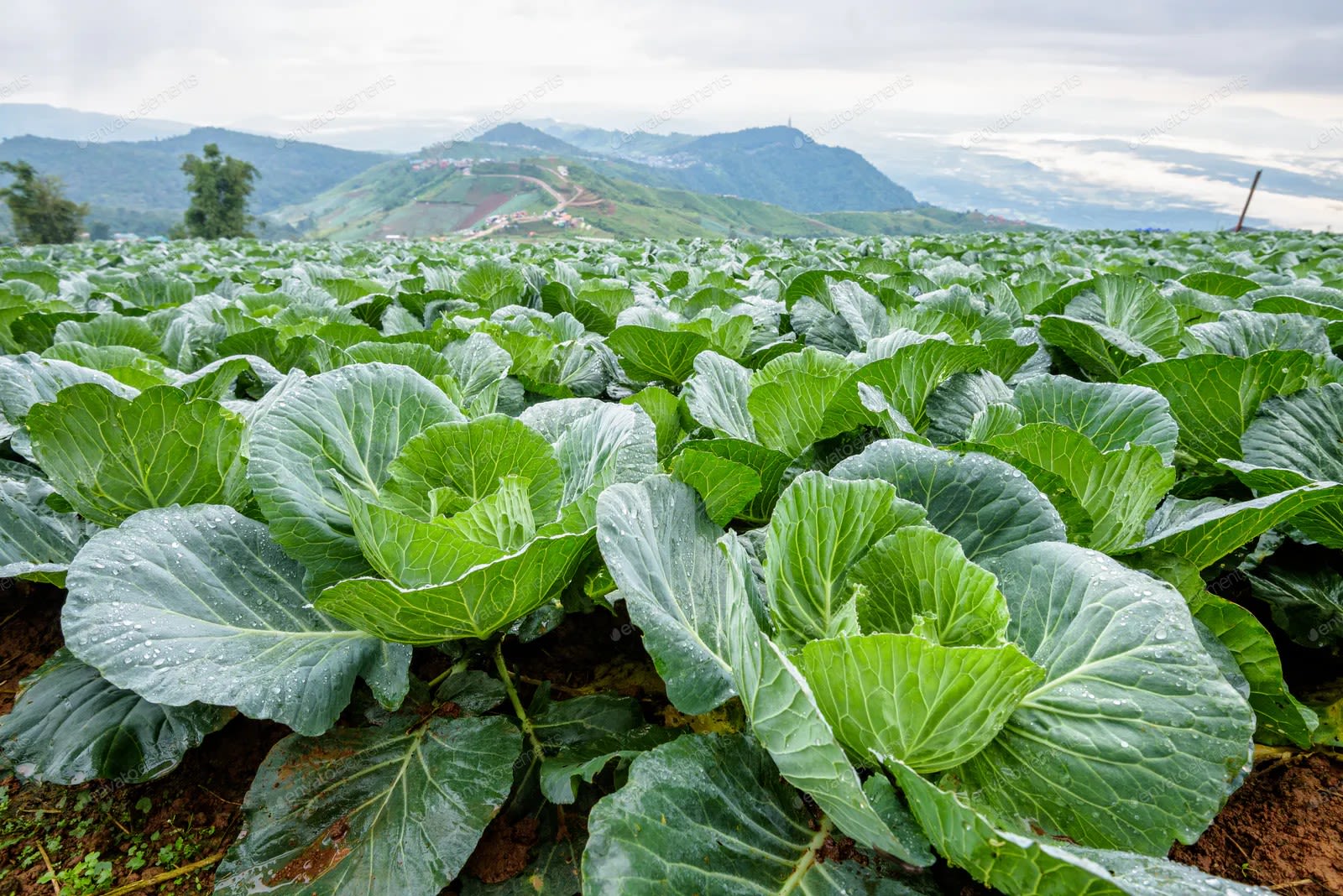
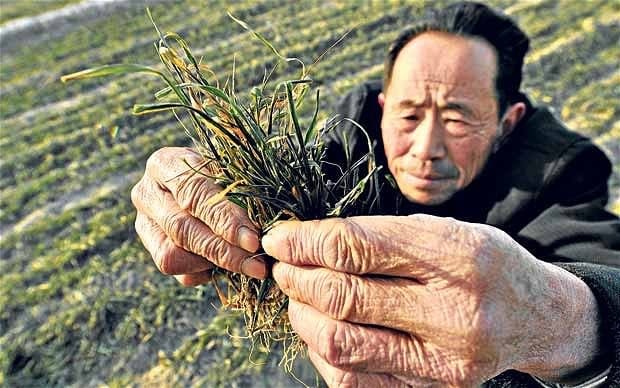

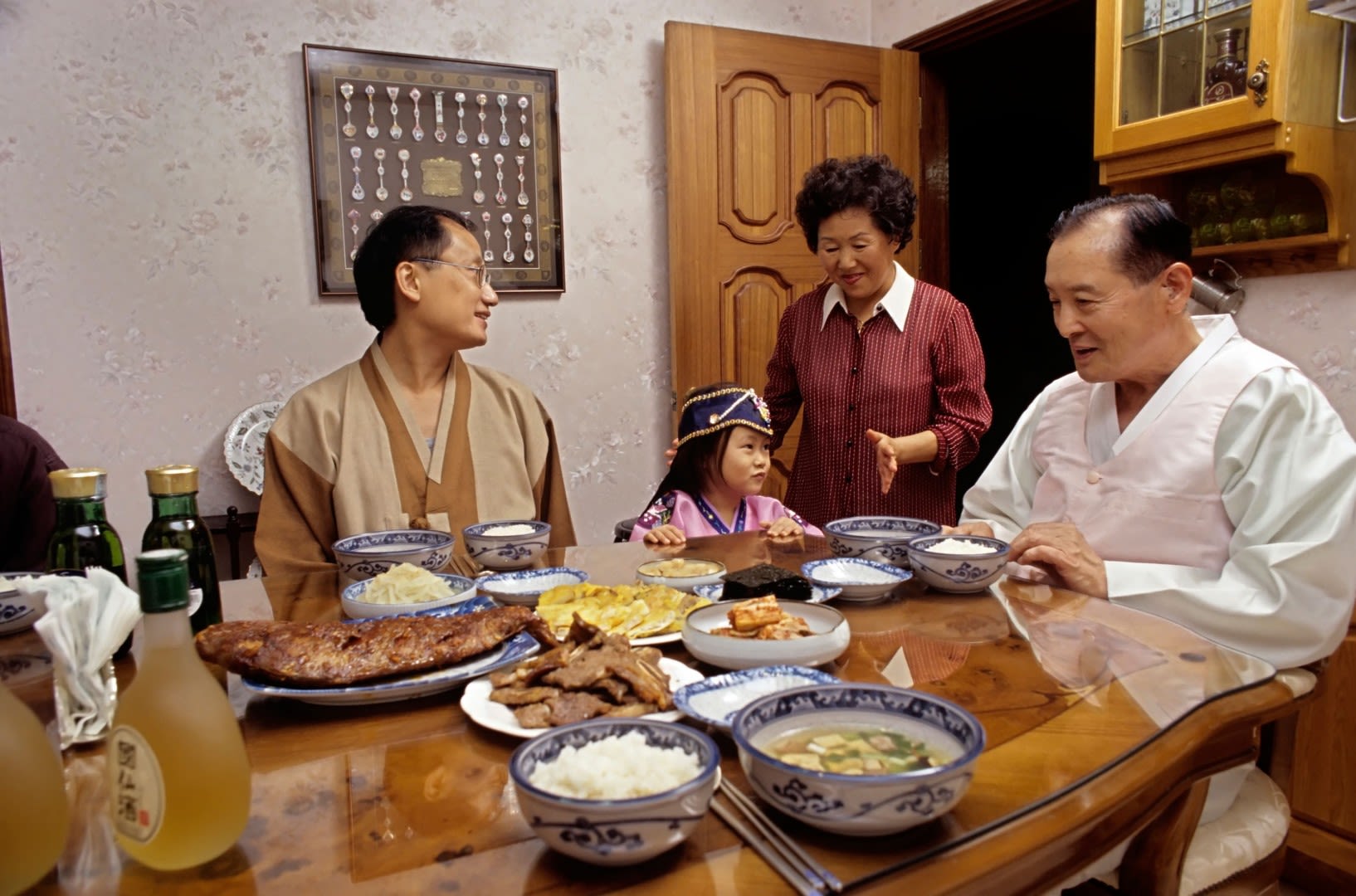
Kimchi Wars
Contrary to popular belief that the only war Korea had been through is the Korean War, the often overlooked fact is that Korea had actually participated in other significant cultural battle with its East Asian neighbours dubbed as the “Kimchi Wars” (Han, 2016, 150).
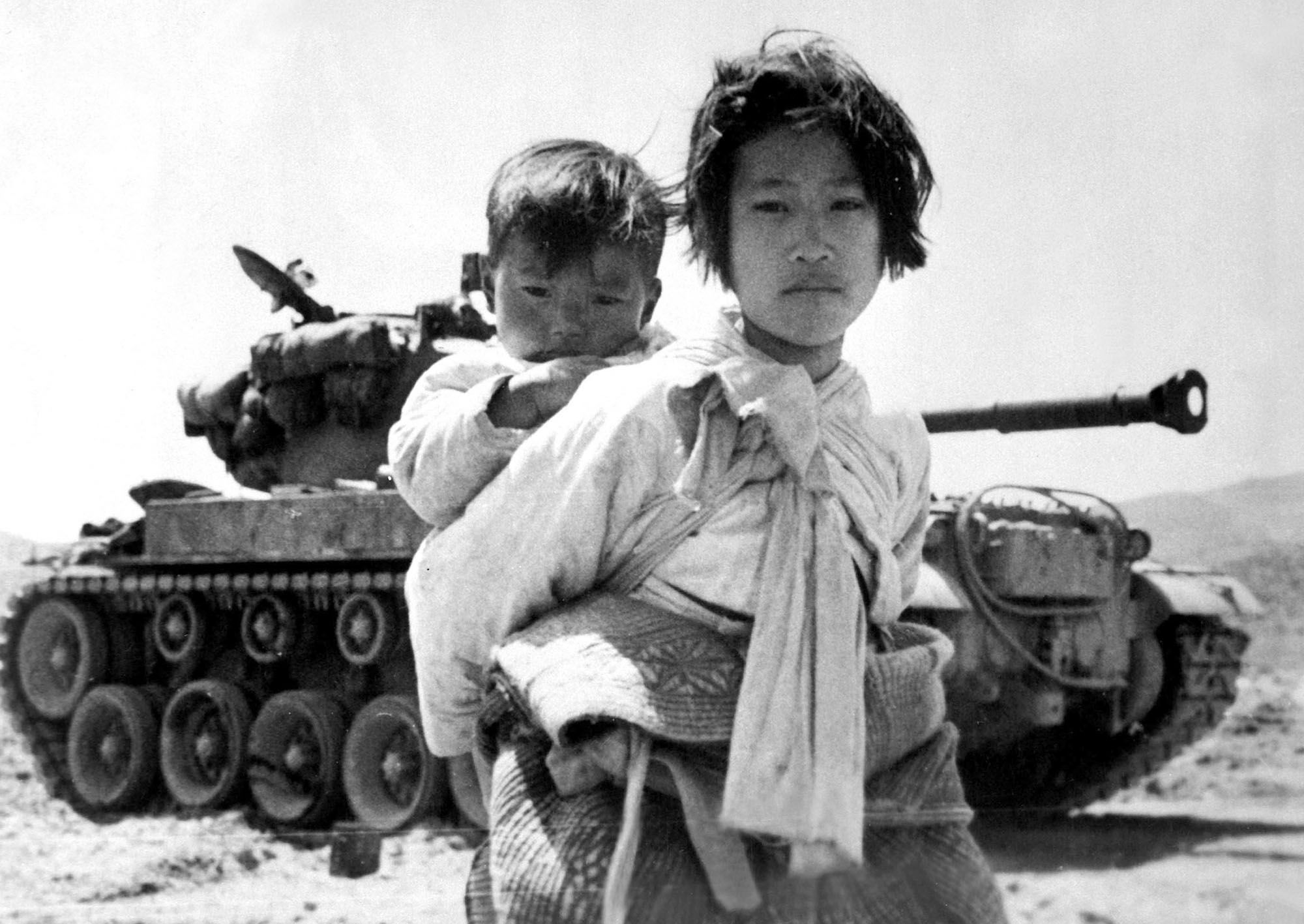
Japan vs Korea - kimuchi vs kimchi conflict 1990s : Honour or Business?
In the 1980s, Koreans were initially elated that their native kimchi was adopted and appreciated by Japanese citizens even if it was in the form of “kimuchi”—Japanese terminology of Korea’s kimchi.
However, in the1990s, Korea became anxious that their authentic kimchi was doing poorly in the international market in contrast to the extremely successful Japanese kimuchi. Japan claimed that Korea—despite their national cultural heritage programs— didn’t have any real claims to the word kimchi. And to make matters worse, Japan had even declared that kimuchi is different from kimchi and could be argued as an original Japanese Invention (Han, 2016, 160).
From the Korean perspective, it was the stake of Korea’s national identity as risk, whereas the Japanese saw it as more of an economically motivated conflict.
For in the case of conflict, the Koreans saw kimuchi as a cheap knock-off imitation, while the Japanese saw that it was a perfectly justified innovation.
It is an interesting question for us to ponder:
Where do we draw the line between innovation and imitation? Should there even be a dichotomy drawn between the two?

Korean resentment of Japan due to past historical experiences
It is a known fact that Korea had resented Japan since its colonization at their hands (Asakura, 2016, 116). Following the historical and cultural conditions surrounding Korea and Japan, one economic policy has been promoted in Korea since the colonial period and the war, ‘to pursue and overtake Japan (Asakura, 2016, 116).
There is a societal belief amongst Korean that they “taught civilization” to Japan, that cultural advances tended to originate from Korea but eventually get imitated and taken over by its Japanese counterpart. This kimchi war symbolized another instance of the cunning Japanese imitation (Han, 2016, 161).
Korea lobbied to international organisations such as the WHO and the CAC in order to fortify their claims. Korea celebrated its glorious triumph over Japan on July 7, 2001. This is following the acknowledgment by an international standard by the general congress of the Codex Alimentarius Commission (CAC), based in Geneva. Following this, it was supposedly decided that kimchi will be the internationally recognized name of kimchi, and the term kimuchi, invalidated (Han, 2016, 160).
Korea’s approach and strategy during this Kimchi War reflected how when they required the claims to authority over kimchi, they tend to rely on internationalised Western institutions such as WHO and CODEX CAC. Reflecting the hegemonic authority wielded by these globalized authorities which tended to be associated with legitimized modernity. We can note the irony of how the globalized modernity of international organizations was required by Korea to substantiate their localized “traditions”.

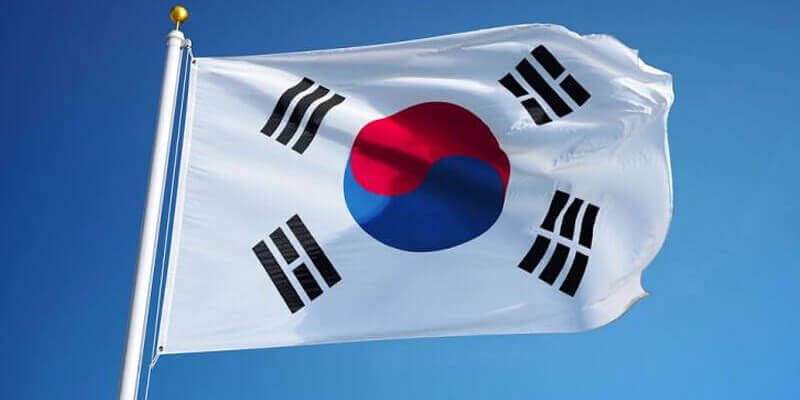

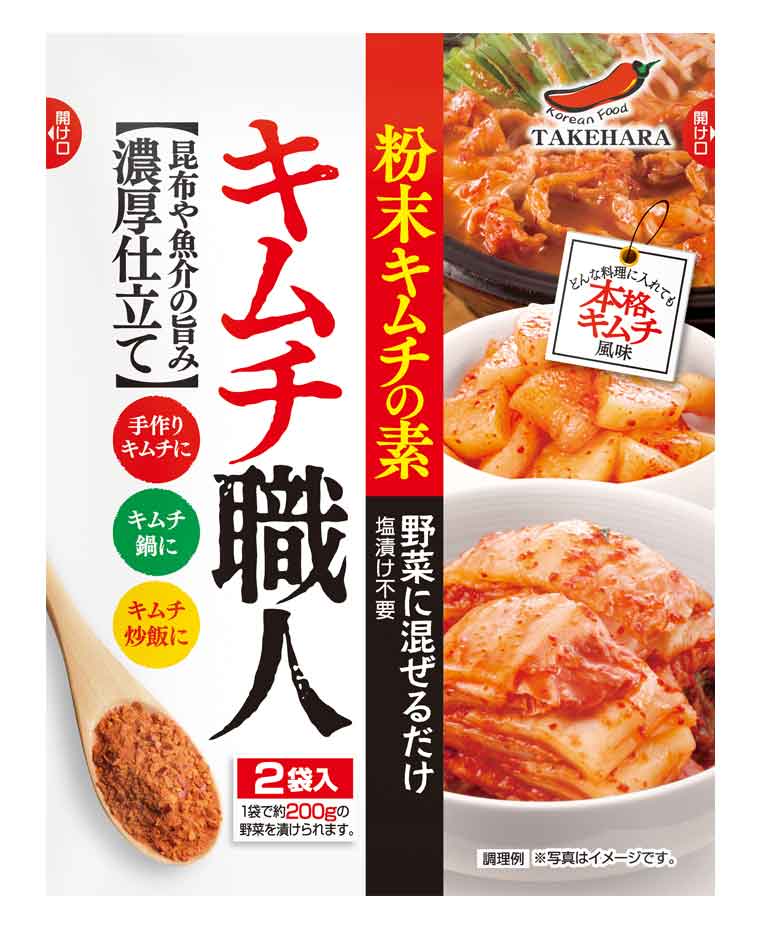
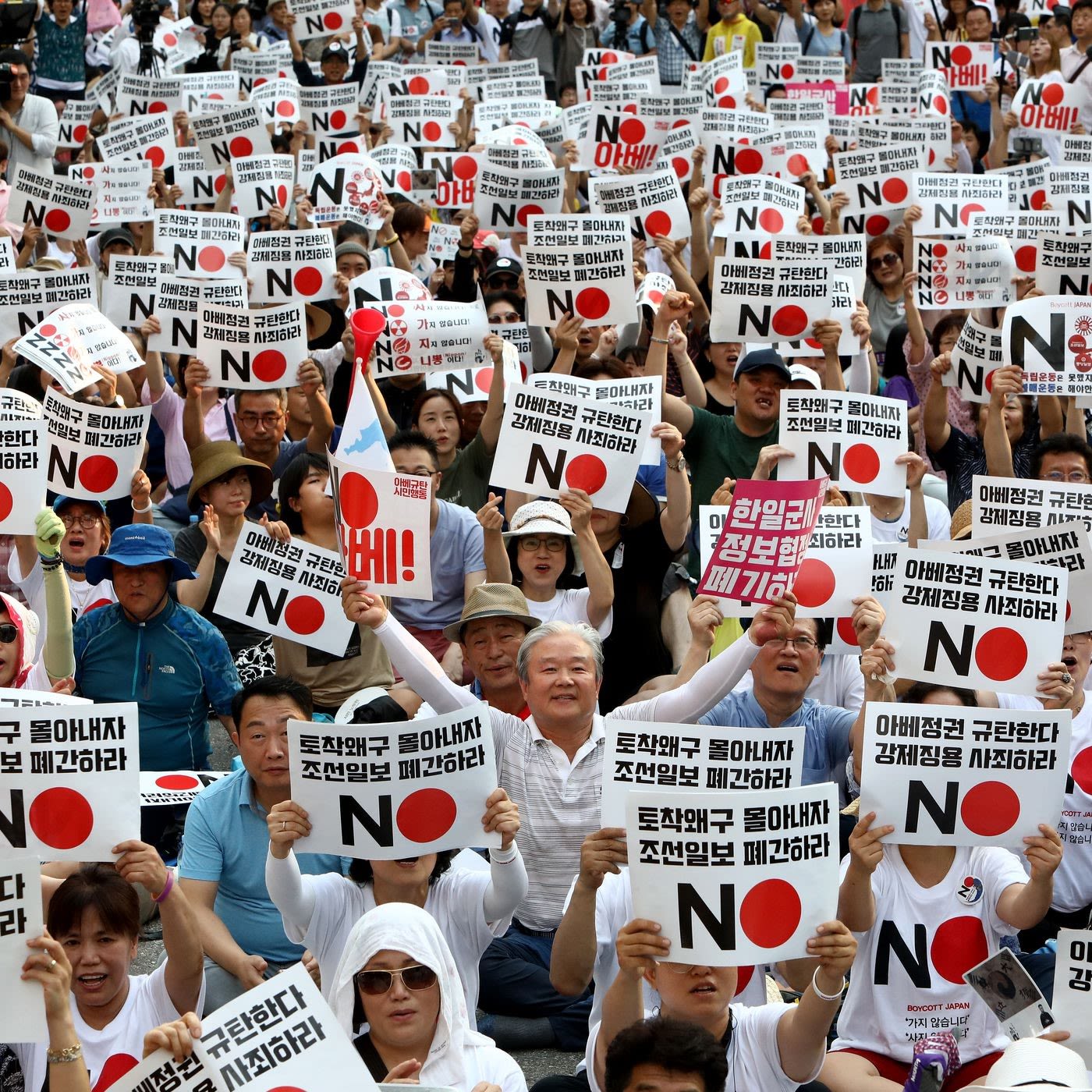

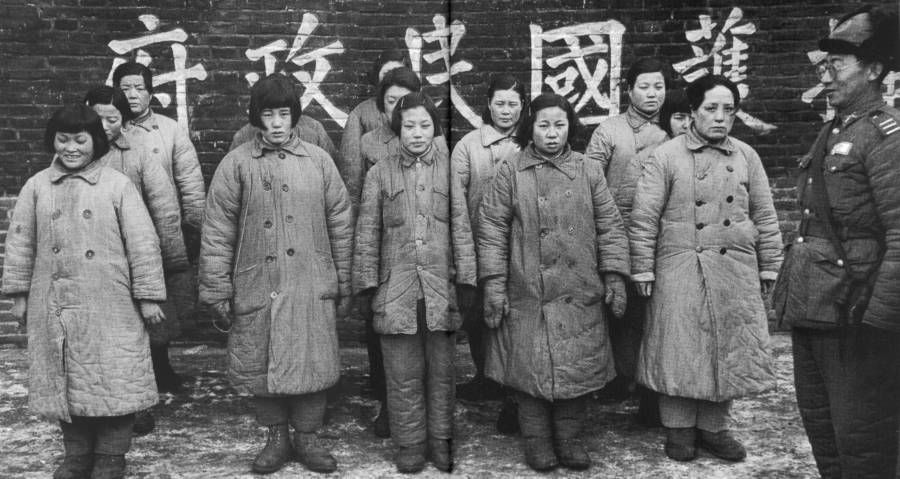

Kimchi Wars
Kimchi vs paocai Debate. Korea-China : Kimchi Wars 2005
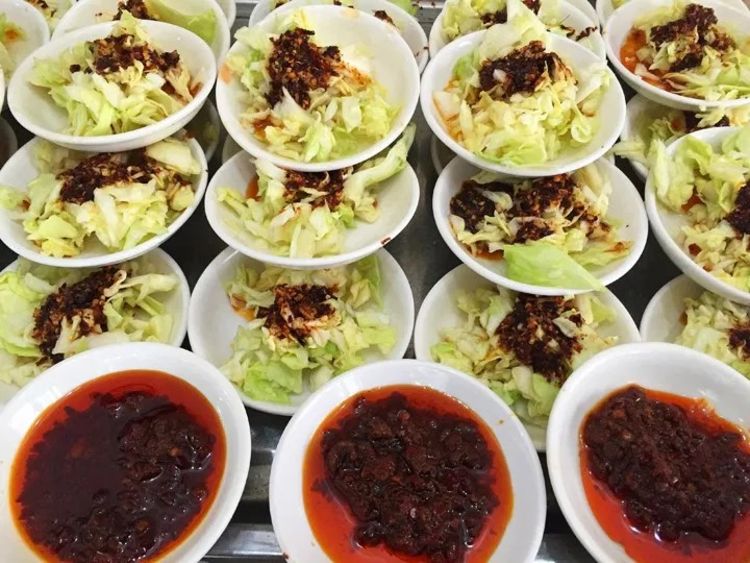
Korea’s Kimchi War with China broke out in a sudden uproar over as in October 2005, Korean Food and Drug Administration found parasitic eggs in kimchi imported from China.
Following this furore, more attention was brought to food safety concerns from Chinese imports, encouraging consumptions of domestically produced kimchi instead.
Chinese government responded to this by both restricting the import and exports of kimchi, following a research that found parasitic eggs in Korean brands of kimchi as well (Han, 2016, 161).
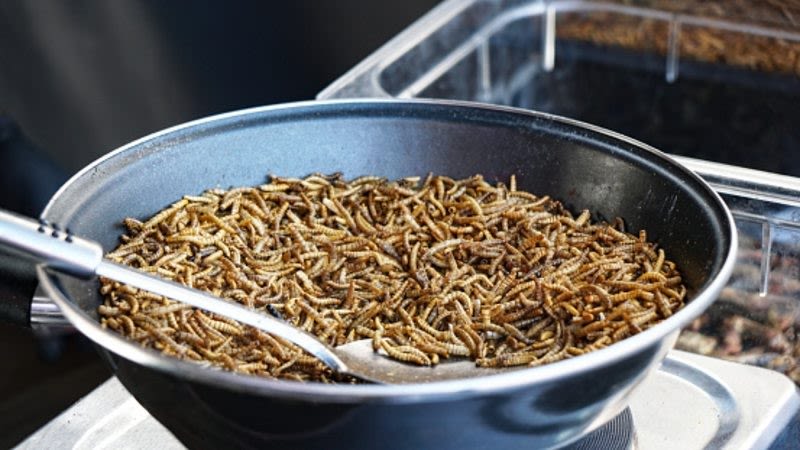
Ironically, while the initial aims of this kimchi conflict was the curb the excessive importation of Chinese agriculture products, the results of this second Kimchi War led to drop in the confidence towards domestically produced kimchi. The Kimchi War with China destroyed the Korean share in the Chinese kimchi market rather than the Chinese share in the Korean market (Han, 2016, 162).
With fewer households making it at home and an increasing demand for cheaper kimchi from restaurants, the demand in Korea for the Chinese product is expected to grow. On the other hand, Korea’s kimchi exports to China, which peaked in 2010 at $378,000, dropped to $15,000 in 2012 and to almost zero last year as a result of measures by the Chinese government to protect domestic producers (Lee, 2014).
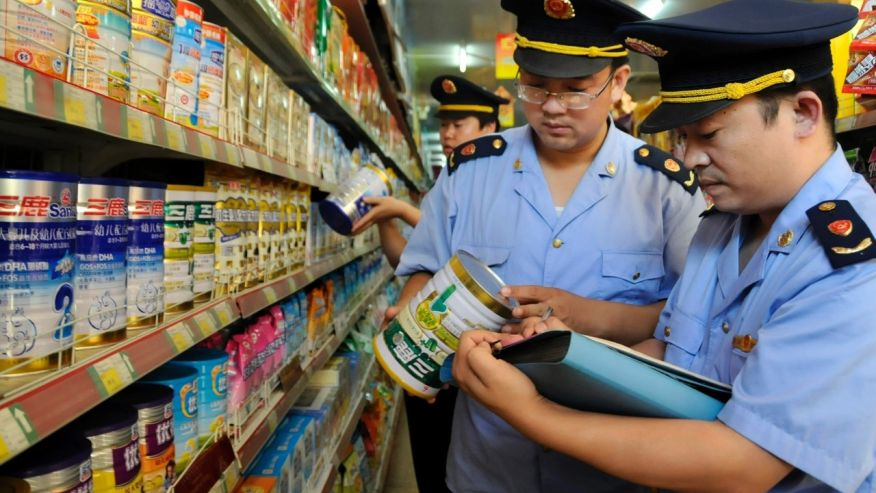
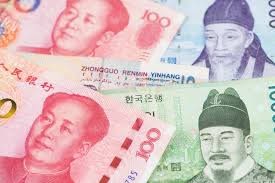
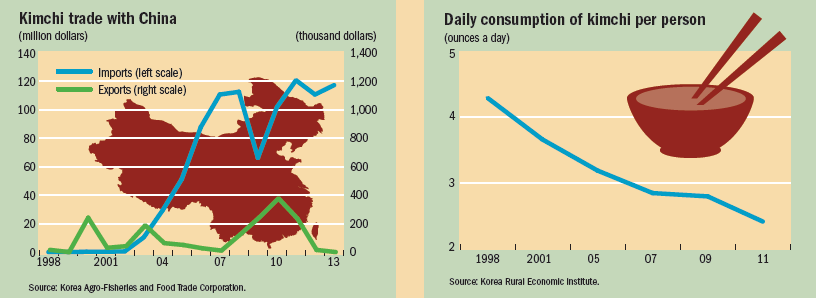
Almost all Korea’s imported kimchi comes from China, with the total value since 2007 exceeding $100 million a year (except in 2009) (Lee, 2014).
Heralding toward an era of Kimchi Harmony?
By the time of both Kimchi Wars, Chinese and Japanese dietary food culture has since already established itself globally, while Korea is still trying to wrestle for a place in this cultural landscape. (Asakura,2016,108) Korea’s emphasis and actions are taken towards Kimchi could be seen as a response to these circumstances.
Deconstruction of Regional Authenticity.
However, alongside the relentless-ness of globalization, there is an anxiety surrounding the preservation of kimchi value. As Asian states risk losing historically developed cultural landscapes and ideas to the increasing monotonous and globalized world (Kim, 2017, 203).
Since the late 1980s, new luxury restaurants deconstructed the previously established authenticity in terms of taste and culinary boundaries of regional specialties. Guided by the post-modernist discourse of process i.e. scientific knowledge on medical care, health, globalised aesthetic criteria, and commodification of foodway, cultural demarcation of regional cuisines in East Asia comes to become increasingly blurred (Miller, 1987). These new modern-styled luxury restaurants can be seen as cultural manifestation of the rapidly developing Korean economy (Kim, 2017, 216).
Hence, some scholars argue that given the distinct immaterial nature of food coupled with the rapidly globalizing region, would it then be more appropriate to look at the cultural heritage of food from the entire East Asian region (Asakura, 2016, 108).
Perhaps by this lens, there would be no further conflicts over kimchi in the future ahead.
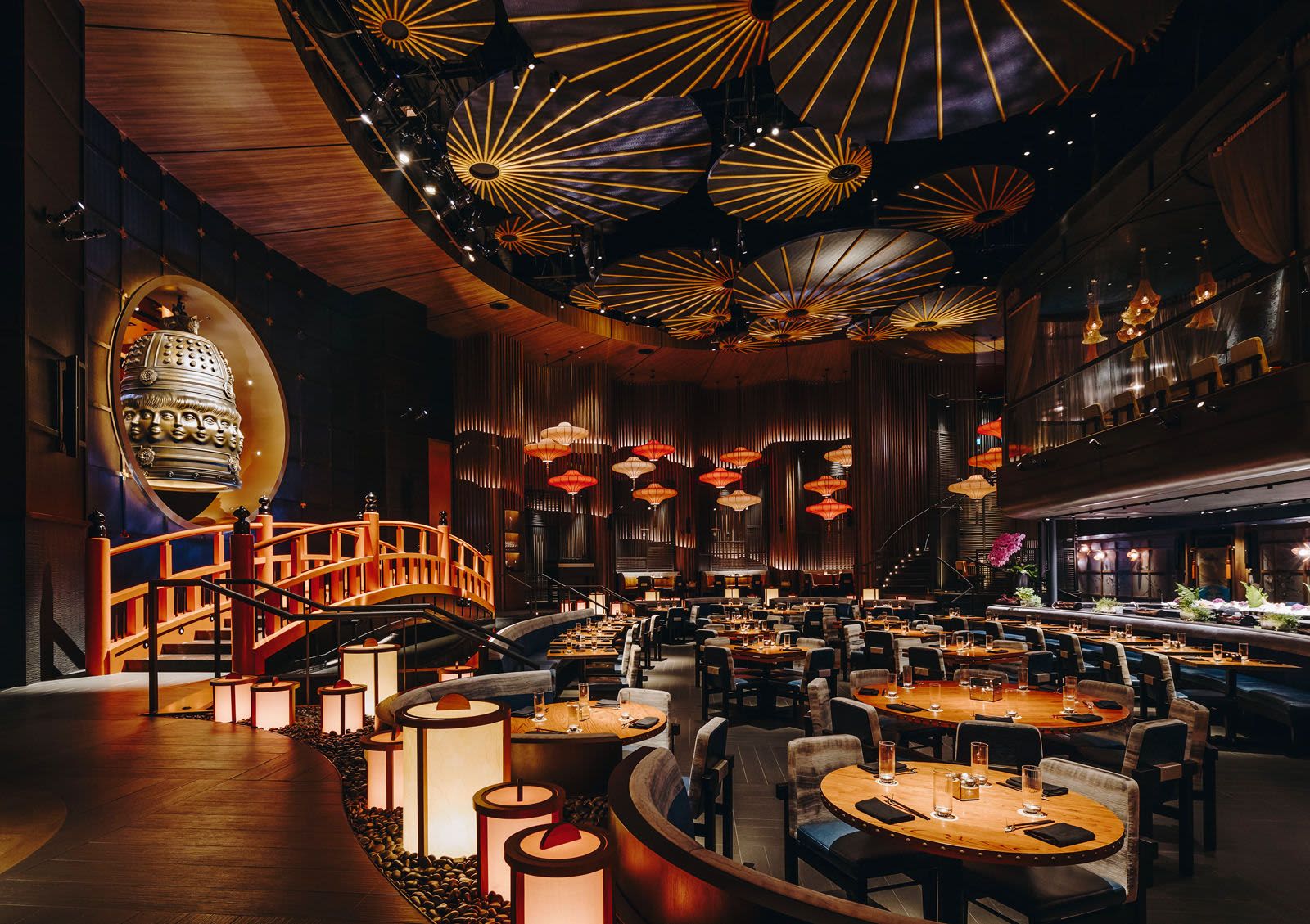
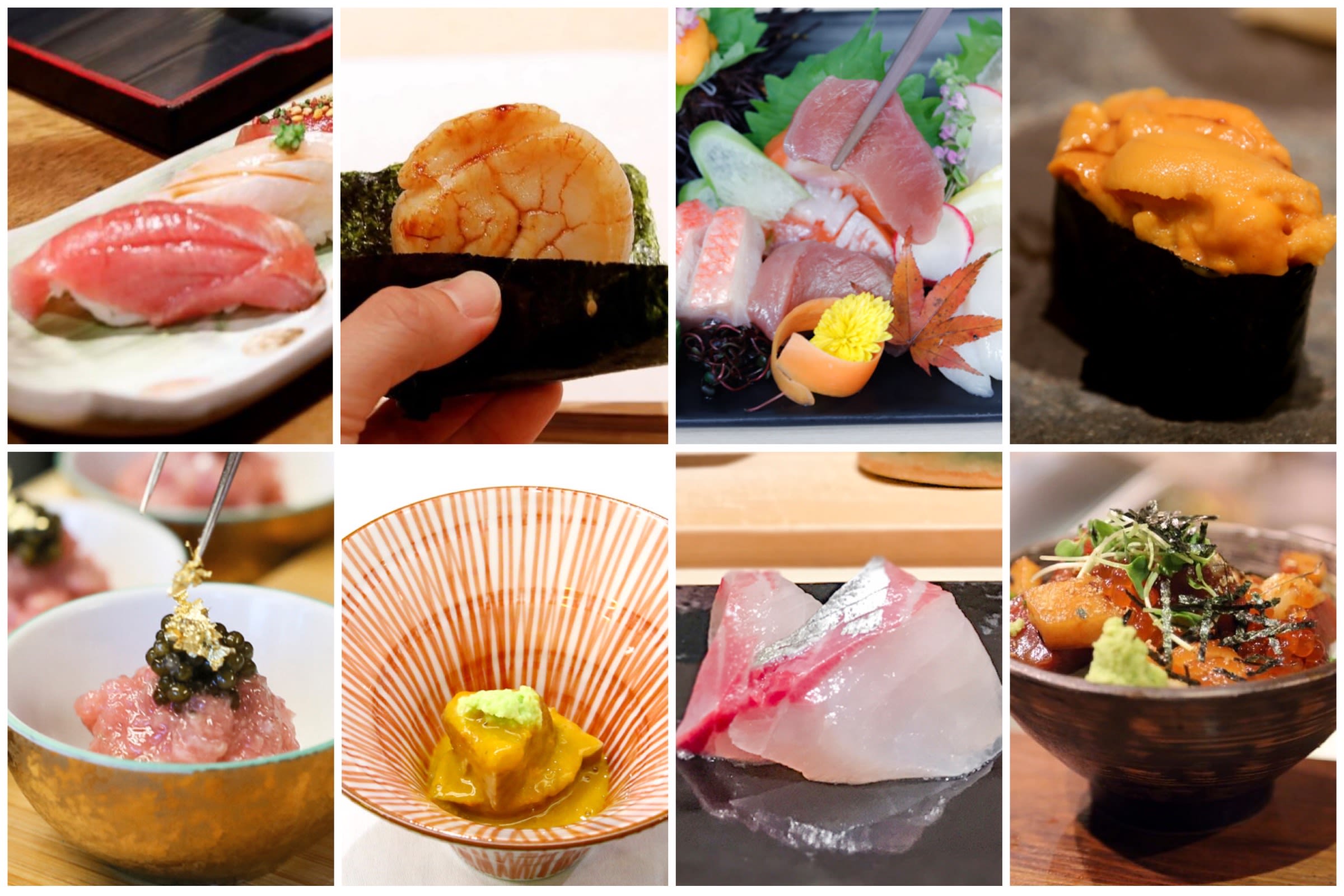

Kimchi is about arts and science.
The traditional Korean dish is made up of a fermented blend of Korean cabbage, garlic, ginger, green onion (scallions), red chilli (gochu) pepper powder, and other spices, seasonings, and additional optional ingredients. Depending on the recipe, the different combinations of kimchi ingredients creates an expression of varying flavours; at its most basic, it is known to take on salty, sour, spicy, and carbonated flavours (Mheen, 2003, 56).
What gives kimchi its flavour? The answer lies in fermentation! So, how does science have anything to do with the nature of kimchi? Fermentation is a metabolic process in which microorganisms – such as bacteria and yeast – break down organic matter in the absence of oxygen to produce acids or alcohol (Murfin, 2009, 31). In the case of kimchi, natural microorganism, lactic acid bacteria (LAB) found in the raw ingredients feed on the organic matter – such as sugar and starch – and produces lactic acid. Lactic acid here is essential in fermentation; it not only gives kimchi its sour flavour but also performs a significant role as a natural preservative. (Murfin, 2009, 31)
Henceforth, let us delve deeper to understand the art of kimchi-making and explore the scientific nature of kimchi.
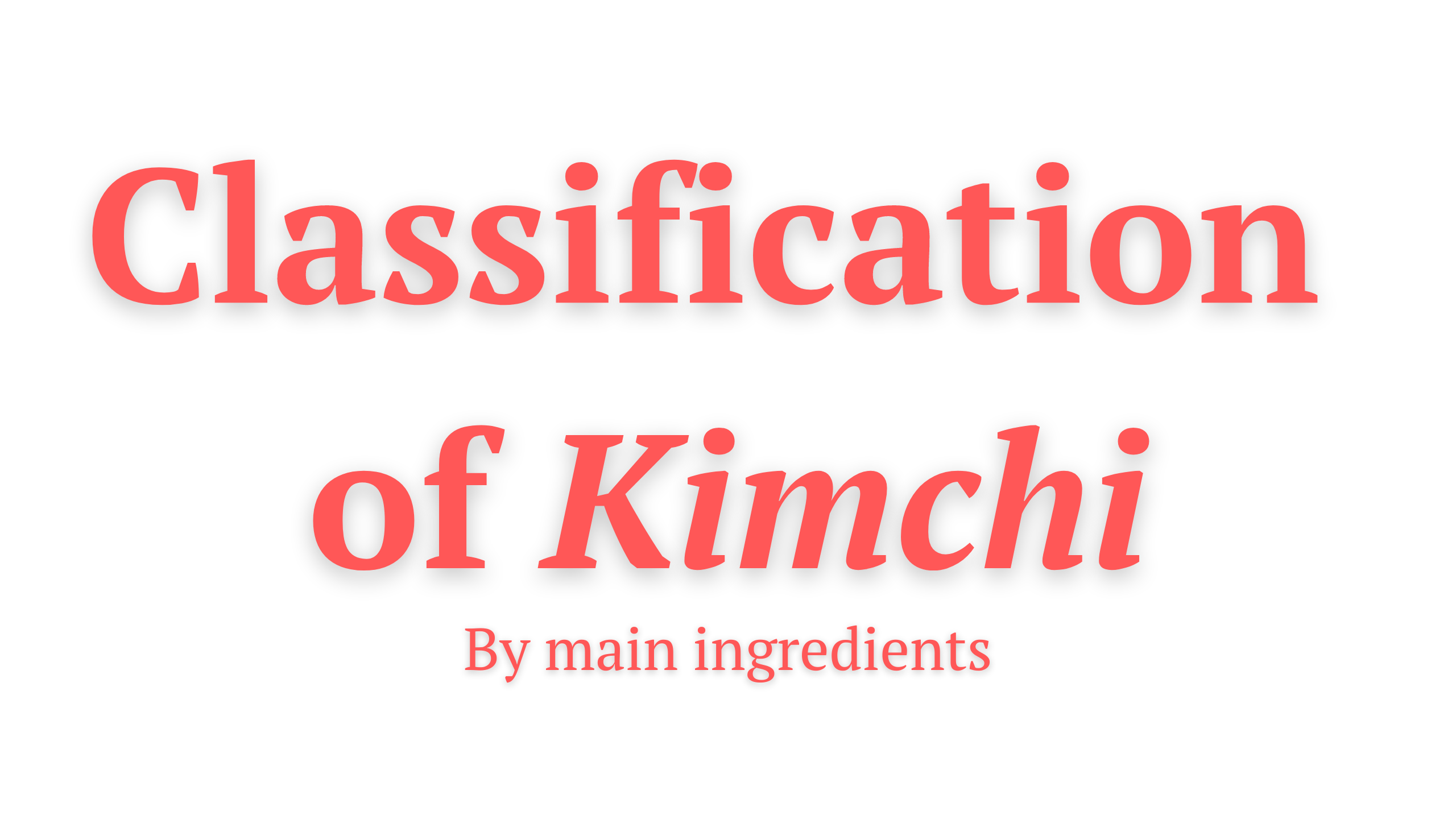
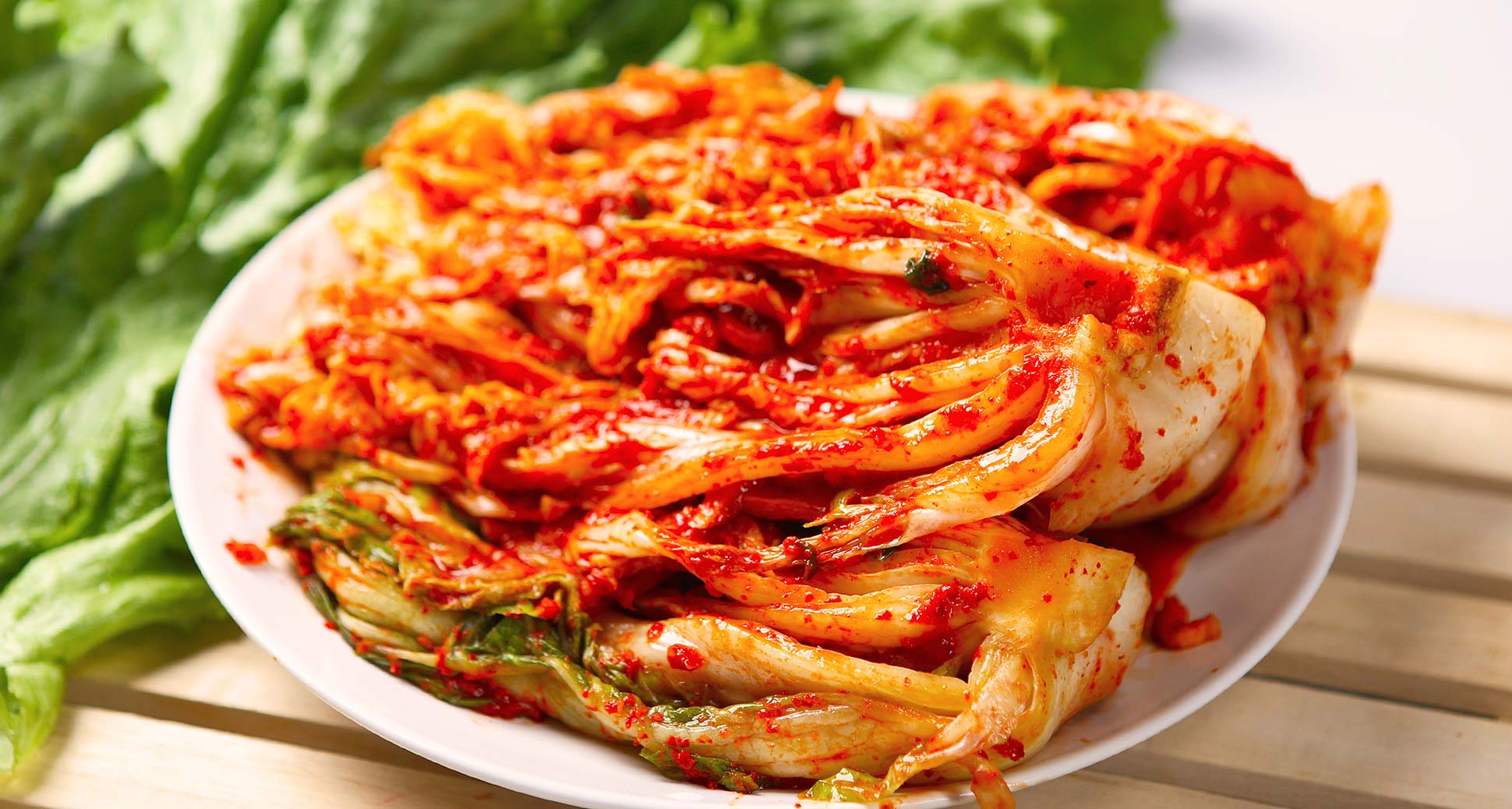
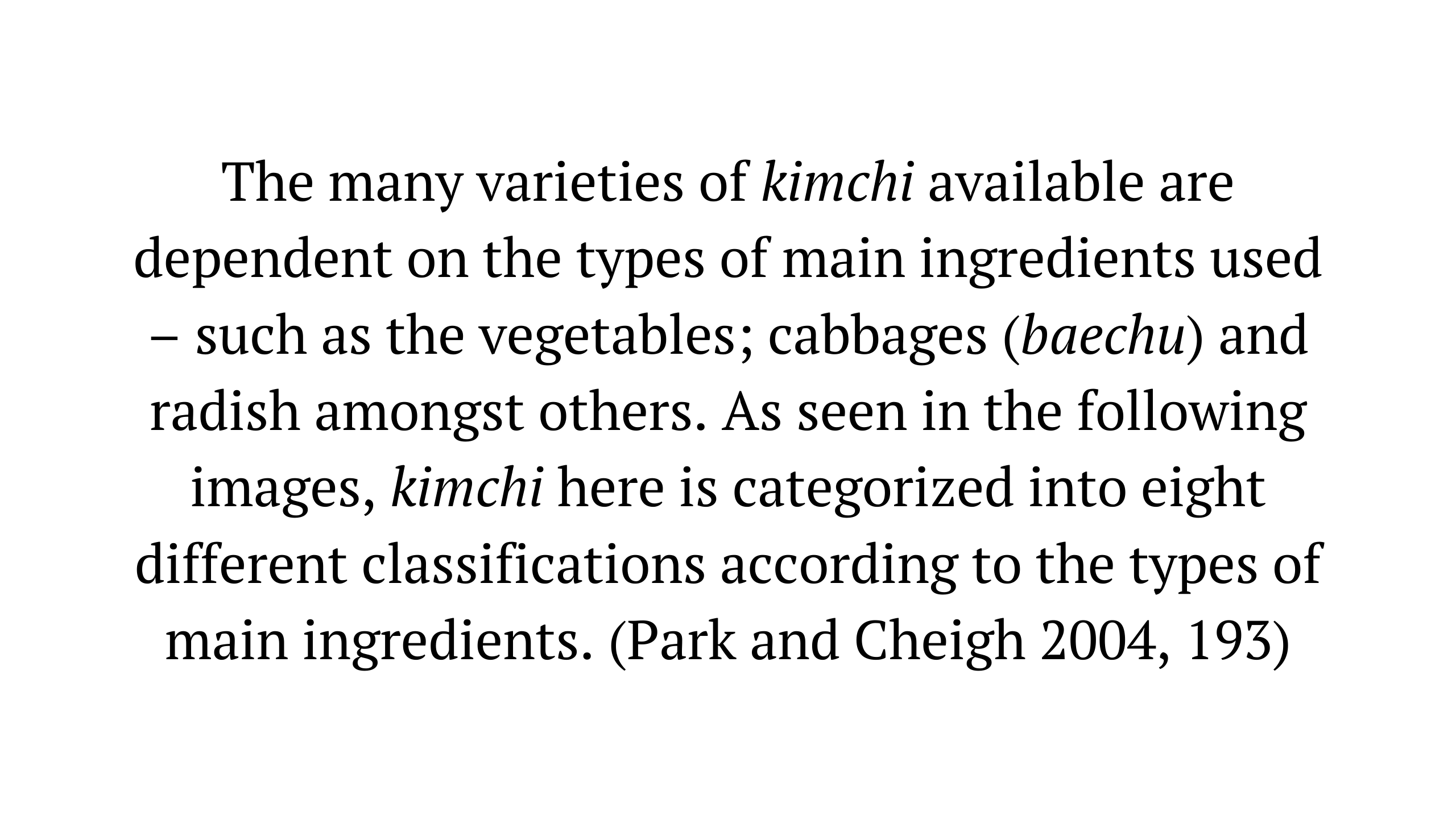
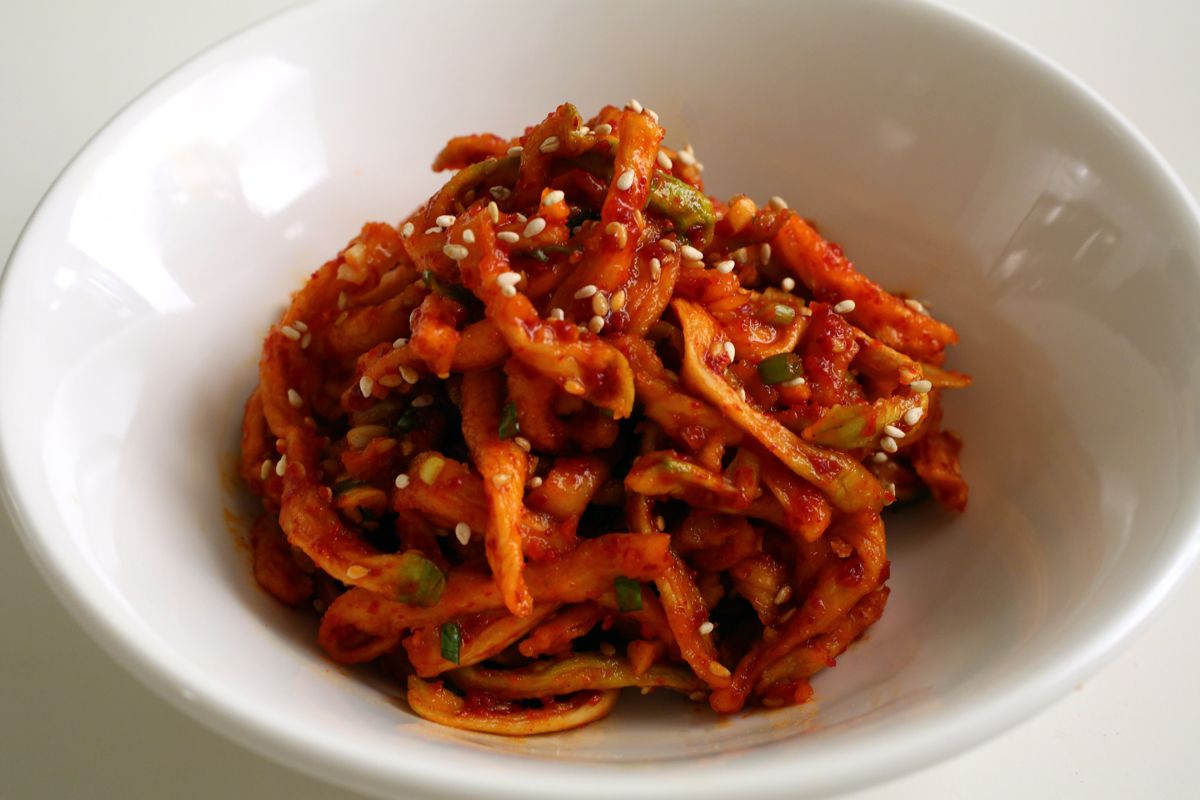
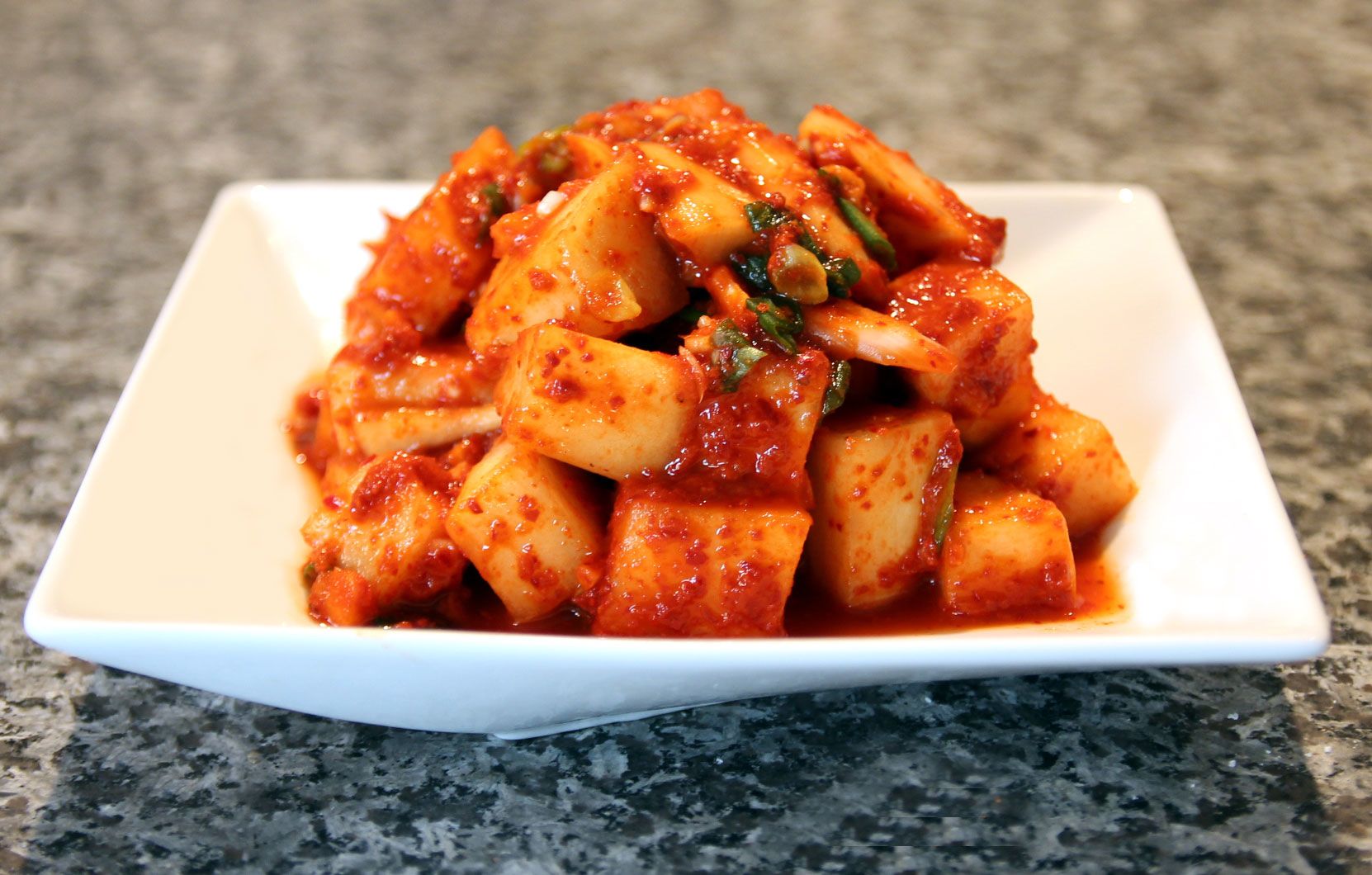
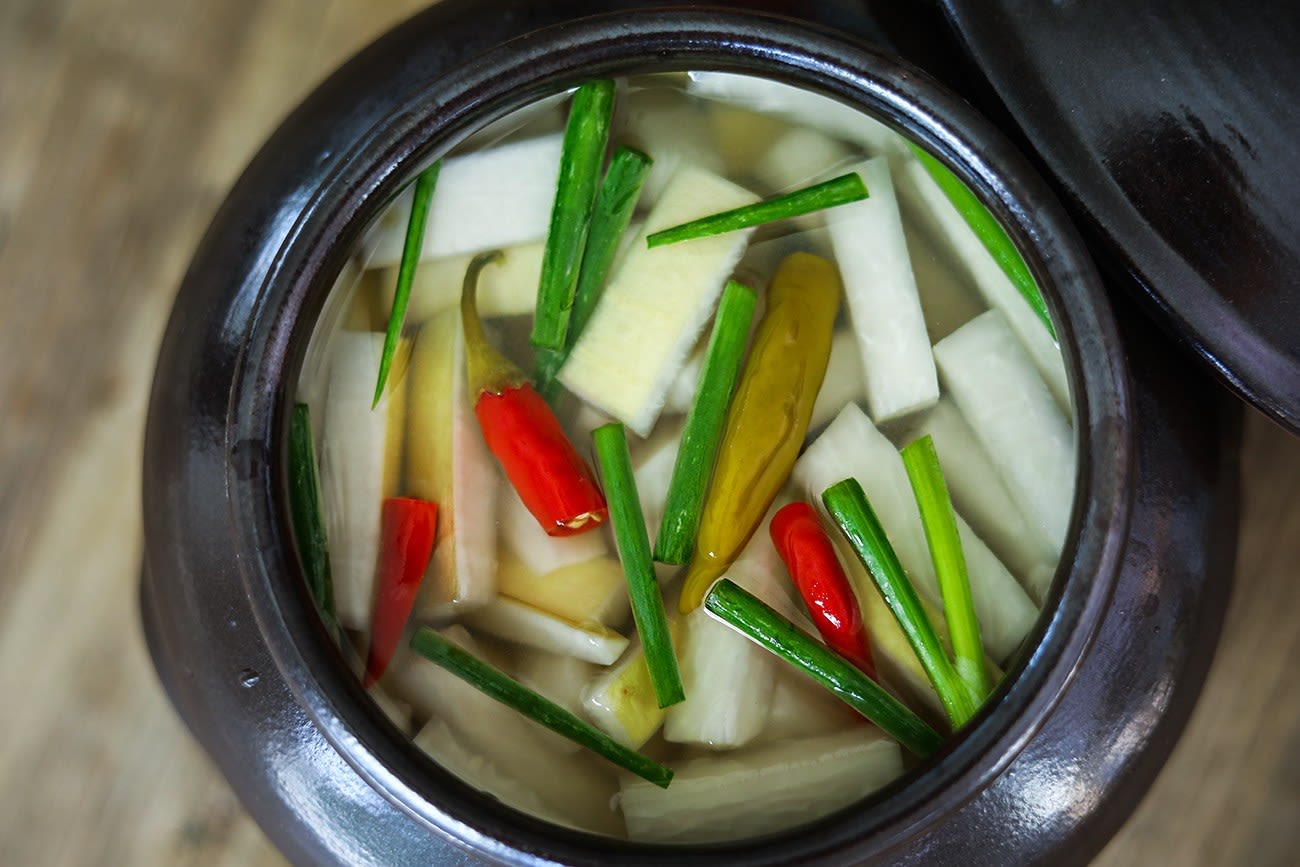
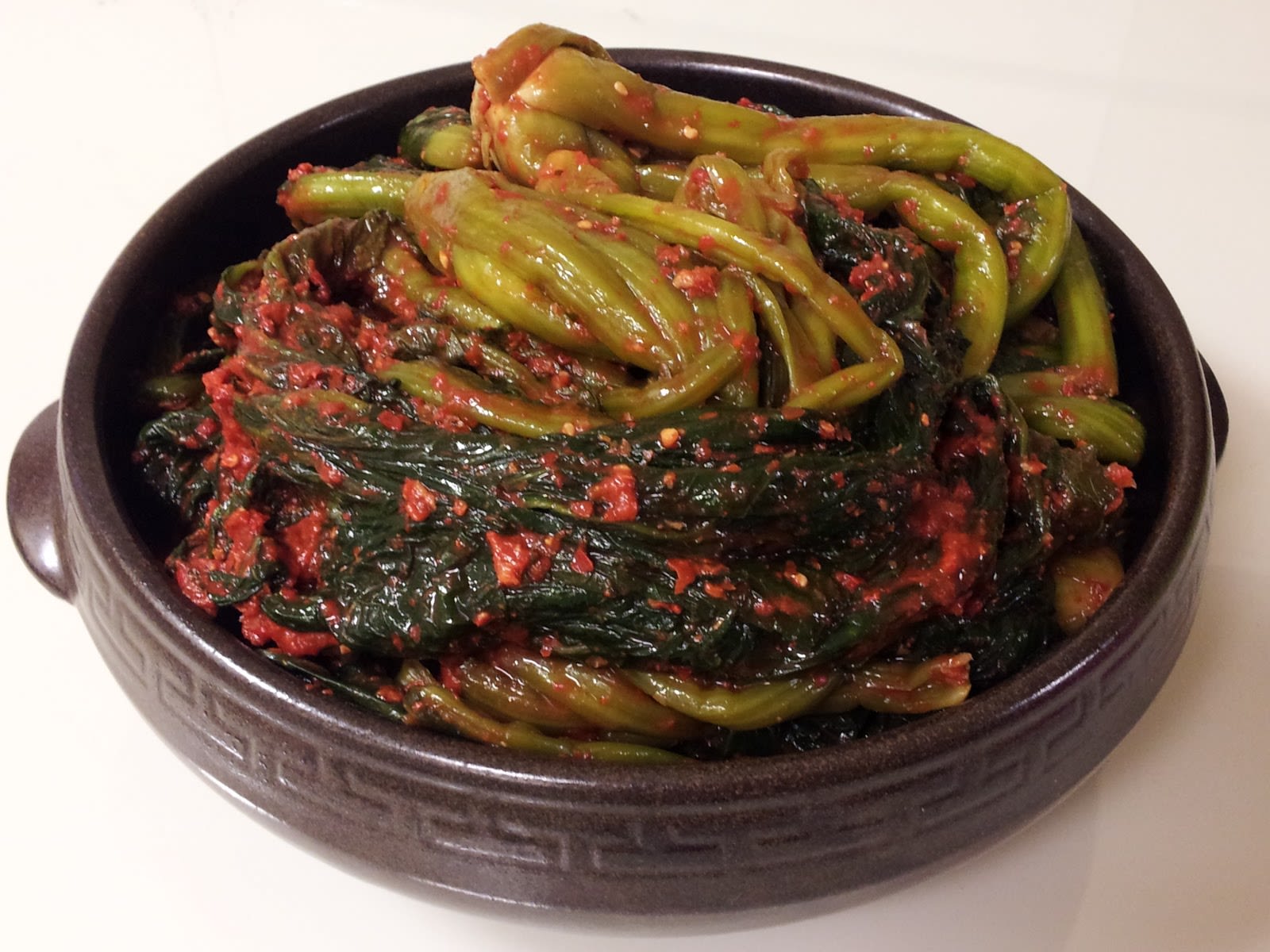
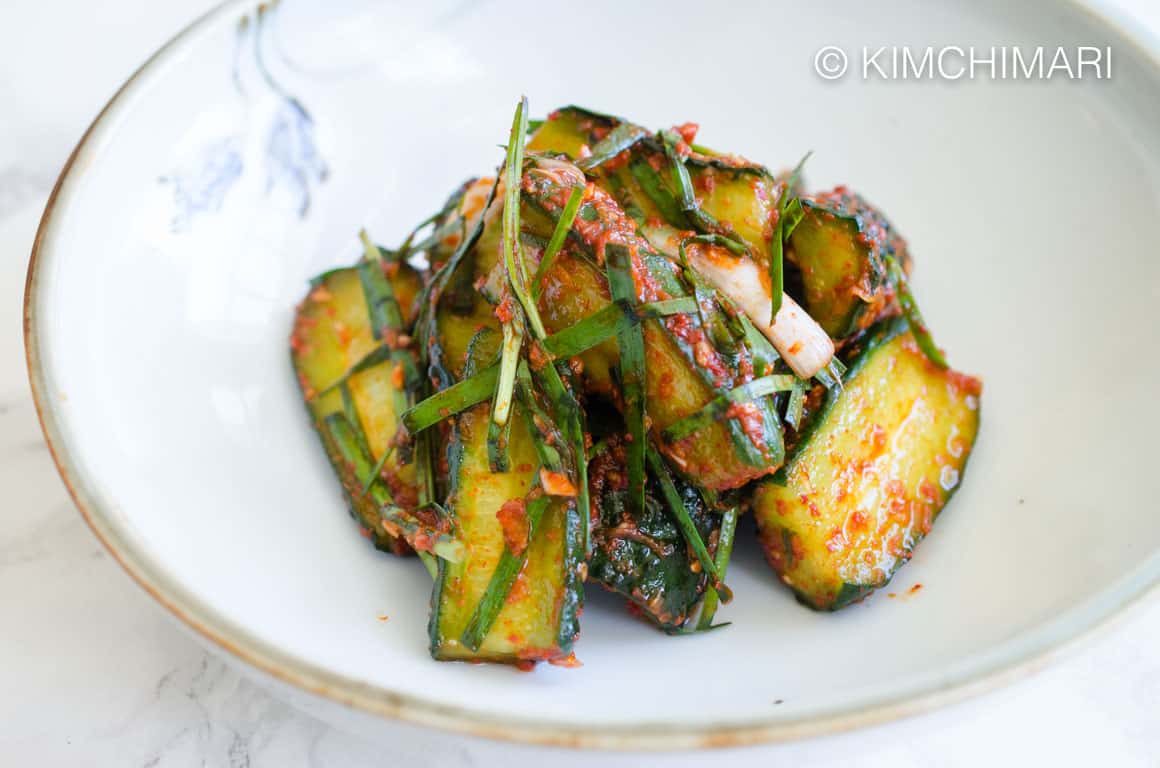
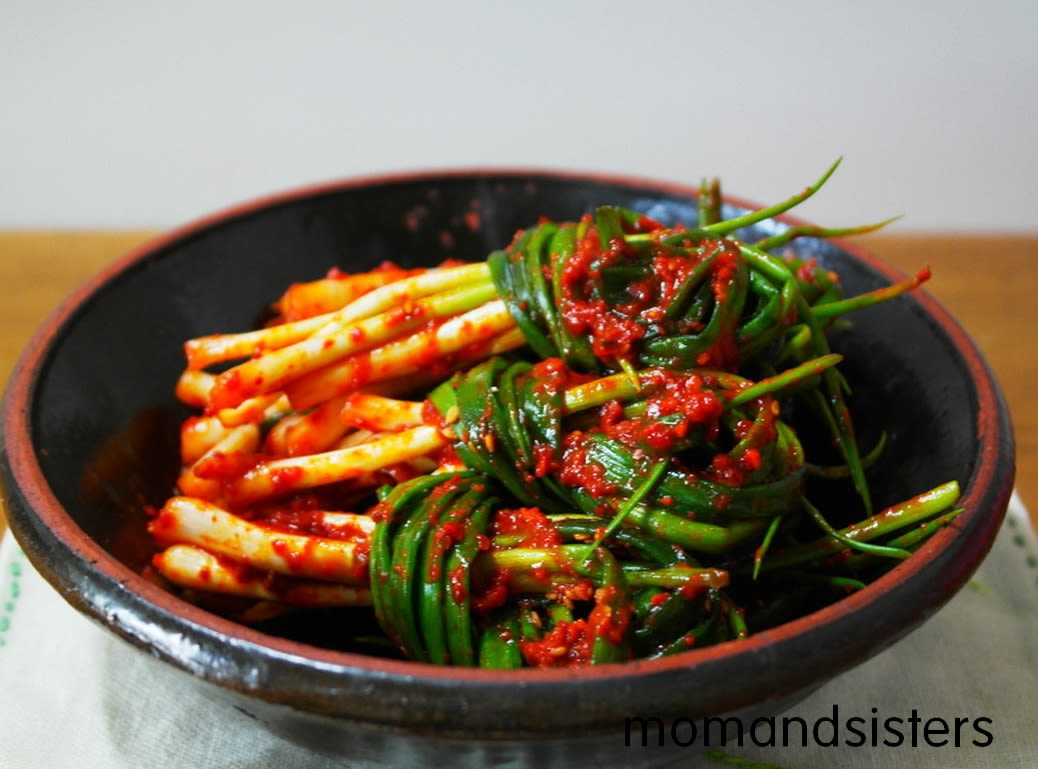
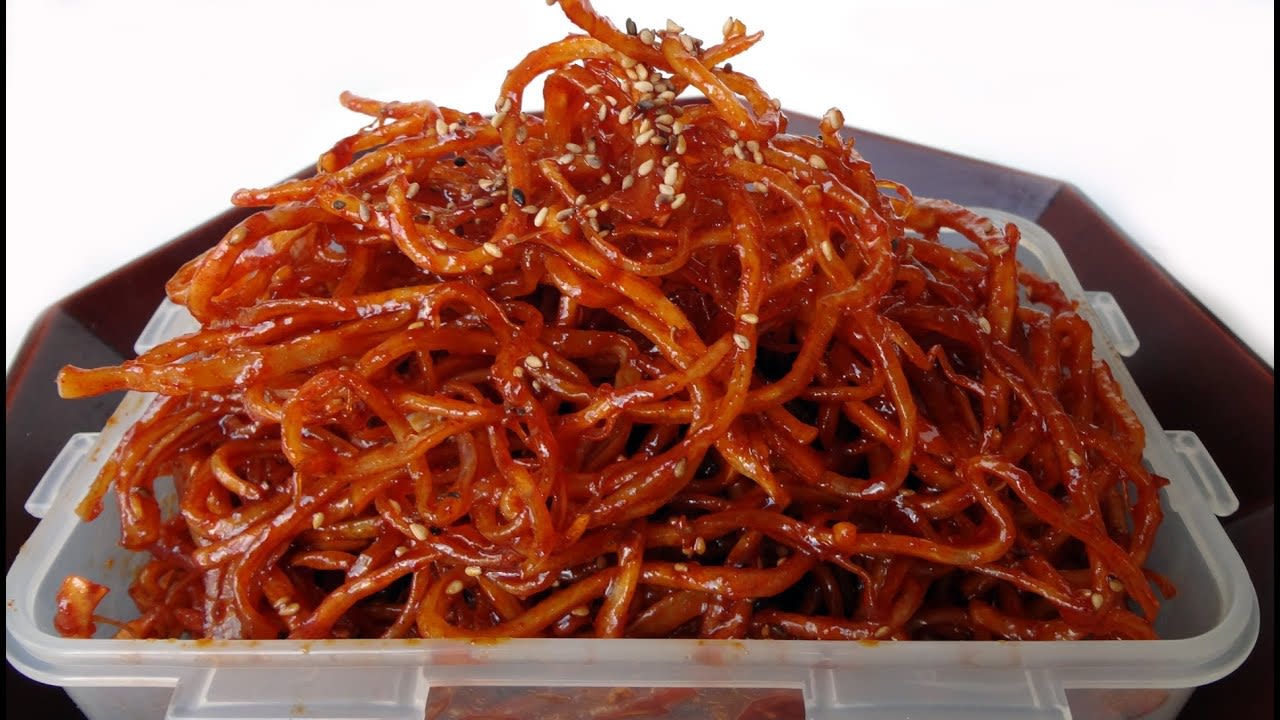
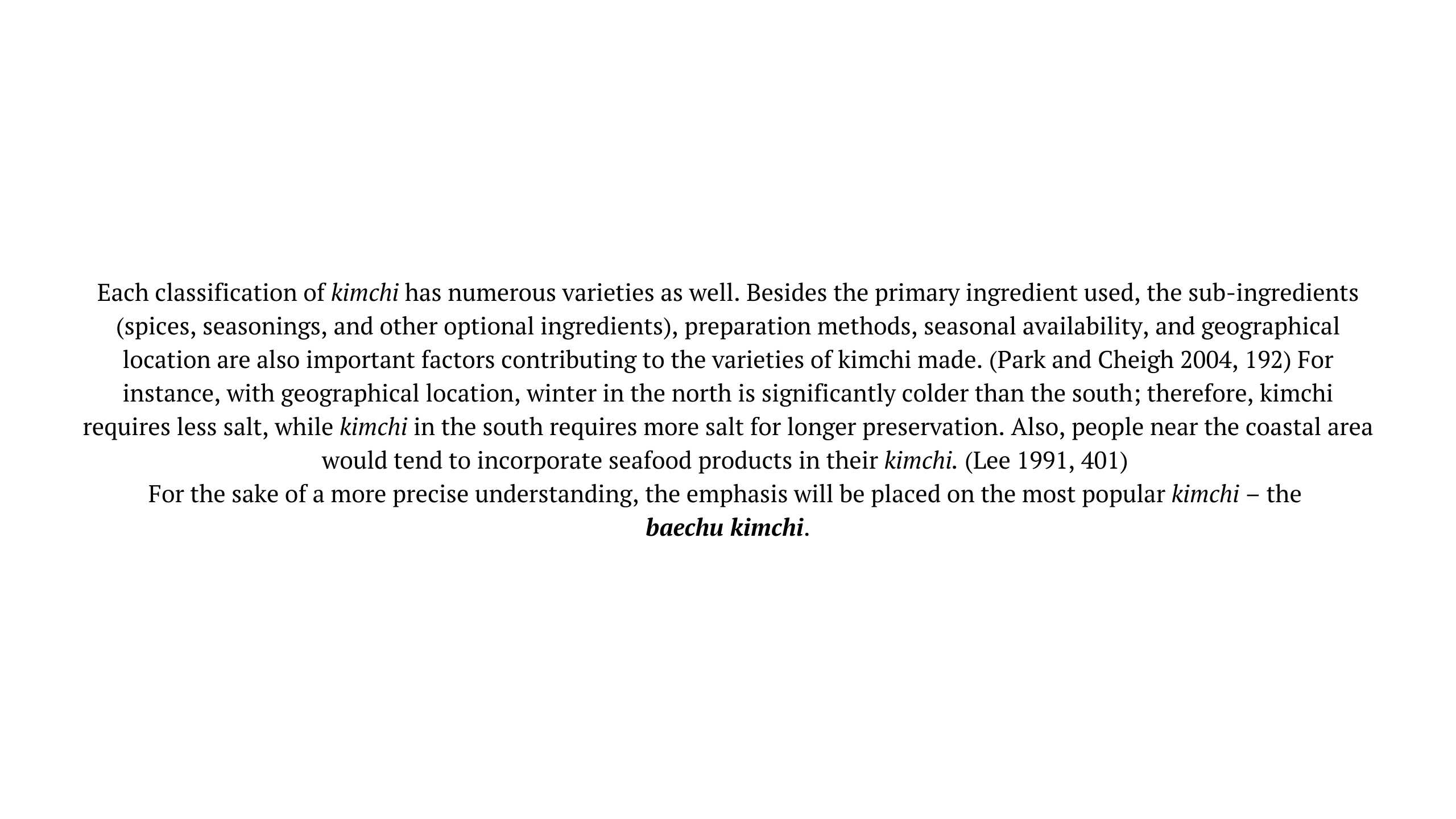



Household kimchi Recipe
Different families tend to have unique recipes; the difference in components is subjected to their individual preferences and preparation methods. A Korean family provided the following recipe. (Hongu et al. 2017, 175-177)
Ingredients
2-3 medium head of baechu (6-7lb total)
1 cup of coarse salt to dissolve in water
2/3 cups of coarse salt to salt the cabbage
2 tablespoons of sweet rice or “michiko” flour (Alternatively, substitute with water and a few tablespoons of sugar)
2 tablespoons of minced garlic
1 tablespoon of minced ginger
1 to 1.5 cups of Korean red chilli pepper powder (gochugaru)
1.5lb of Korean radish
5 to 6 green onions (scallions)
3 to 4 tablespoons of fish sauce (optional)
Preparation Method
- Prepare the cabbage by rinsing it under cold water. Next, remove the excess water before trimming the cabbage core and cut the cabbage into four equal quarters, lengthwise.
- Next, soak the cabbages into the saltwater before transferring it to a large mixing bowl. Sprinkle the remaining salt equally over each trunk of cabbage and let it rest at room temperature for about three to four hours.
- Afterwards, rinse the cabbage thoroughly three times with cold water to remove excess salt. Drain excess water over a colander for about 30 minutes.
- Prepare kimchi paste mix; first, make the seasoning paste by combining sweet rice flour to 1 cup of water over low heat until it forms a thin paste, set it aside to cool – combined garlic and ginger into the cooled paste mixture. Next, add in gochugaru.
(Subjective to personal preference – omit it to make white kimchi, removes the spiciness. To compensate for flavour, add pine nuts, chestnuts, or shredded pear to make white kimchi. - The next step is to mix everything, but first, wash, peel, and shred radish, and cut green onion – all ingredients to be the consistent size. Using a disposable food handler glove, mix everything in a large mixing bowl, and add fish sauce to form a kimchi paste mix.
- Next, spread the kimchi paste mix onto each cabbage leaves.
(Caution: Overstuffing may lead to an increase in spiciness) - Once every leaf is covered, wrap the kimchi with its outermost layer and store it in an air-tight container. Tightly packed the finished cabbages and press down to release all excess air bubbles.
- The final step is fermentation; place the container at room temperature for 18-24 hours – taste it daily until it obtains the desired sour taste and store it in the refrigerator.
(Tip: Place the kimchi in the fridge once bubbles are formed – to obtain optimum flavour.)
Tasty, one of the largest food network, recipe on how to make kimchi.
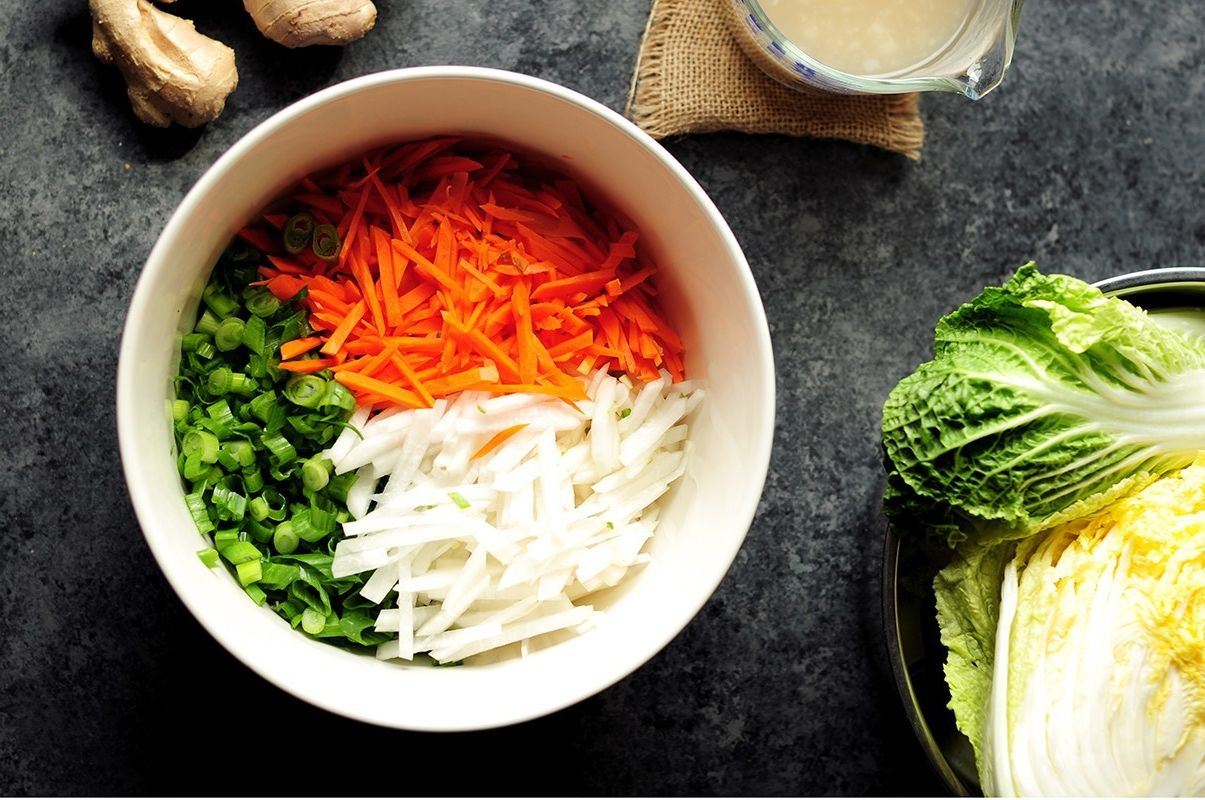
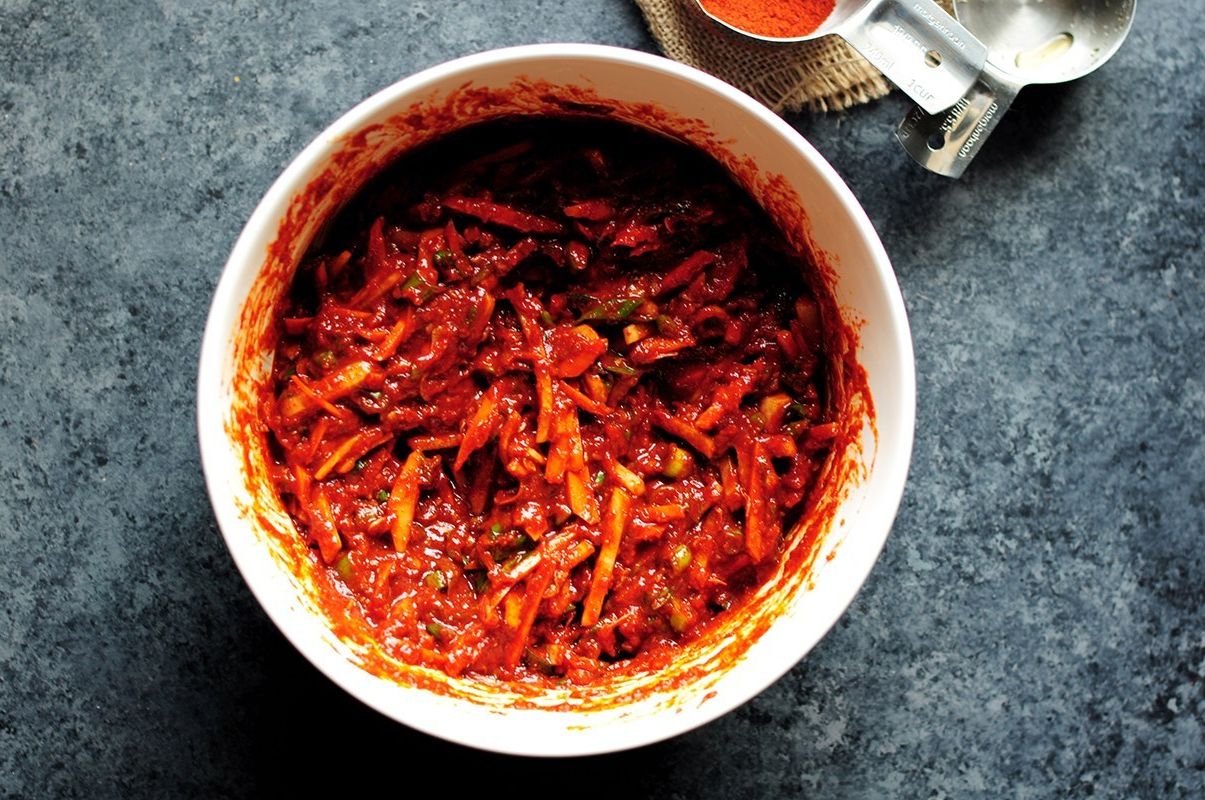
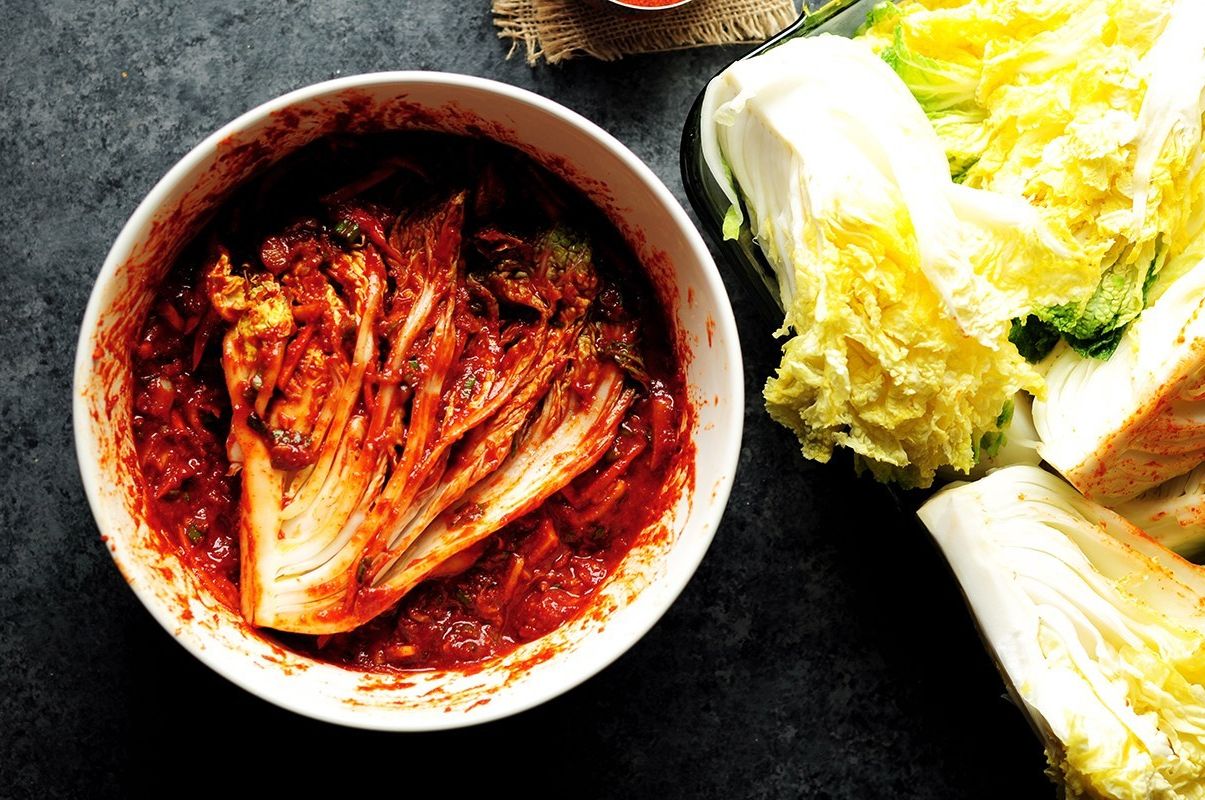
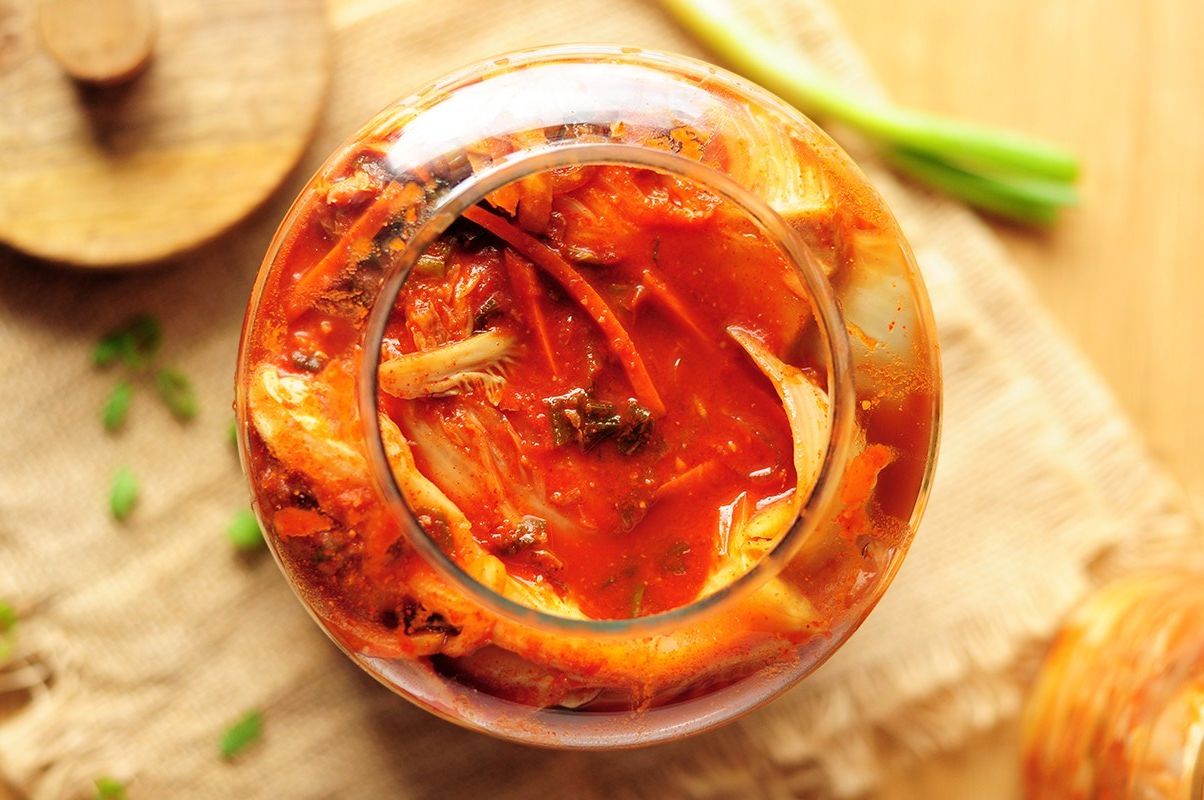
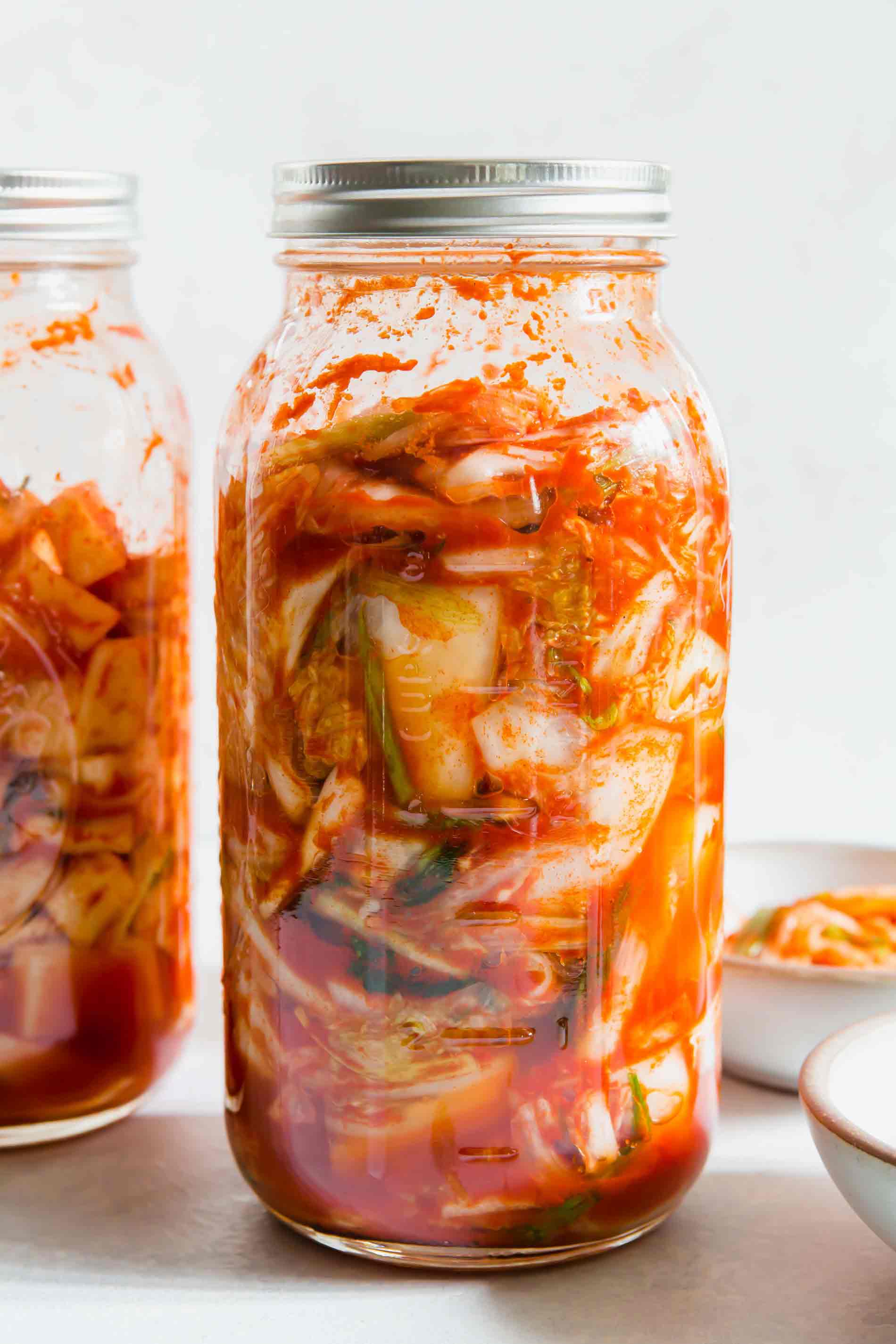
Home made kimchi fermented in room temperature, in an airtight jar
Home made kimchi fermented in room temperature, in an airtight jar
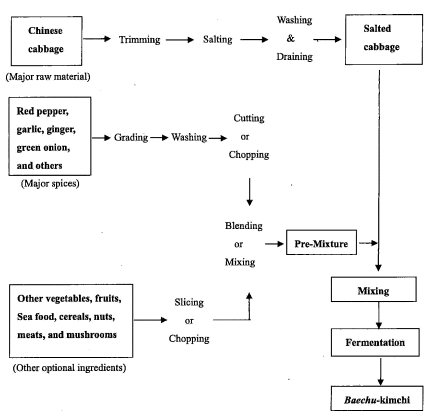
Flow-chart for production of baechu kimchi (Mheen, 2003, 58)
Flow-chart for production of baechu kimchi (Mheen, 2003, 58)
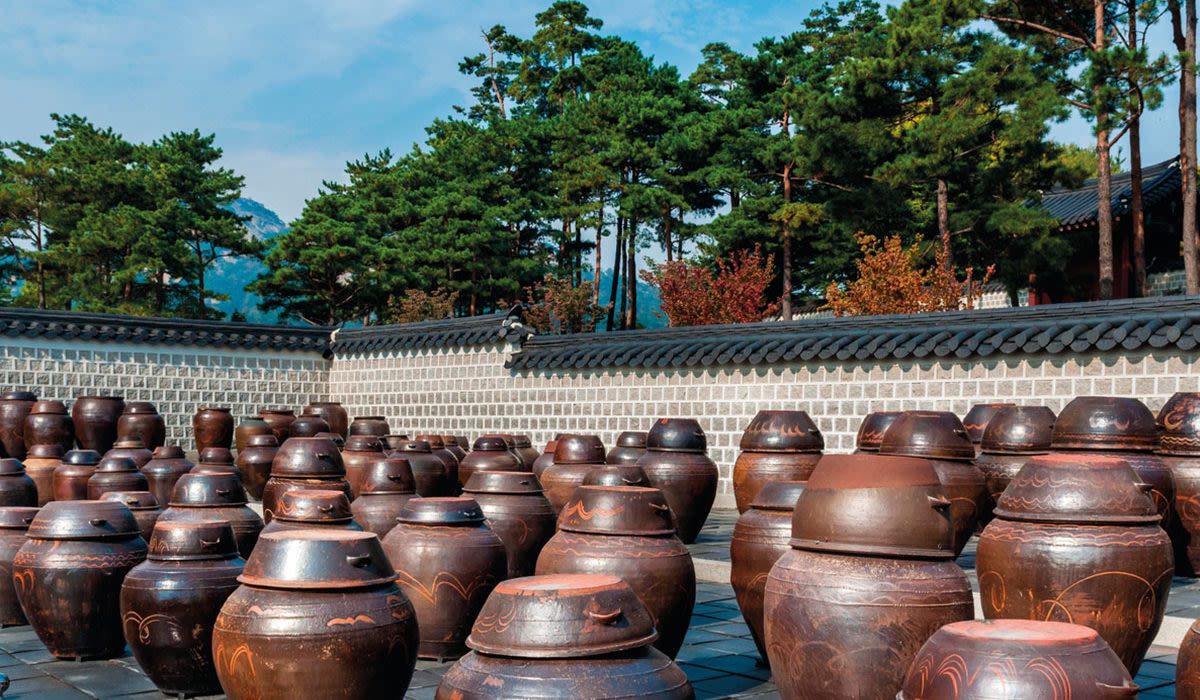
Onggi provides a conducive condition for the fermentation process - keeping the kimchi cool in the summer while preventing it from freezing in the winter.
Onggi provides a conducive condition for the fermentation process - keeping the kimchi cool in the summer while preventing it from freezing in the winter.
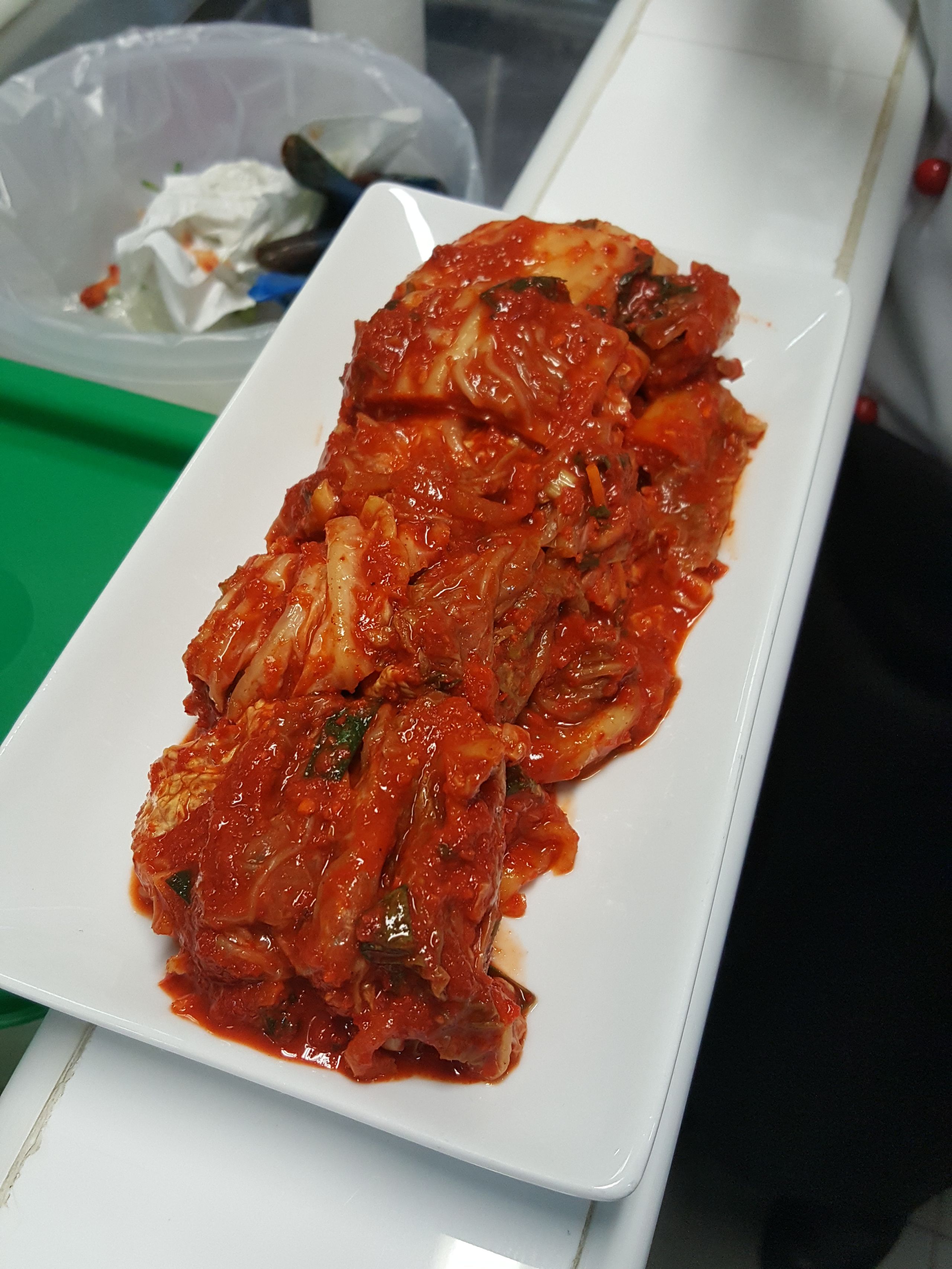
Shiyuan's overly spicy kimchi - 2016
Shiyuan's overly spicy kimchi - 2016
Science behind kimchi
According to historical records, the ancient agrarians of Korea developed a storage method in response to the long cold winters, the most strenuous season of agriculture. This method is known as fermentation, it is a widespread traditional practice for preserving and for improving flavour, texture, and other health functionalities – usually without adding another preserving agent (Hongu et al., 2017, 173).
A woman preserving her kimchi in large underground storage jars, Onggi for the winter.
A woman preserving her kimchi in large underground storage jars, Onggi for the winter.
An integral part of the scientization of kimchi is the use of changing variables in natural ingredients, temperature, and salt content amongst others as a factor in altering the fermentation process or flavours to impact the final product of kimchi. These changing variables have been practised in Korea. Nevertheless, it was only recently that we see the increase in scientific, academic journals researching the properties that affect the fermentation process of kimchi.
How does fermentation in kimchi works?
The key to fermentation is to encourage the growth of natural microbes – beneficial bacteria and to suppress the growth of pathogenic and harmful bacteria (Song et al. 2020, 1). The absence of oxygen is essential to stimulate the growth of LAB during fermentation as they do not require oxygen, while an anaerobic condition minimize the growth of aerobic bacteria as they need oxygen (Kim et al. 2012, 22). Furthermore, fermentation in kimchi occurs mainly due to the natural microbes in the main ingredients, which in this case refers to the cabbage. Kimchi fermentation is primarily a lactic acid fermentation; lactic acid bacteria (LAB) present in the cabbage convert sugar to lactic acid, acetic acid, carbon dioxide, and ethanol during fermentation, and these components are responsible for the taste of kimchi (Mheen, 2003, 57).
Kimchi Fermentation Process
Factors affecting kimchi fermentation
Fermentation is influenced by factors such as microbes in the main ingredients, salt concentration and temperature. The control over fermentation is essential as they also control the quality and uniformity of flavour, and the preservation period – which is especially important in the case of the kimchi production industry.
The following information/data on the optimum critical of kimchi is gathered from several controlled scientific examinations in understanding the factors affecting kimchi fermentation.
1. Selection of ingredients
Fermented food is usually prepared from raw ingredients, uncooked, with fermentative microbes that are endogenous. The microbial community at the initial fermentation stage may differ accordingly to the type of raw ingredients used. (Microbial, 2) However, a constant throughout these ingredients is the quality; evidently, great quality ingredients yield quality kimchi.
An example of a simple kimchi recipe may include 100g cabbage, 2g garlic, 2g red pepper powder, 2g green onion, 0.5g ginger, with an optimum salt content of 2-3%. (Park and Kim 2011, 194)
An example of a simple kimchi recipe may include 100g cabbage, 2g garlic, 2g red pepper powder, 2g green onion, 0.5g ginger, with an optimum salt content of 2-3%. (Park and Kim 2011, 194)
Through the examination of these ingredients; it is established that cabbage with a softer texture is desired for kimchi-making, but in the case of baechu kimchi, the hard texture is preferred for prolonged preservation period to prevent quick softening of texture due to acidification. Garlic is frequently used as a sub-ingredient in kimchi-making. Allicin found in garlic not only enhance the intense flavour of kimchi but also inhibits the growth of pathogenic bacteria and prolongs the preservation period. For green onion and ginger, both components cause retardation of fermentative progress (Mheen, 2003, 62-64). Red chilli pepper delays the rate of fermentation in kimchi and produces the redness that most associate with kimchi (Jeong et al., 2013, 1). These ingredients display traits that affect the fermentation and preservation of kimchi and flavour profiles.
2. Salting of cabbage
Fermentation begins with the salting of cabbage; this is an essential step in fermentation, preservation, and the overall maintenance of kimchi quality. The addition of salt provides the desirable condition for the growth of LAC and represses the growth of pathogenic microbes. (Kim et al. 2012, 21) Despite the many varieties of kimchi, salt remains the constant and most important ingredient in kimchi fermentation, although the quantity may vary.
Fermentation begins with the salting of the cabbage to remove excess moisture; this is to attain better taste and texture in the final product, and for a prolong preservation period.
Fermentation begins with the salting of the cabbage to remove excess moisture; this is to attain better taste and texture in the final product, and for a prolong preservation period.
There are two types of salting methods: dry salt (direct addition) and salt solution (brining). The direct addition method is more commonly used in household preparation while brining is used for commercial production. Although brining can also be used in household preparation, the same cannot be said for dry addition in commercial production. Direct addition constitutes of applying salt on each layer of cabbage leaves, which may not yield a consistent coverage and it adds on to the although the labour-intensive kimchi-making process. While brining produces a more uniform consistency of quality kimchi that commercial production requires (Mheen, 2003, 57).
For baechu kimchi, the optimum salt concentration is 2-3% to assure a less salty, crispy quality kimchi with a more extended preservation period. A less than 2% rate encourages rapid fermentation, which frequently causes over-acidification and softening of cabbage. While a salt concentration over 5% produces kimchi that is too salty, with fewer flavours and a poor appearance (Mheen, 2003, 59).
3. Temperature Control
Temperature is the next most crucial condition of kimchi fermentation. Once all the kimchi ingredients are combined and placed in an air-tight jar, the kimchi will be ready for fermentation. The storage temperature depends on the consumption and storage needs; short-term consumption calls for fermentation at room temperature, whereas a more extended storage period requires fermentation at low temperature (Prata, Das and Shin, 2016, 5). Nevertheless, in general, the optimum temperature for fermentation, according to research, is 10-15°C, with the storage temperature under 5°C (Mheen, 2003, 61).
Starter Culture in Commercial Production
Traditionally, kimchi has been prepared and stored at home. The popularity of kimchi has grown gradually, leading to an increase in commercial market size. However, kimchi ferments continuously during distribution and storage, and over fermentation decreases the quality of kimchi significantly while altering the taste and texture. Thus, the extension of shelf life and uniform quality of kimchi is a significant challenge in the kimchi industry (Kim et al., 2012, 20). The delay of fermentation may be achieved by careful standardisation of the production procedure, for instance, the use of high-quality raw material, starter cultures, and suitable fermentation conditions.
Production Process in a kimchi Factory.
The use of starter has been one of such alternatives for improving quality, consistency, and prolong preservation in kimchi fermentation as spontaneous fermentation, without controlling factors, makes it difficult to produce uniform quality and flavour. For instance, let us examine Leuconostoc mesenteroides as a starter culture – refers to microbes that are used in production to execute fermentation. Research has shown that it increases the rate of fermentation while simultaneously contributing to the production of commercial kimchi with greater consistency and functional properties (Jung et al., 2012, 386).
What about the ways of delaying fermentation? One of the most frequent ways to delay fermentation is to add natural antimicrobial agents – such as fruits, extracts from medical herbs, spices, or other miscellaneous substances to kimchi (Kim et al., 2012, 22). Likewise, the level of salt concentration and temperature mentioned previously also determines the rate of fermentation. These factors are more appropriate means as antimicrobial agents may alter the sensory flavour of the kimchi, and further research is required to obtain the optimum.
Kimjang
Traditionally in Korea, large quantities of kimchi are prepared during an annual event, kimjang, to preserve kimchi for consumption during the winters when fresh vegetables are scarce. There are specific preparation methods and ingredients used in different family traditions, the recipes are an essential part of the family heritage and typically passed down from mothers-in-law to daughters-in-law as highlighted in the video below.
UNESCO: Kimjang, making and sharing kimchi in the Republic of Korea inscribed in 2013 on the Representative List of the Intangible Cultural Heritage of Humanity.
With the increase in agricultural technologies and industrialisation of kimchi, fresh vegetables and hence kimchi are both readily accessible and commercially available throughout the seasons (Prata, Das and Shin, 2016, 5). Despite the convenience of commercial kimchi, kimjang remains a ritual in which families carried out during the kimjang season, held annually during mid-November to early-December. In part, it refers to the embodiment of the Korean communal culture that emphasis on the involvement of the community, families, and neighbours. Wherein everyone gathers in union with nature to make kimchi. Nature here refers to not only the season but the ingredients, although kimjang is prepared in the winter, the ingredients are prepared throughout the four seasons. In spring, shrimps and other seafood are caught and fermented to enrich the flavour of kimchi, while in summer, sea-salt is cultivated for brining. In the late fall, dry red chilli pepper is grounded into powder, while in late autumn/early winter, Korean cabbage will be fully grown to indicate the start of the kimjang season.
The day of Ipdong falls on Monday, Nov. 7, this year, and marks the beginning of winter according to the traditional farming calendar.
The day of Ipdong falls on Monday, Nov. 7, this year, and marks the beginning of winter according to the traditional farming calendar.
Models of Kimjang - a communal effort of everyone in the community.
Models of Kimjang - a communal effort of everyone in the community.
By tradition, to maintain the anaerobic condition necessary for proper kimchi fermentation, kimjang kimchi is stored in onggi, traditional crock buried underground, throughout winter. Large rocks are used as weights to weigh down the kimchi to reduce air pockets. Also, the tiny pores that are naturally found in the onggi trap airs and provide an ideal state required for kimchi fermentation. However, with the advancement of technologies, kimchi refrigerator is available to mimic the onggi’ conditions with much convenient storage (Park and Cheigh, 2004, 198-199).
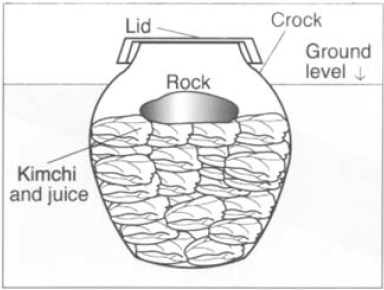
Traditional crock for kimchi storage that is buried in the ground (Park and Cheigh, 2004, 199)
Traditional crock for kimchi storage that is buried in the ground (Park and Cheigh, 2004, 199)
A cross-section of an onggi filled with cabbage, both before and after processing, in preparation for the winter.
A cross-section of an onggi filled with cabbage, both before and after processing, in preparation for the winter.
Concluding, for this section, it is evident that fermentation plays a significant role in the arts and science of kimchi, not only giving kimchi its signature sour taste but also prominent as a preservation tool. Kimchi-making is still prominent through kimjang, and it is scientised. This is evident in the transmission from household production to commercial production. Fermentation has been used to preserve food for a long time. With the greater demand for kimchi in domestic consumption and export, there is a greater necessity for consistency in kimchi quality while preserving over fermentation, and these are achieved through a series of scientific experiments and technological innovation.
What's So Good About Kimchi?
Health Benefits
(Park, Jeong, Lee, Daily, 2014, 6-14)
When kimchi is fermented with lactic acid bacteria (LAB), its taste and functionality are enhanced and it becomes a good probiotic food (think of it like yoghurt).
Major ingredients of kimchi are cruciferous vegetables which are rich in vitamins and minerals such as folate and vitamin K. Kimchi (especially baechu kimchi) is a low-calorie food (18 kcal/100 g) containing high levels of vitamins (vitamin C, vitamin B complex, etc.), minerals (Na, Ca, K, Fe, and P), dietary fiber, and other functional components.
1. Anti-cancer
Kimchi extracts inhibit growth of human cancer cells and enhance the immune function of natural killer cells. Anticancer effects of kimchi are mostly due to regulation of apoptosis of cancer cells and the inhibition of inflammation. More importantly, the concentration and kinds of salt used in kimchi preparation are vital in the chemoprevention of cancer. For instance, baked salt is very effective in preparing cancer-preventive kimchi. Especially, anticancer kimchi that is prepared with organically cultivated baechu cabbage with added functional ingredients, including mustard leaf, Chinese pepper, etc showed the highest inhibitory activity.
2. Anti-oxidative & anti-aging
Kimchi consumption moderates the increase in free radical production which slows down the aging process. In particular, kimchi fermented for weeks displayed highly protective effects.
3. Anti-obesity
Capsaicin in red pepper that is used in making kimchi can cause body fat loss in the body by stimulating spinal nerves and thus activating the release of catecholamines in the adrenal glands. This compound increases metabolism and the expenditure of energy.
This is confirmed through experiments where obese women who were supplemented with kimchi capsules and exercised exhibited a remarkable decrease in body weight and body mass index (BMI) compared to the group that was not supplemented with kimchi capsules.
4. Lowering cholesterol
LAB itself metabolize dietary cholesterol and deconjugate bile salts in the colon and prevent their reabsorption in the liver. Such would decrease cholesterol levels in the serum.
5. Other health benefits
Kimchi has blood glucose lowering and antidiabetic effects. Besides, it has hematopoietic ability which increases immune cell development and growth. It can also prevent constipation due to the dietary fibre it provides.
Most fermented foods in Korea, and especially kimchi, use salt (natural sea salt) as a preservative and to support LAB fermentation. However, salt may cause stomach cancer and high blood pressure in humans. Having said that, fermentation process can reduce the negative effects of salt.
Why is Health Benefit a Major Issue?
Good health is related to the broader concept of being modern and civilized. A more direct implication would be a more healthy population leading to greater advancements and higher standards of living. On a much deeper level, a healthy society is inherently a political and economic tool to consolidate national strength (Rogaski, 2004, 229).
The idea of 위생 (衛生, wisaeng) stemmed from the political motivation of trying to distance the nation away from diseases so as to undergo a racial improvement for a stronger nation. Wisaeng, is of course made more palatable to the public by health promotion campaigns that spoke little of its political agenda. Health and wellness thus became a modus operandi for South Koreans. This can be seen from South Korean films like 200 pounds beauty where it reflects South Korean society perceptions towards obese or 'unhealthy' people. Against such backdrop, kimchi is commodified as a health product that builds on people's desire to be in good health.

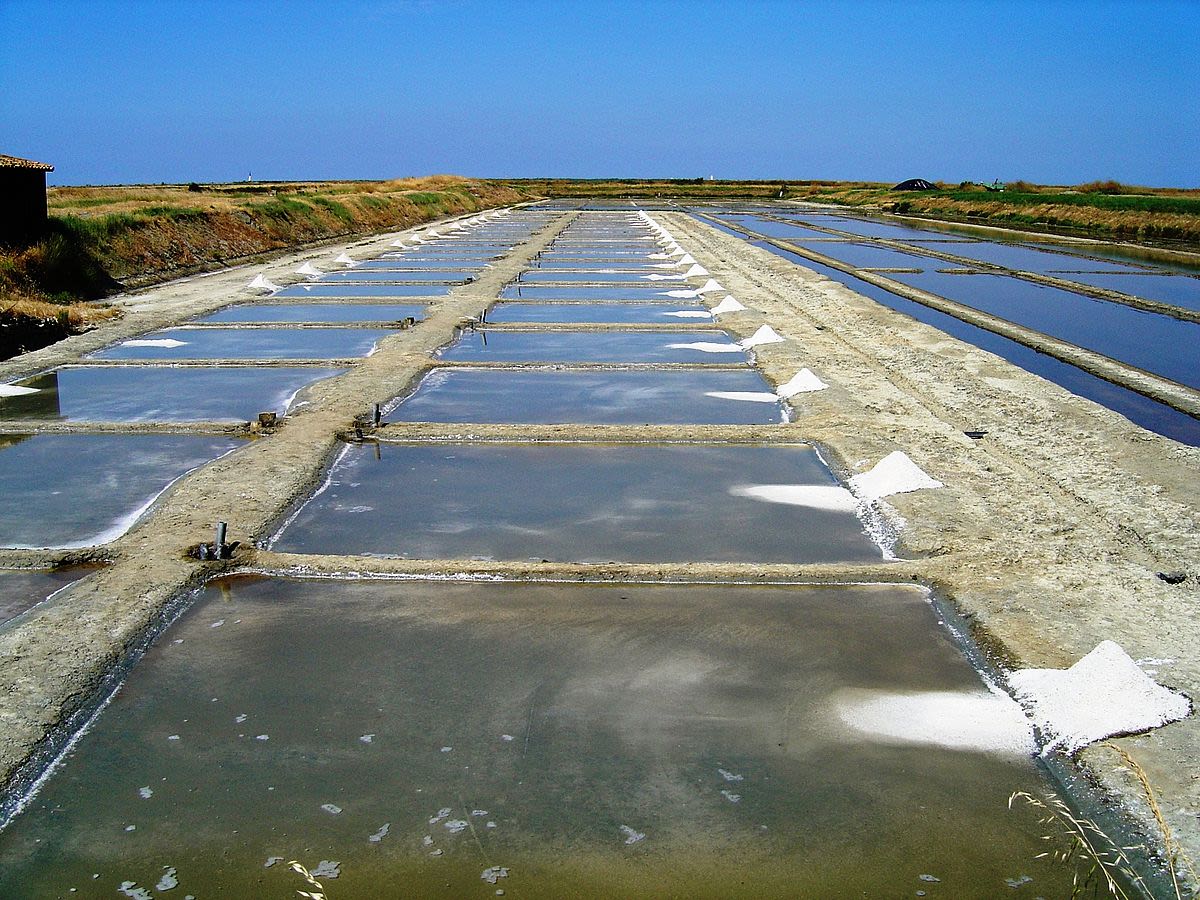

Fermenting an Intangible Cultural Heritage
Added to UNESCO’s Intangible Cultural Heritage list in 2013, kimchi fermentation is an activity that revolves around people at the heart of everything. Not only is it a family activity that knits ties, it is also an instance where female agency rises above males where a male's touch during kimchi fermentation will render it bad luck kimchi (https://www.npr.org/sections/thesalt/2016/08/22/489805398/how-south-korea-uses-kimchi-to-connect-to-the-world-and-beyond).
Popular culture, more endearingly known as the Korean wave, has greatly contributed to the rise of kimchi. People around the world are exposed to kimchi through an entertainment lens.
Historical Korean Drama: Taejanggum
This 2003 fictional historical drama hits home for many. Situated in the Joseon dynasty, the plot centers around the king and his female royal physician. All romance aside, the drama introduces many appetising royal court cuisines, including kimchi, that benefit health.
This is a scene where the busy protagonist prepares a huge meal for a royal celebration
Contemporary Family Drama:
Everybody Say Kimchi
This 2014 comedy-drama series focuses on a kimchi-making conglomerate. While it has the typical plot of a family drama, it nevertheless serves to promote kimchi as a cultural and economic symbol of South Korea.
Once Again
In this 2020 light-hearted drama-series, kimchi-making has become ritualized into a bi-weekly routine for the Song family. The drama portrayed kimchi-making as a fun bonding activity that gels the family together, thereby reinforcing the idea of kimchi-making as one that is highly localised and cultural in nature.
Skip to [3:32-5:39]: A scene of kimchi-making as a family activity. With male representation, it breaks away from the traditional view to include males in the family bonding
Variety Show: Korean Hostel in Spain
Taking things international, it is not uncommon for Koreans to bring their culture to Europe. Korean Hostel in Spain is one such variety show that brings three male celebrities to Spain where they manage a hostel which served as a pitstop for people going to cathedral of Santiago de Compostela. A large part of the filming focused on the celebrities serving Korean food to the Europeans which seemed to be well-received.
Europeans enjoying Korean food and kimchi
While such an act may seem well-meaning, it can be deeply political in nature. It can be seen as a further outreach on South Korea's soft power and presence in the West. Thus, this once again proved how pop culture and politics are closely tied.

Boyband BTS commanding a huge following worldwide brings South Korea's cultural heritage internationally as well
Boyband BTS commanding a huge following worldwide brings South Korea's cultural heritage internationally as well

Everybody say kimchi's iconic scene on kimchi slap showing how kimchi is prevalent in the everyday life of South Koreans
Everybody say kimchi's iconic scene on kimchi slap showing how kimchi is prevalent in the everyday life of South Koreans

2020 drama Once Again showed how kimchi is being portrayed to audience within and outside of Korea
2020 drama Once Again showed how kimchi is being portrayed to audience within and outside of Korea

Korean Hostel in Spain where Europeans loved the Korean food served while Koreans themselves finally get to taste something that equates to home. This sort of cultural agglomeration through Korean kimchi and cuisines puts South Korea's presence on an international stage
Korean Hostel in Spain where Europeans loved the Korean food served while Koreans themselves finally get to taste something that equates to home. This sort of cultural agglomeration through Korean kimchi and cuisines puts South Korea's presence on an international stage
Politicizing kimchi Heritage: Gastrodiplomacy
Food, similar to other materials of identity, can be an insignia of identity that mirrors symbols of national or cultural belongings, for instance, the national anthem and flag. Simply put, when you think of South Korea, you think of kimchi (vice versa) (Cho, 2006, 208-210).
Gastrodiplomacy can be defined as “the act of winning hearts and minds through stomachs” (Nirwandy and Awang, 2013, 328). It is an instrument to create a cross-cultural understanding to improve interactions and cooperation at a government-to-government level. Having said that, it has also shifted to also become a tool of competition between governments.
Why kimchi?
In the case of kimchi, support from the Korean wave allowed the dish to reach a wide range of audiences. This enabled the Korean government, who sees itself as a soft middle power in the Far East to exert its hegemon over Japan which also contested the idea of kimchi (or known as kimuchi in Japan). This is especially important for South Korea as they continue to rival Japan.
“Korean Cuisine to the World” campaign
By sponsoring cultural events and boosting outreach efforts through K-pop concerts (Boybands like BTS enjoys a following of 136million worldwide), South Korea is able to introduce Korean food like kimchi, bibimbap, and bulgogi to international fans. Kimchi, in particular, is seen by the South Korean to be a crucial ingredient in her diplomacy recipe. The use of kimchi as a national branding allows South Korea to enjoy the global reputation of having diverse and unique cultures of culinary. This moulding of global patterns is a form of soft power exerted by South Korea and an attempt to exhibit dissimilarity between Korean and Japanese models (Nirwandy and Awang, 2013, 327-331).
More importantly, South Korea is enabled to establish a robust economic development through gastronomy and tourism. This proves that gastro diplomacy does not only communicates the non-verbal aspects— food and culture— it also promotes progressive economic growth and trade.
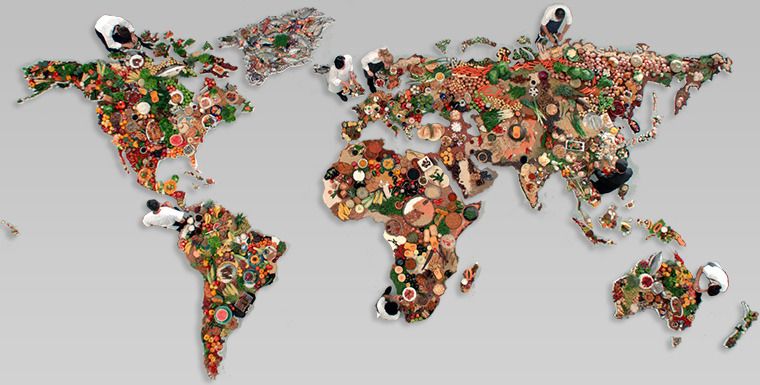
Gastrodiplomacy binding and connecting people BUT can also be served as gastrowarfare
Gastrodiplomacy binding and connecting people BUT can also be served as gastrowarfare
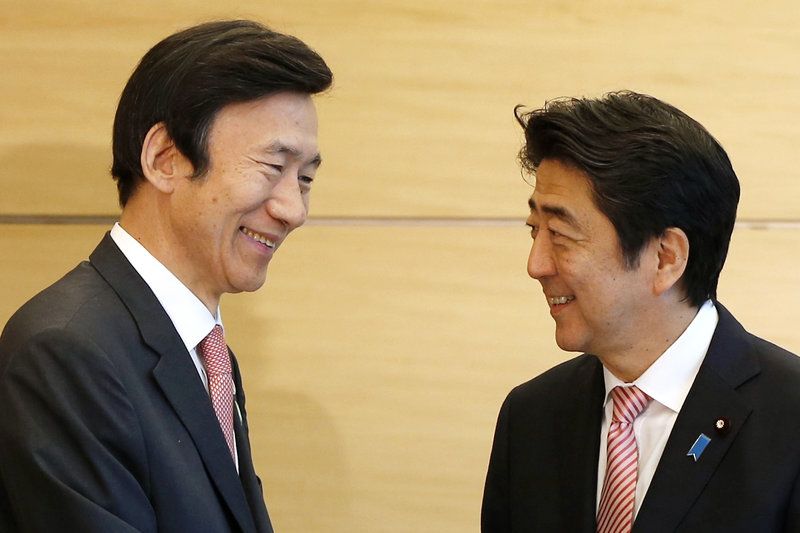
Best frenemies? Korea and Japan contestation/rivalry extends even to food (kimchi VS kimuchi)
Best frenemies? Korea and Japan contestation/rivalry extends even to food (kimchi VS kimuchi)
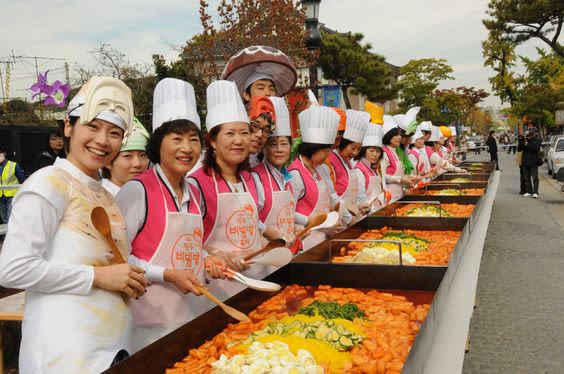
South Korea food festival
South Korea food festival
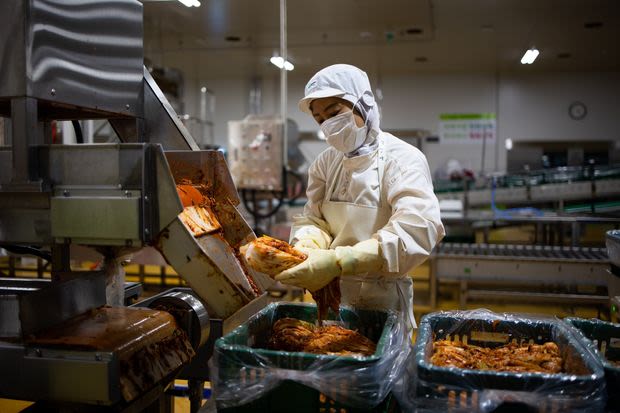
Kimchionomics?
Kimchionomics?
Economic Potentials from Gastro Diplomacy
Trade & Consumerism
International recognition of kimchi paved the way for South Korea to export their product and serves as a way to consolidate South Korea's economic power (Kyung, 2010, 154-156).
South Korea’s food giant CJ Group serves as an example of how multi-national companies in South Korea accounts for a significant portion of their GDP growth. Employing a unique Korean food, bibimbap, to create its slogan “Bibigo,” with a tagline “Taste of Korea.”, dominates the frozen Korean food industry. They have created a reputation that allows consumers to trust them with authentic dumplings and kimchi. Riding on the K-pop wave, the phrase “Psygo Bibigo” was used in campaign materials to highlight the campaign’s spokesperson, popular musician Psy. Additionally, Bibigo intentionally launched menus tailored to British people, allowing South Korea to further stretch its influence (Zhang 2015, 6-7).
At this point in time, one should note that the economic developments of South Korea are tightly linked to its political aims, not to mention that South Korea's conglomerates often have close relations with its government.
Kimchi Tourism
Culinary tourism can be defined as trips that involve the purchase or consumption of regional foods and beverages, or the observation and study of food productions. Culinary tourism also cultural tourism, for cuisine is an integral part of the culture of all communities.
South Korea took to the Internet as their main marketing tool. The Korea Tourism Organization has a very comprehensive introduction to the country’s traditional gastronomy on its website which promotes food tourism in Korea.
The website includes:
1. Introduction to Korea
Introduces the types of Korean Food, Kimchi, Royal Cuisine, Festive Foods, and a Korean Food Culture Series
2. How to Eat
Educating on table manners, types of table settings, and a reference guide to names of Korean food)
3. What to Eat
Promotes quintessential Korean Food, traditional liquors and wines, traditional teas, and popular snacks
4. Where to Eat
Provides gourmet restaurants series, restaurants for vegetarians, food festivals, Best Culinary Day Tour in Seoul, Islamic & Indian Cuisine in Korea
This website thus details Korean gastronomical history, festive cuisines, seasonal cuisines, local food, table manners, and chefs engaged in the practice of traditional culinary skills. It creates a strong Korean identity (Spooner, 2000, 3) and offers an in-depth guide to Korean cuisine and gastronomy. In it, kimchi plays a huge role that further sells the kimchi identity to tourists (Horng and Tsai, 2010, 75-83).
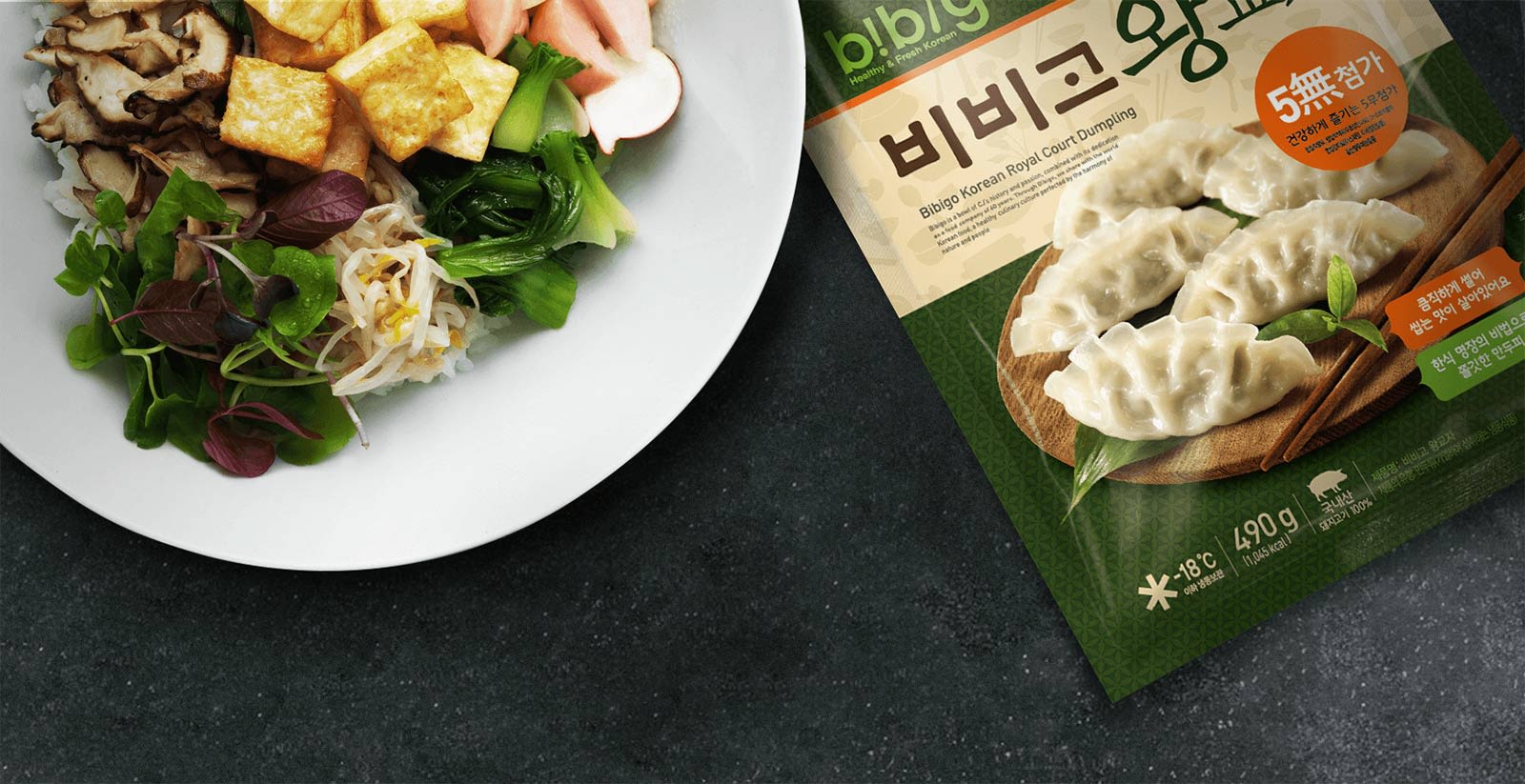
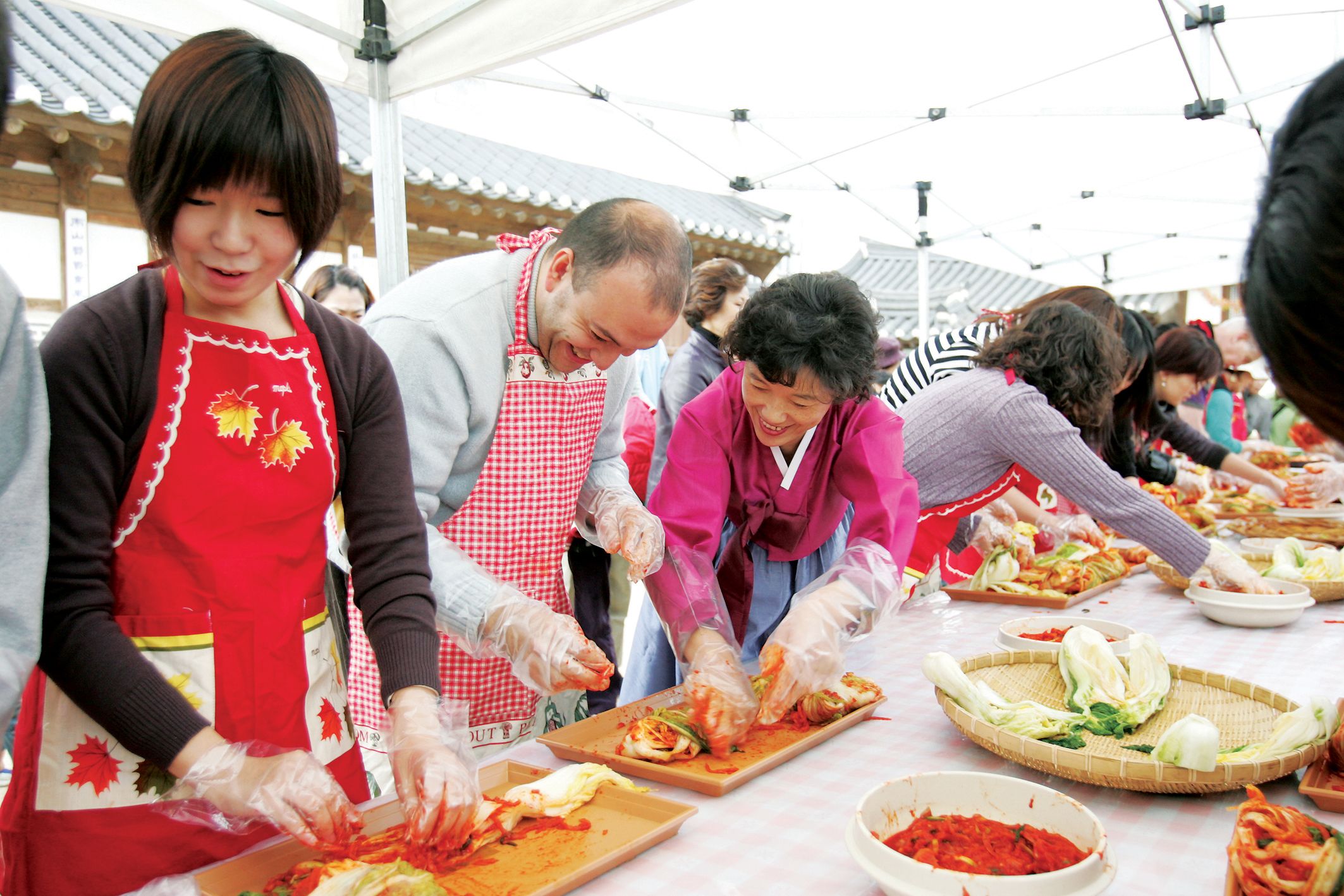
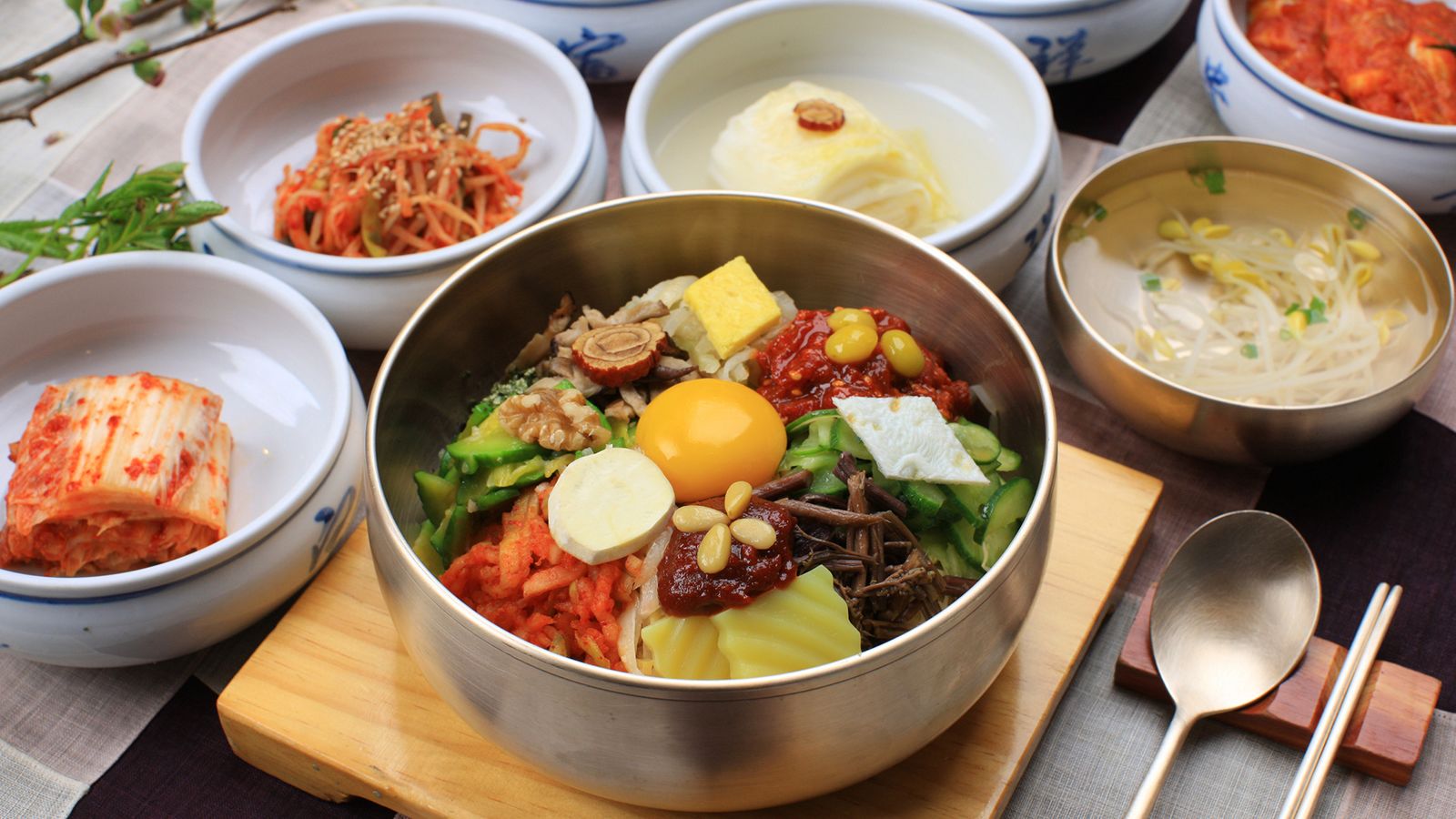
Korean Restaurants or Embassies?
Korean restaurants serve multi-purposes and all of which are inherently interlinked. This is especially so for Korean restaurants overseas where one can argue that its symbolism bears resemblance to that of embassies. It is a display of friendly relations between two nations and the inclusion of culture and understanding between nations (Collins, 2008, 152-153).
Korean Fusion
Many Korean restaurants seek to add an element of novelty in Korean cuisines by fusing it with the cuisine of another nation. For example, Korean beef tacos stuffed with kimchi are a huge hit in the U.S., showing how powerful Korean cuisine is to be blended with typical Mexican-American food. Beyond that, cookbooks like The Kimchi Chronicles where they provide Korean cooking recipes for an American Kitchen further cements the idea that Korean cuisines (which encompasses kimchi) are flexible and an easy fit even for non-Asian cuisines. Coupled with South Korea's coalition-building strategy where partnerships with Korean Culture Center in Los Angeles and the French culinary school Le Cordon Bleu to publish a cookbook of Korean-French fusion dishes (Zhang, 2015, 13), it sealed the deal of South Korea's gastronomic power. This is again, a link back to South Korea's soft power through hybrid gastro diplomacy. It articulates South Korea's affiliation with the U.S global hegemony dominance. This extension of gastro diplomacy applications reflects South Korea's branding on international fronts, further providing economic and political might.
Yet, even as the South Korean brand emerges, they are heavily attached to the U.S hegemon. Thus, the concern here is about the dilution of Korean values. Besides, the missing piece of the kimchi jigsaw might also lie with North Korea's practices.
In all, kimchi as a health and wellness food product is heavily tied to its socio-political context with economics deeply embedded as a state agenda. Kimchi as a cultural symbol is thus a tool for international influence and perhaps, gastro warfare (Spence, 2016, 5-9) as it subconsciously structures the lives of people.
"Food is not rational. Food is culture, habit, craving and identity." - Jonathan Safran Foer

Korean beef tacos stuffed with kimchi shows versatility in Korean cuisines
Korean beef tacos stuffed with kimchi shows versatility in Korean cuisines
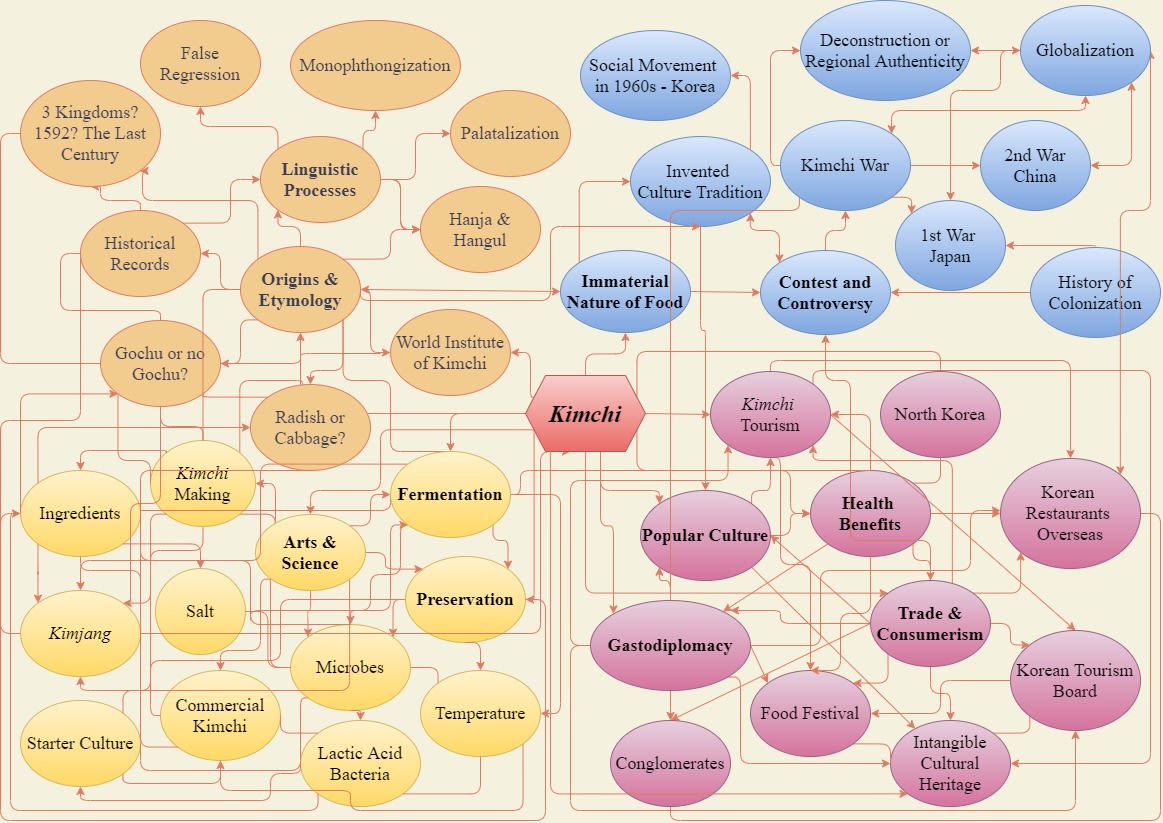
Bibliography
Origins and Etymology
Ariton, Geninna. “Kimchi isn’t Vegan – How does the Plant-Based Take on Korea’s National Dish Compare, and What do Korean Chefs Really Think?” South China Morning Post, May 25, 2020. https://www.scmp.com/magazines/style/news-trends/article/3085963/kimchi-isnt-vegan-how-does-plant-based-take-koreas.
Bae, MH and Sung-Woo Lee. “Study on History and Quality Evaluation of Various Hot Peppers.” Journal of Korean Living Science 1, no. 1 (1984): 187–202.
Gae-sung, Park. Drink the Kimchi Drink First. Seoul: Hangul Hanja Culture, 2007.
Jang, Dai-Ja, Kyung Rhan Chung, Hye Jeong Yang, Kang-sung Kim, and Dae Young Kwon. “Discussion on the Origin of Kimchi, Representative of Korean Unique Fermented Vegetables.” Journal of Ethnic Foods 2, no. 3 (September 2015): 126–36. https://doi.org/10.1016/j.jef.2015.08.005.
Jo, Jae-Sun. ‘‘Background and Development of Korean Kimchi.” Koreana 22, no. 4 (Winter 2008): 8–11.
Kim, Eun-young. “World Institute of Kimchi as a Leading Global Institute of Fermented Foods.” Biotechnology Journal 8, no. 7 (July 2013): 759–60. https://doi.org/10.1002/biot.201300184.
Kim, Ji-won. “The Korean Tradition of Translation: From the Primeval Period to the Modern Era.” Journal of Language and Translation 9, no. 1 (March 2008): 41–60. https://www.sejongjul.org/download/download_pdf?pid=jul-9-1-41.
Kochetov, Alexei. “Palatalisation”. In The Blackwell Companion to Phonology, edited by Marc van Oostendorp, Colin J. Ewen, Elizabeth Hume, and Keren Rice, 1–25. New Jersey: Wiley-Blackwell, 2010. https://works.bepress.com/alexei_kochetov/20/.
Kwon, Dae Young, Dai-Ja Jang, Hye Jeong Yang, and Kyung Rhan Chung. “History of Korean Gochu, Gochujang, and Kimchi.” Journal of Ethnic Foods 1, no. 1 (December 2014): 3–7. https://doi.org/10.1016/j.jef.2014.11.003.
Lee, Sung-Woo. “Study on Movements and Interchanges of Kimchi in China, Korea and Japan.” Journal of Nutrition and Food (Hangukyungsikji) 4, no. 1 (1975): 71–95. https://www.koreascience.or.kr/article/JAKO197503042242284.pdf.
Look and Walk Blog. “Kimchi Jjigae.” Accessed October 30, 2020. http://blog.lookandwalk.com/en/blog/foodguide/2602.
Luo, Xiao, Yike Yang, and Jing Sun. “A Study on the Korean and Chinese Pronunciation of Chinese Characters and Learning Korean as a Second Language.” Paper presented at the 32nd Pacific Asia Conference on Language, Information and Computation, Hong Kong, 2018. https://www.aclweb.org/anthology/Y18-1050.pdf.
Macmillan Dictionary. “Buzzword: Kimchi also Kimchee.” Accessed October 30, 2020. https://www.macmillandictionary.com/buzzword/entries/kimchi.html.
Oyinloye, Mayowa Emmanuel. “Monophthongization in the Adaptation of Selected English Loanwords in Yorùbá: A Constraint-Based Analysis.” Journal of Universal Language 21, no. 1 (March 2020): 29–67. https://www.sejongjul.org/download/download_pdf?pid=jul-21-1-29.
Paek, Doo-Hyeon. “Etymology of Kimchi: Philological Approach and Historical Perspective.” Journal of Korean Society and Food Culture 34, no. 2 (2019): 112–28. https://doi.org/10.7318/KJFC/2019.34.2.112.
Shim, Jae-kee. “Formation of Korean Alphabet.” Language Research 23, no. 3 (1987): 527–37. http://s-space.snu.ac.kr/bitstream/10371/85783/1/11.%202234478.pdf.
The Korea Foundation. Hangeul: Korea’s Unique Alphabet. Seoul: Seoul Selection, 2010.
The Straits Times. “A Kimchi Disaster is Brewing after Cabbage Fields Crippled across South Korea.” The Straits Times, October 18, 2020, https://www.straitstimes.com/asia/east-asia/a-kimchi-disaster-is-brewing-after-cabbage-fields-crippled-across-south-korea.
Williamson, Lucy. “Kimchi: South Korea’s Efforts to Boost its National Dish.” BBC News, February 4, 2014, https://www.bbc.com/news/world-asia-25840493#:~:text=Korea's%20sour%20and%20spicy%20national,in%20Europe%20and%20the%20US.
World Institute of Kimchi. “The Science and Culture of Kimchi: Journey into Healthy Kimchi.” Accessed October 30, 2020. https://www.wikim.re.kr/upload/board/0012/14980301068240.pdf.
Yang, Hye-Jeong, Dai-Ja Jang, Kyung Rhan Chung, Kang-sung Kim, and Dae Young Kwon. “Origin Names of Gochu, Kimchi, and Bibimbap.” Journal of Ethnic Foods 2, no. 4 (December 2015): 162–72. https://doi.org/10.1016/j.jef.2015.11.006.
Contest and Controversy over Kimchi
Asakura, Toshio. “Cultural heritage in Korea – from a Japanese perspective.”
Dong, Choon, Kim. “The Great Upsurge of South Korea’s Social Movements in the 1960s.” Inter-Asia Cultural Studies 7, no. 4 (December 2006): 619–33. doi:10.1080/14649370600983071.
Han, Kyung-Koo. "The “Kimchi Wars” in Globalizing East Asia: Consuming Class, Gender, Health, and National Identity." In Consuming Korean Tradition in Early and Late Modernity: Commodification, Tourism, and Performance, edited by Laurel Kendall. University of Hawai'i Press, 2010. University Press Scholarship Online, 2016. doi: 10.21313/hawaii/9780824833930.003.0008.
Hobsbawm, E. J., and T. O. Ranger. The Invention of Tradition. Cambridge: Cambridge University Press, 2019.
Jang, Dai-Ja, Kyung Rhan Chung, Hye Jeong Yang, Kang-sung Kim, and Dae Young Kwon. “Discussion on the Origin of Kimchi, Representative of Korean Unique Fermented Vegetables.” Journal of Ethnic Foods 2, no. 3 (September 2015): 126–36. https://doi.org/10.1016/j.jef.2015.08.005.
Kim Kwang-ok. "Contested Terrain of Imagination: Chinese Food in Korea." Changing Chinese Foodways in Asia. Eds. Wu, David Y. H. and Chee-Beng Tan. Hong Kong: Chinese University Press, 2001. 201-17. https://umich.instructure.com/courses/181819/files/5072445/download?verifier=hL3aGDeKkFQPQdhiV2ffYgX7Wb91yCeGbL7bC4rs&wrap=1
Lee, Y. Kimchi no longer solely Korea's: Finance and development. Finance & Development, 51(2), 32-33. (2014) Retrieved from https://remotexs.ntu.edu.sg/user/login?url=https://www.proquest.com.remotexs.ntu.edu.sg/docview/1535659462?accountid=12665
Matsuda, Akira, and Luisa Elena Mengoni, eds. Reconsidering Cultural Heritage in East Asia. London: Ubiquity Press, 2016. Accessed November 6, 2020. http://www.jstor.org/stable/j.ctv3t5qwd.
Miller, Daniel. Material Culture and Mass Consumption. Oxford Blackwell. 1987.
O’tsuki, Grant Jun, "Shit’s Getting Real: A Cultural Analysis of Toilet Paper," Grant Jun Otsuki: Anthropology of Science, Technology and Japan, 2020, https://www.gjotsuki.net/shits-getting-real-a-cultural-analysis-of-toilet-paper/.
Arts and Science of Kimchi
Hongu, Nobuko, Angela S. Kim, Asuka Suzuki, Hope Wilson, Karen C. Tsui, and Sunmin Park. “Korean Kimchi: Promoting Healthy Meals through Cultural Tradition.” Journal of Ethnic Foods 4, no. 4 (2017): 172–180. https://doi.org/10.1016/j.jef.2017.08.005.
Hui, Y. H., Kun-Young Park, and Hong-Sik Cheigh. “Kimchi.” Essay. In Handbook of Vegetable Preservation and Processing, 190–224. New York: Marcel Dekker, 2004.
Jeong, Sang Hyeon, Hyo Jung Lee, Ji Young Jung, Se Hee Lee, Hye-Young Seo, Wan-Soo Park, and Che Ok Jeon. “Effects of Red Pepper Powder on Microbial Communities and Metabolites during Kimchi Fermentation.” International Journal of Food Microbiology 160, no. 3 (2013): 252–59. https://doi.org/10.1016/j.ijfoodmicro.2012.10.015.
Jung, Ji Young, Se Hee Lee, Hyo Jung Lee, Hye-Young Seo, Wan-Soo Park, and Che Ok Jeon. “Effects of Leuconostoc Mesenteroides Starter Cultures on Microbial Communities and Metabolites during Kimchi Fermentation.” International Journal of Food Microbiology 153, no. 3 (2012): 378–87. https://doi.org/10.1016/j.ijfoodmicro.2011.11.030.
Kim, Jinsol, Jihyun Bang, Larry R. Beuchat, Hoikyung Kim, and Jee-Hoon Ryu. “Controlled Fermentation of Kimchi Using Naturally Occurring Antimicrobial Agents.” Food Microbiology 32, no. 1 (2012): 20–31. https://doi.org/10.1016/j.fm.2012.05.007.
Kimjang, Making and Sharing Kimchi in the Republic of Korea. YouTube. UNESCO, 2013. https://www.youtube.com/watch?v=RlBxerNfzzI.
“Kimjang, Making and Sharing Kimchi in the Republic of Korea.” UNESCO. Accessed November 5, 2020. https://ich.unesco.org/en/RL/kimjang-making-and-sharing-kimchi-in-the-republic-of-korea-00881.
Lee, Young C. “Kimchi: The Famous Fermented Vegetable Product in Korea.” Food Reviews International 7, no. 4 (1991): 399–415. https://doi.org/10.1080/87559129109540920.
Mheen, Tae Ick. “Factors Affecting Kimchi Fermentation.” Japanese Journal of Lactic Acid Bacteria 14, no. 2 (2003): 56–71. https://doi.org/10.4109/jslab1997.14.56.
Murfin, Brian. "KOREAN KIMCHI CHEMISTRY: A Multicultural Chemistry Connection." Science Scope 33, no. 2 (2009): 30-36. Accessed November 3, 2020. http://www.jstor.org/stable/43184508.
Park, Kun-Young, and Boh Kyung Kim. “Lactic Acid Bacteria in Vegetable Fermentations.” Lactic Acid Bacteria, 2019, 255–73. https://doi.org/10.1201/9780429057465-16.
Patra, Jayanta Kumar, Gitishree Das, Spiros Paramithiotis, and Han-Seung Shin. “Kimchi and Other Widely Consumed Traditional Fermented Foods of Korea: A Review.” Frontiers in Microbiology 7 (2016). https://doi.org/10.3389/fmicb.2016.01493.
Song, Hye Seon, Tae Woong Whon, Juseok Kim, Se Hee Lee, Joon Yong Kim, Yeon Bee Kim, Hak-Jong Choi, Jin-Kyu Rhee, and Seong Woon Roh. “Microbial Niches in Raw Ingredients Determine Microbial Community Assembly during Kimchi Fermentation.” Food Chemistry 318 (2020): 126481. https://doi.org/10.1016/j.foodchem.2020.126481.
Functions and Contemporary Significance of Kimchi
Cho, Hong Sik. 2006. “Food And Nationalism: Kimchi And Korean National Identity”. The Korean Journal Of International Studies 46 (5): 208-228. doi:10.14731/kjis.2006.12.46.5.207.
Collins, Francis Leo. 2008. “Of Kimchi And Coffee: Globalisation, Transnationalism And Familiarity In Culinary Consumption”. Social & Cultural Geography 9 (2): 151-169. doi:10.1080/14649360701856094.
“Daehakro”. 2020. English.Visitkorea.Or.Kr. http://english.visitkorea.or.kr/enu/ATR/ENG_daehakro.jsp.
Han, Kyung-Koo. “The “Kimchi Wars” in Globalizing East Asia: Consuming Class, Gender, Health, and National Identity.” In Consuming Korean Tradition in Early and Late Modernity, edited by Laurel Kendall, 150-167. University of Hawai'i Press, 2010.
Horng, Jeou-Shyan, and Chen-Tsang (Simon) Tsai. 2010. “Government Websites For Promoting East Asian Culinary Tourism: A Cross-National Analysis”. Tourism Management 31: 74-85.
Ku, Robert Ji-song. “Is that Kimchi in My Taco?” A Vision of Korean American Food in One Bite". A Companion to Korean American Studies, 128-149, 2018.
Nirwandy, Noor, and Ahmad Azran Awang. 2014. “Conceptualizing Public Diplomacy Social Convention Culinary: Engaging Gastro Diplomacy Warfare For Economic Branding”. Procedia - Social And Behavioral Sciences 130: 325-332. doi:10.1016/j.sbspro.2014.04.038.
“NPR Choice Page”. 2020. Npr.Org. https://www.npr.org/sections/thesalt/2016/08/22/489805398/how-south-korea-uses-kimchi-to-connect-to-the-world-and-beyond).
Park, Kun-Young, Ji-Kang Jeong, Young-Eun Lee, and James W. Daily. 2014. “Health Benefits Of Kimchi (Korean Fermented Vegetables) As A Probiotic Food”. Journal Of Medicinal Food 17 (1): 6-20. doi:10.1089/jmf.2013.3083.
Spence, Charles. 2016. “Gastrodiplomacy: Assessing The Role Of Food In Decision-Making”. Flavour 5 (1): 1-16. doi:10.1186/s13411-016-0050-8.
Spooner, Piper. "Consuming Identity: Cuisine, Adoption, and Identity in The Kimchi Chronicles". Emory Journal of Asian Studies, 1-20, 2020.
Wallin, Matthew. 2020. “Gastrodiplomacy – “Reaching Hearts And Minds Through Stomachs””. American Security Project. https://www.americansecurityproject.org/gastrodiplomacy-reaching-hearts-and-minds-through-stomachs/#:~:text=Gastrodiplomacy%2C%20as%20coined%20by%20Paul,and%20minds%20through%20people's%20stomachs.&text=As%20Sam%20Chapple-Sokol%20explained,form%20of%20non-verbal%20communication.
Zhang, Juyan. 2015. “The Foods Of The Worlds: Mapping And Comparing Contemporary Gastrodiplomacy Campaigns”. International Journal of Communication 9: 568-591.

